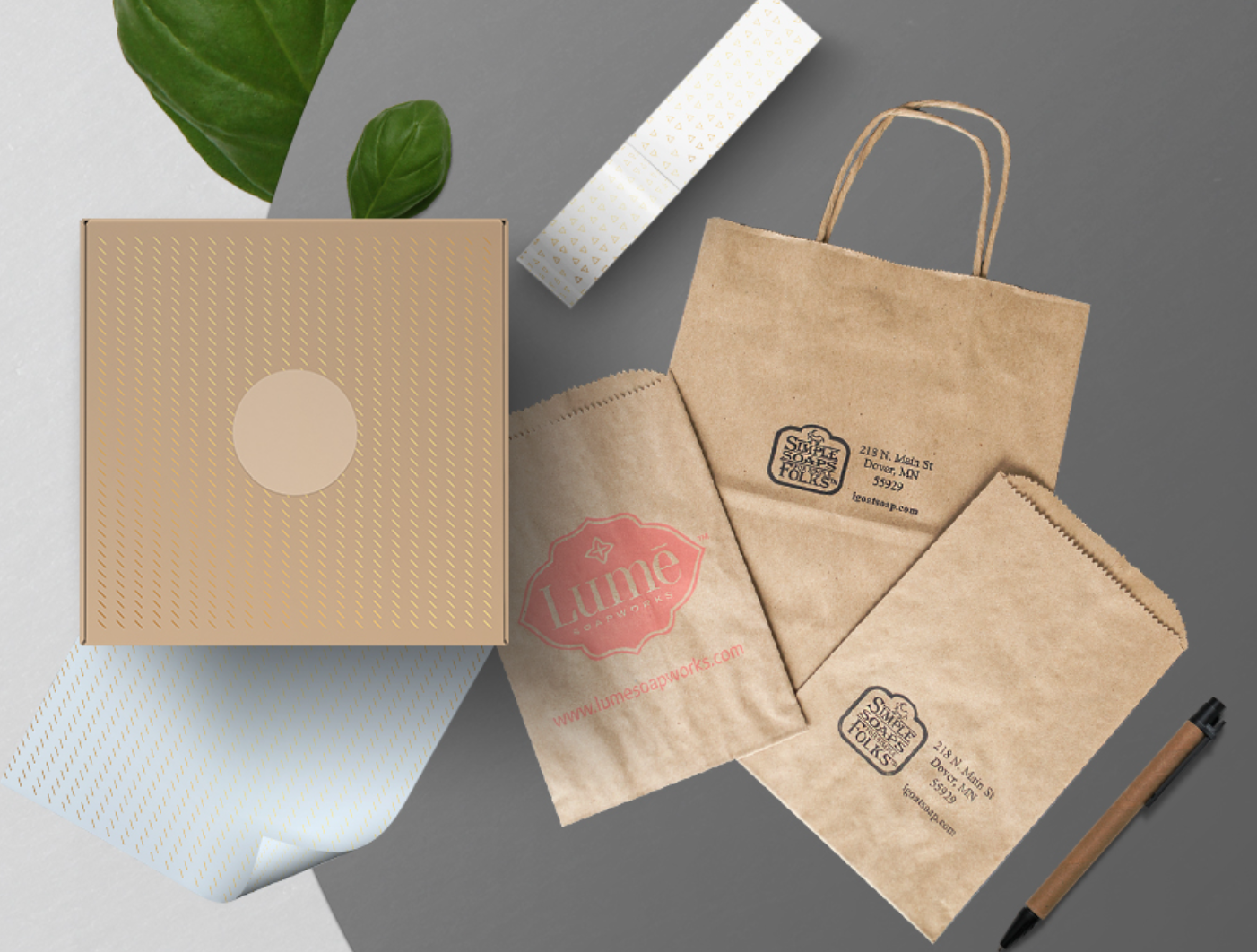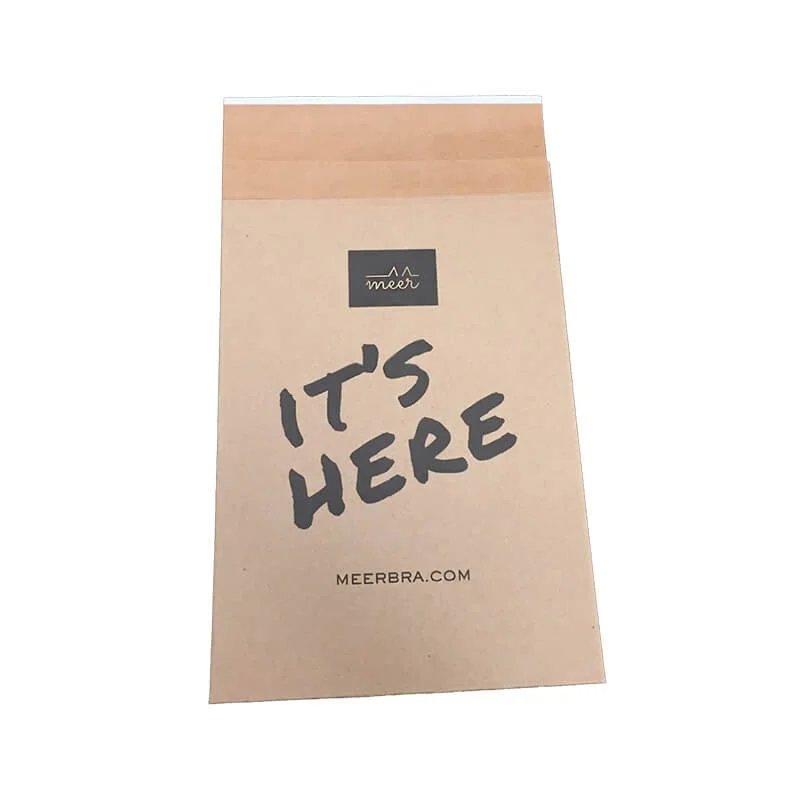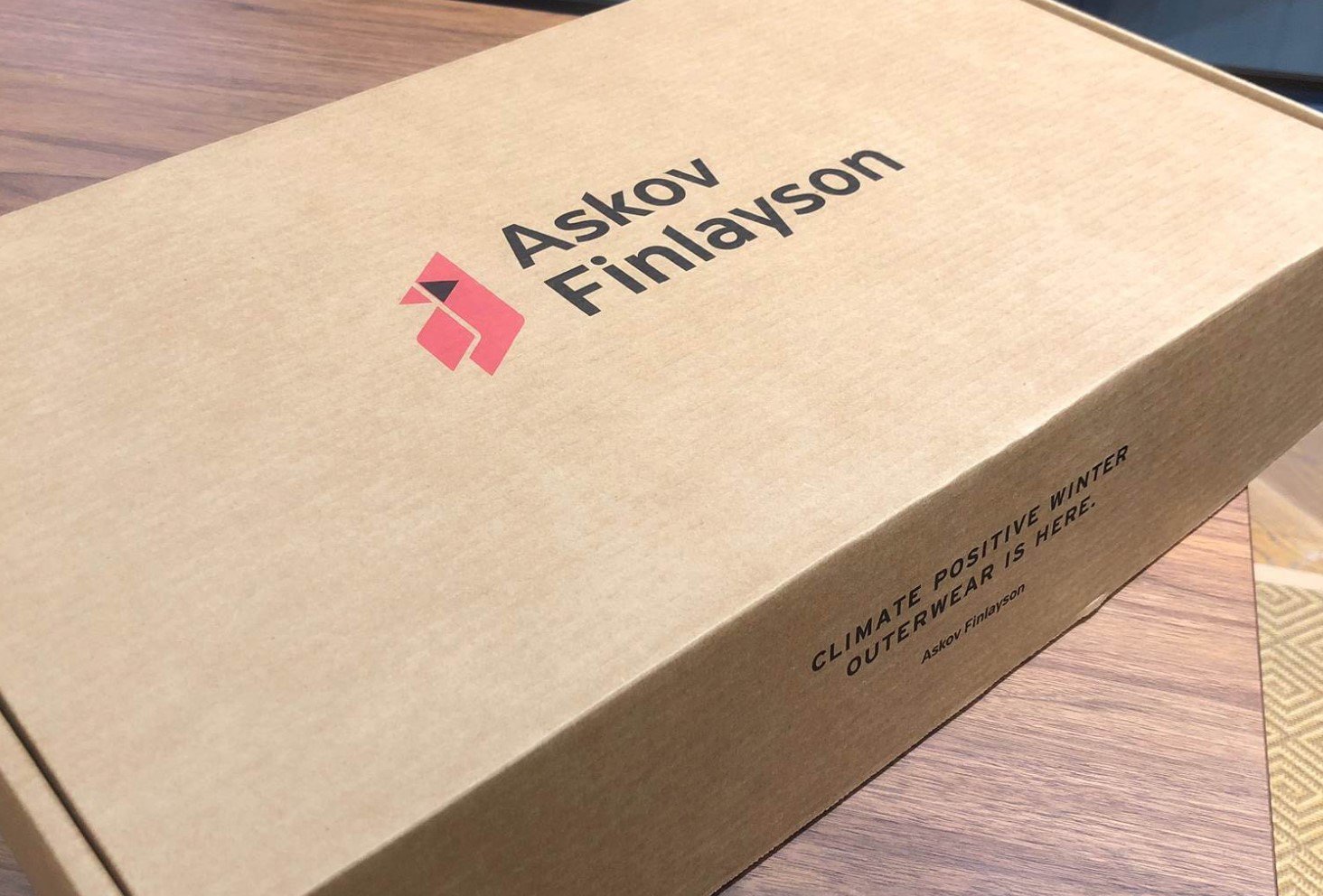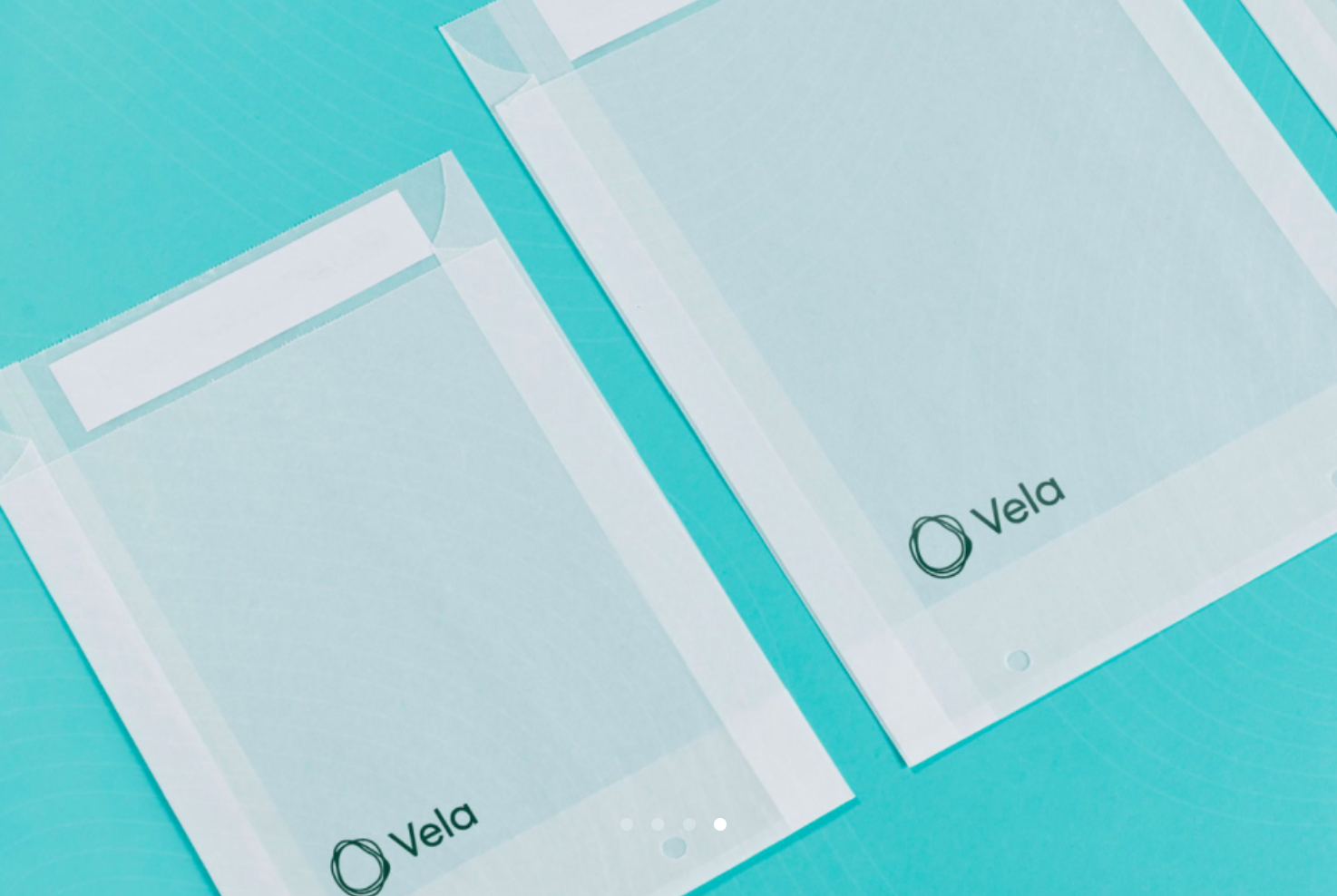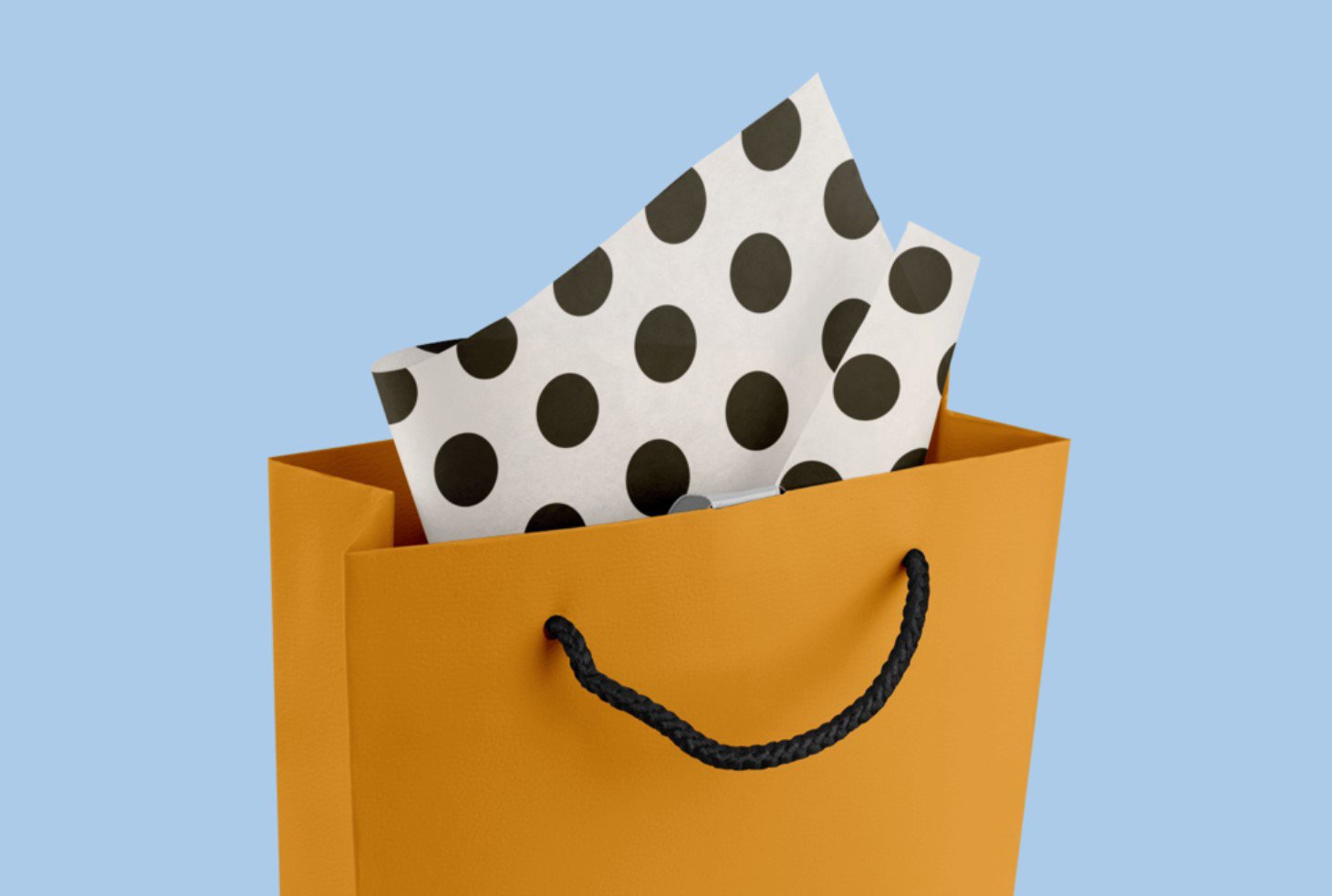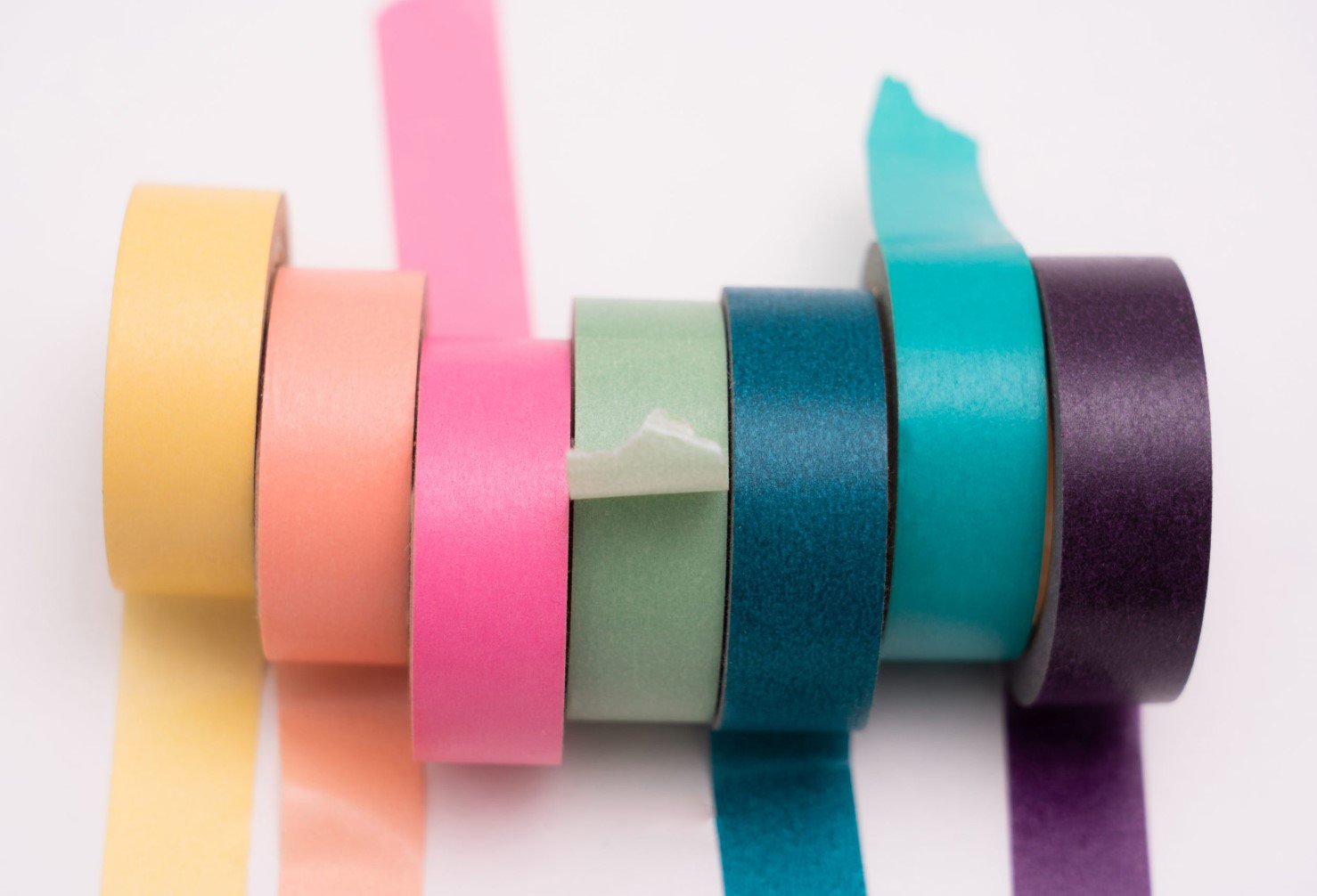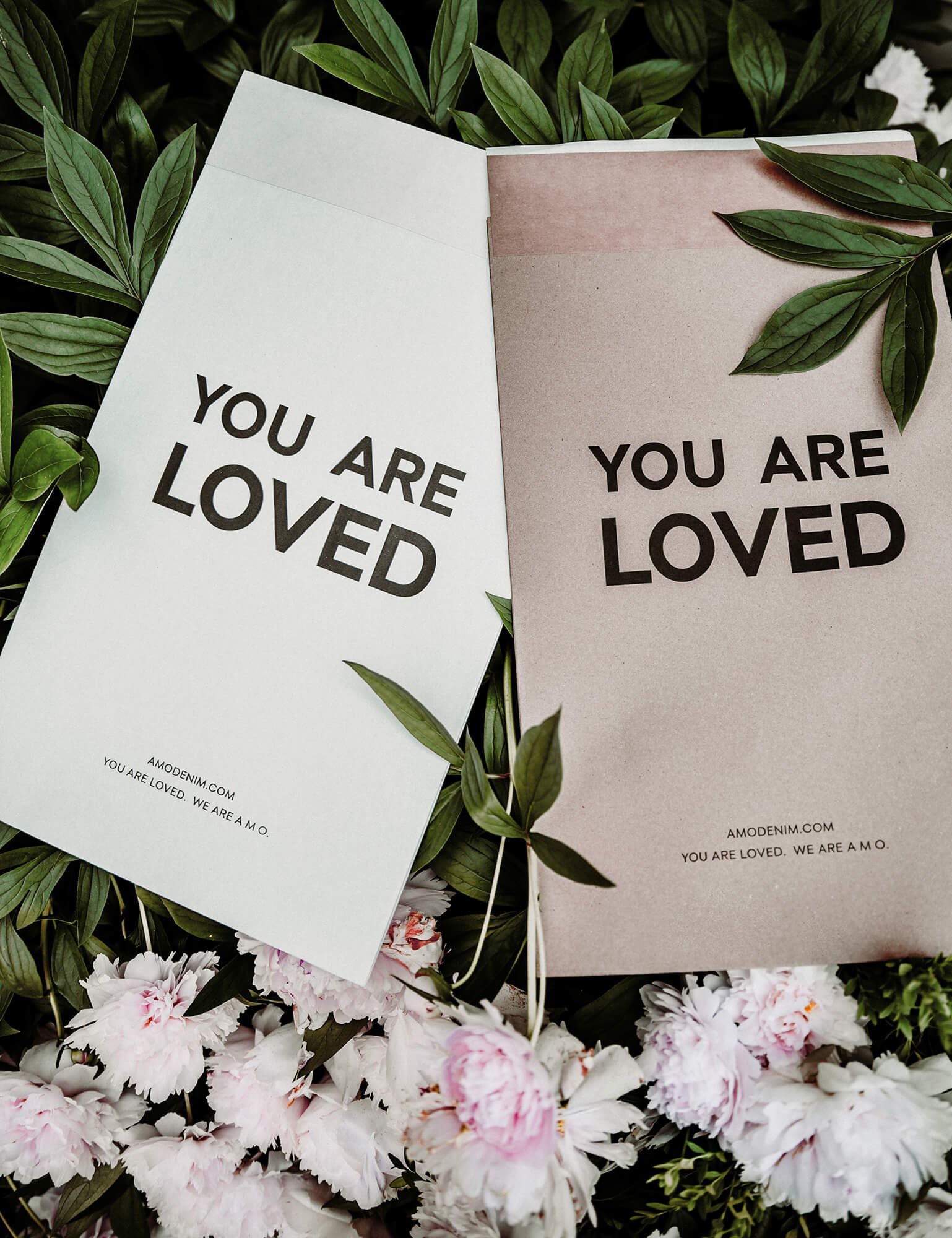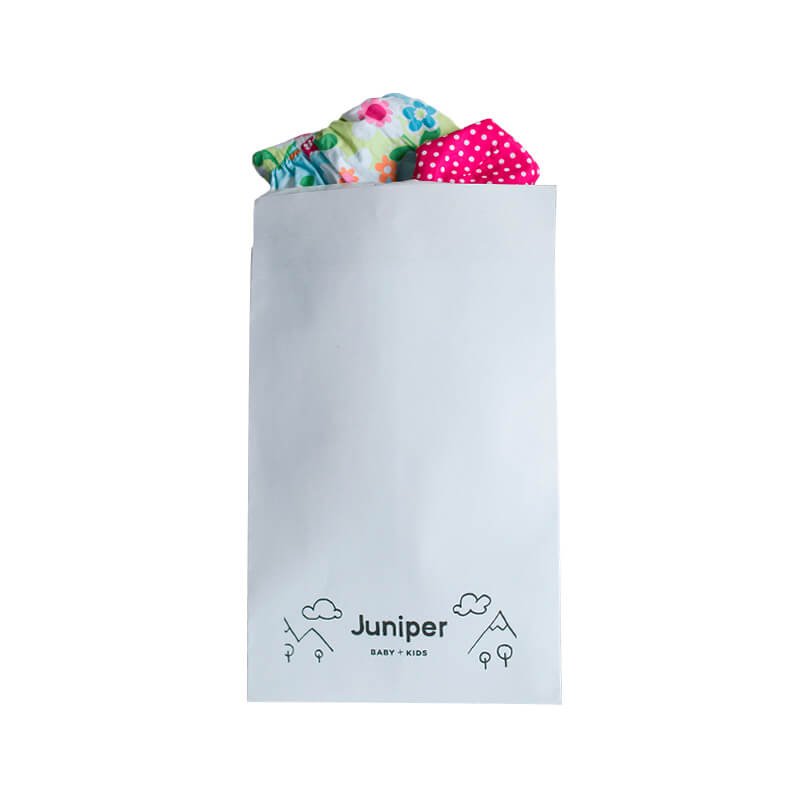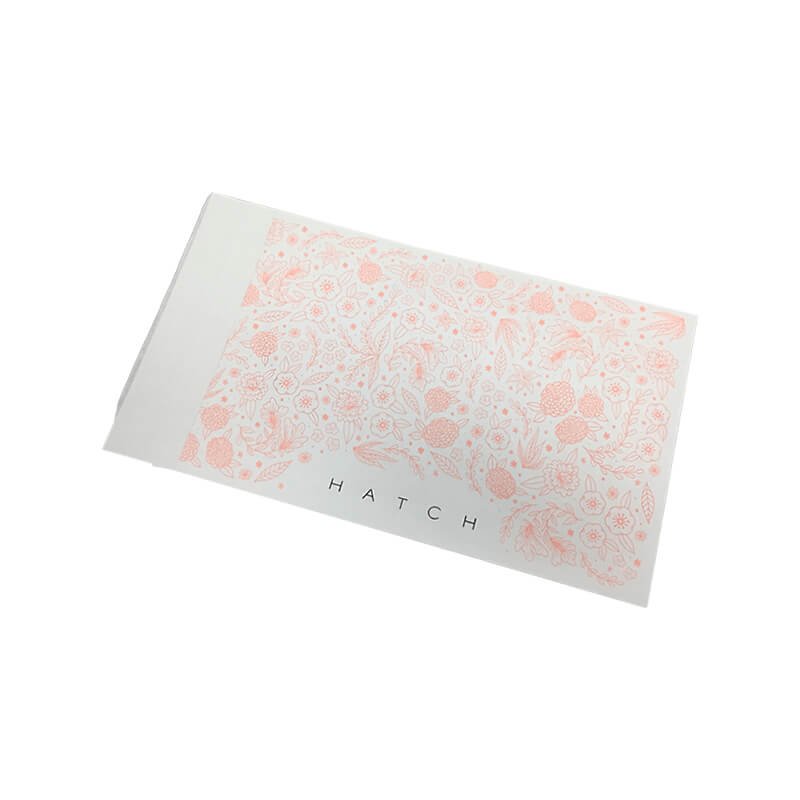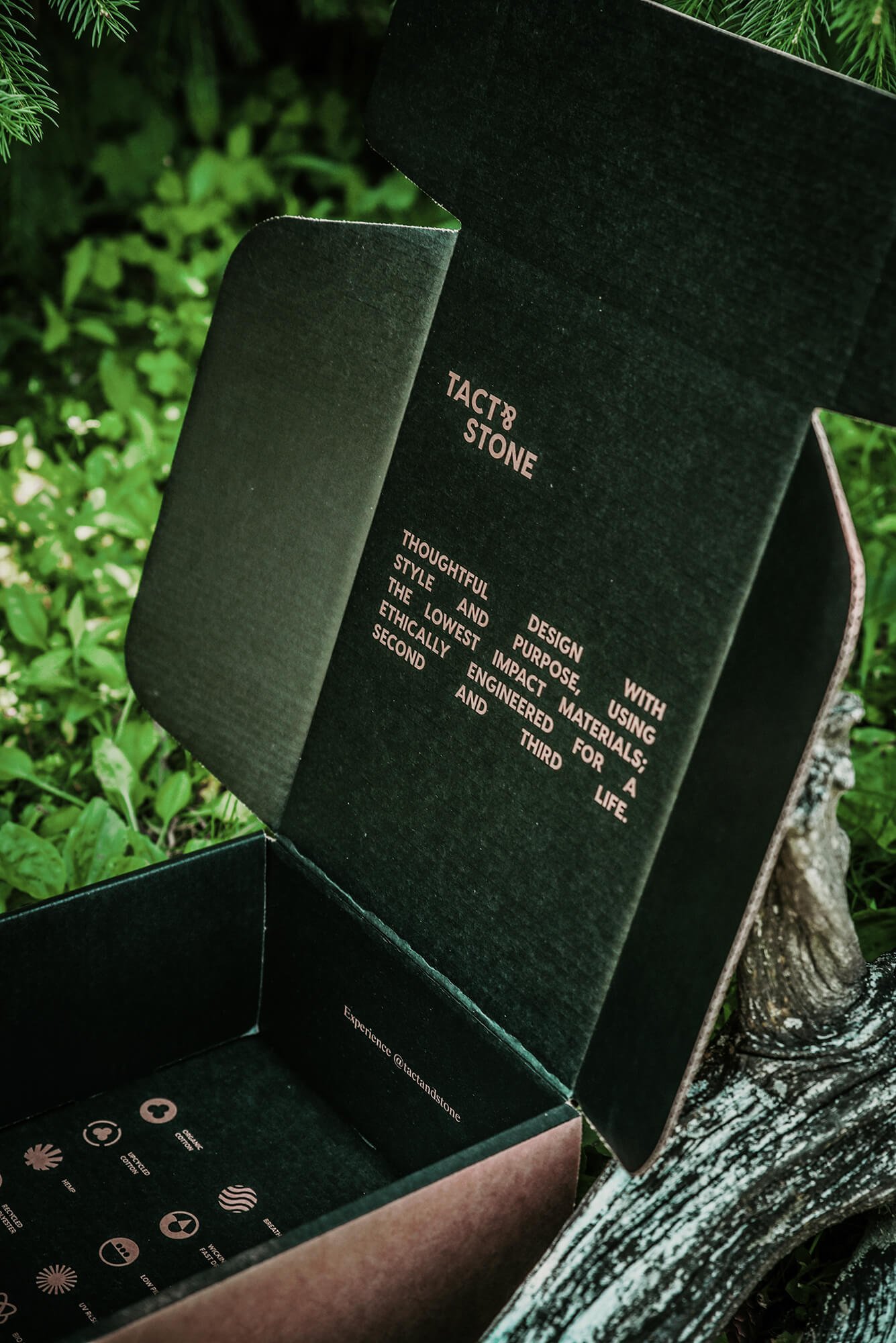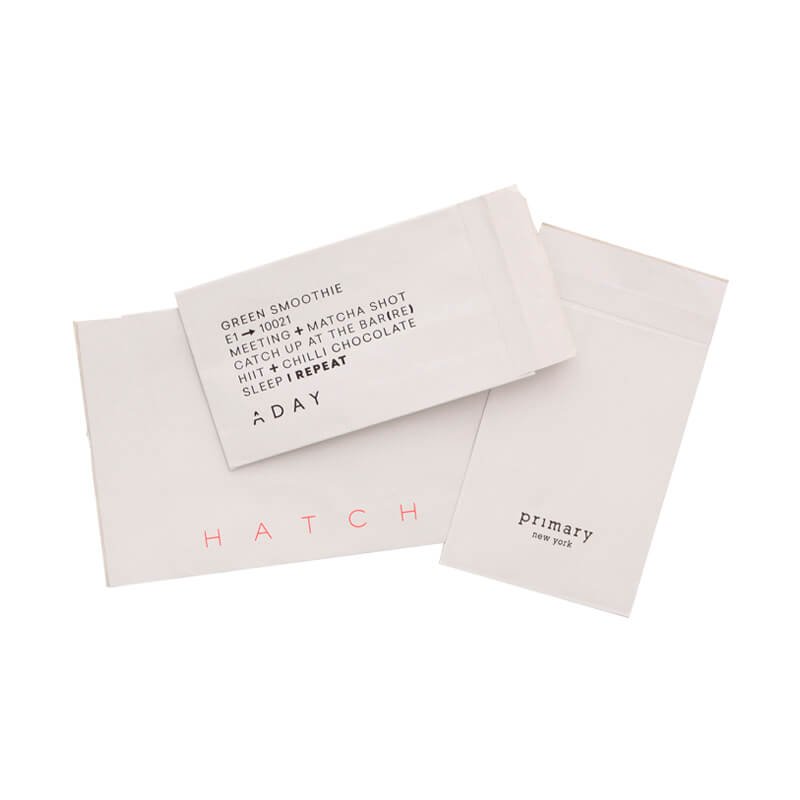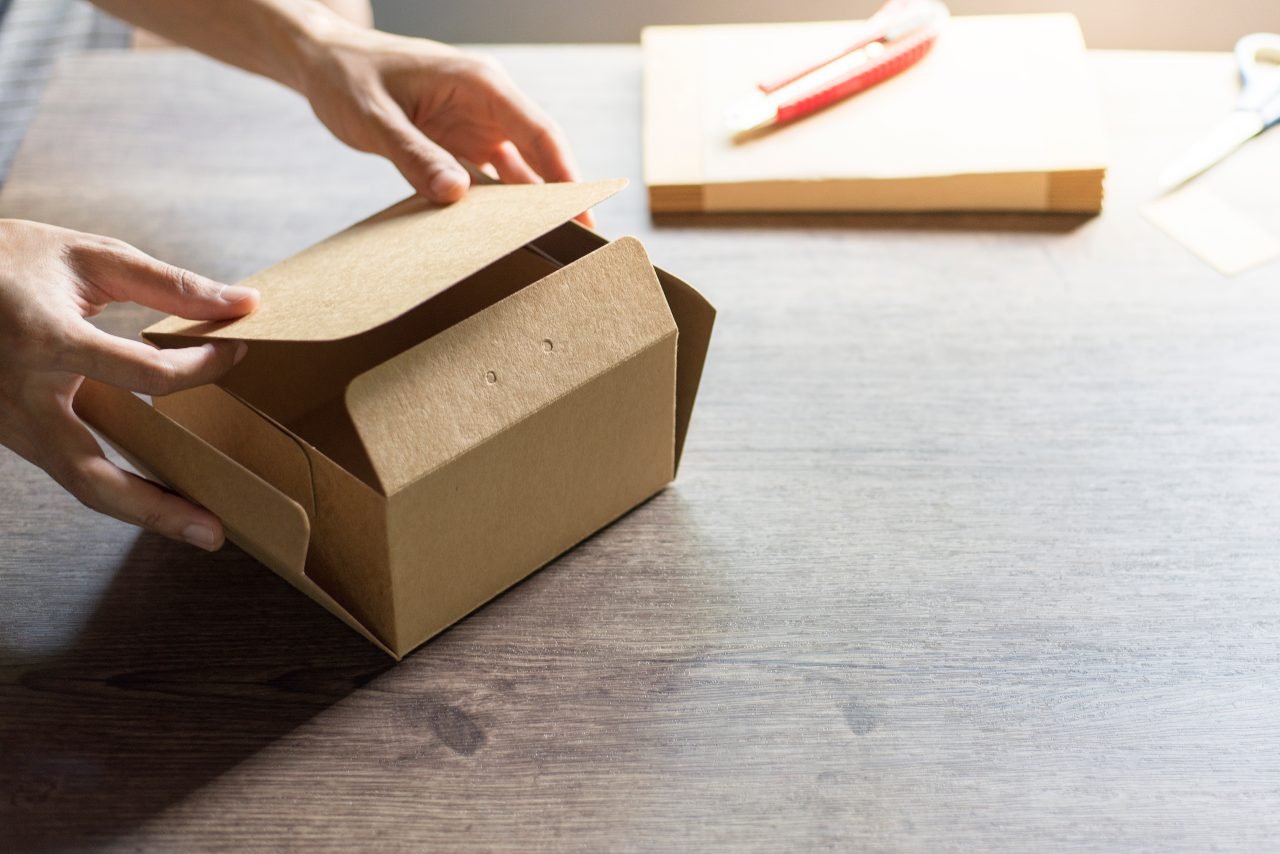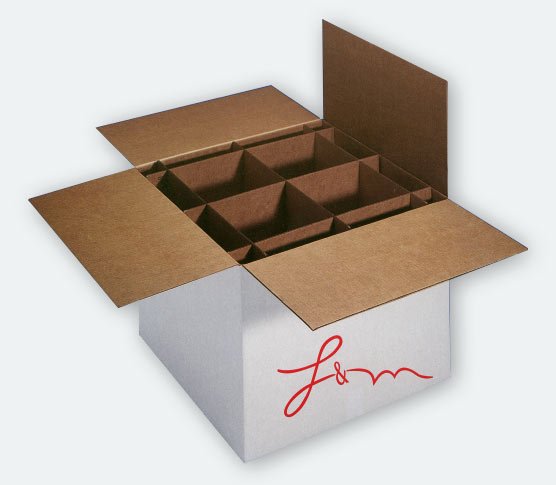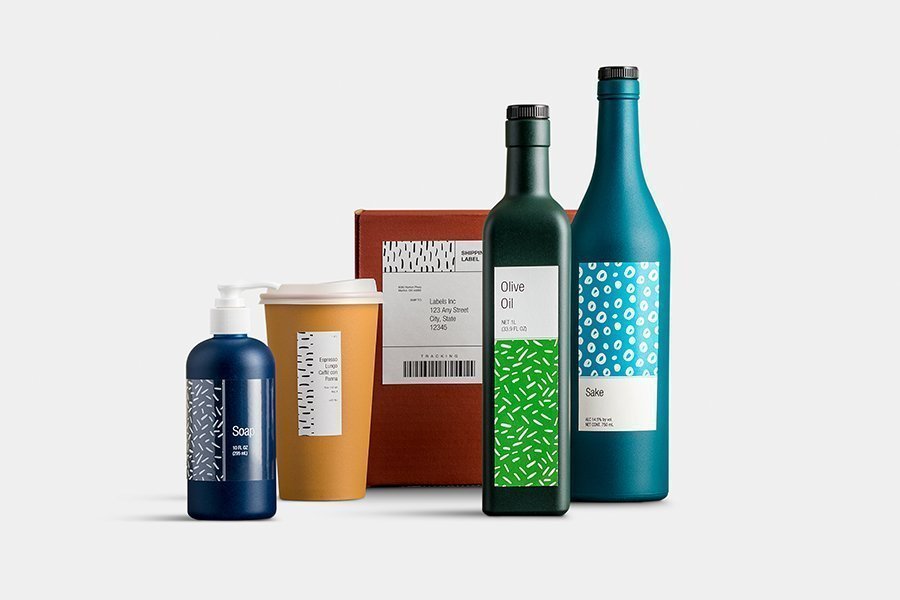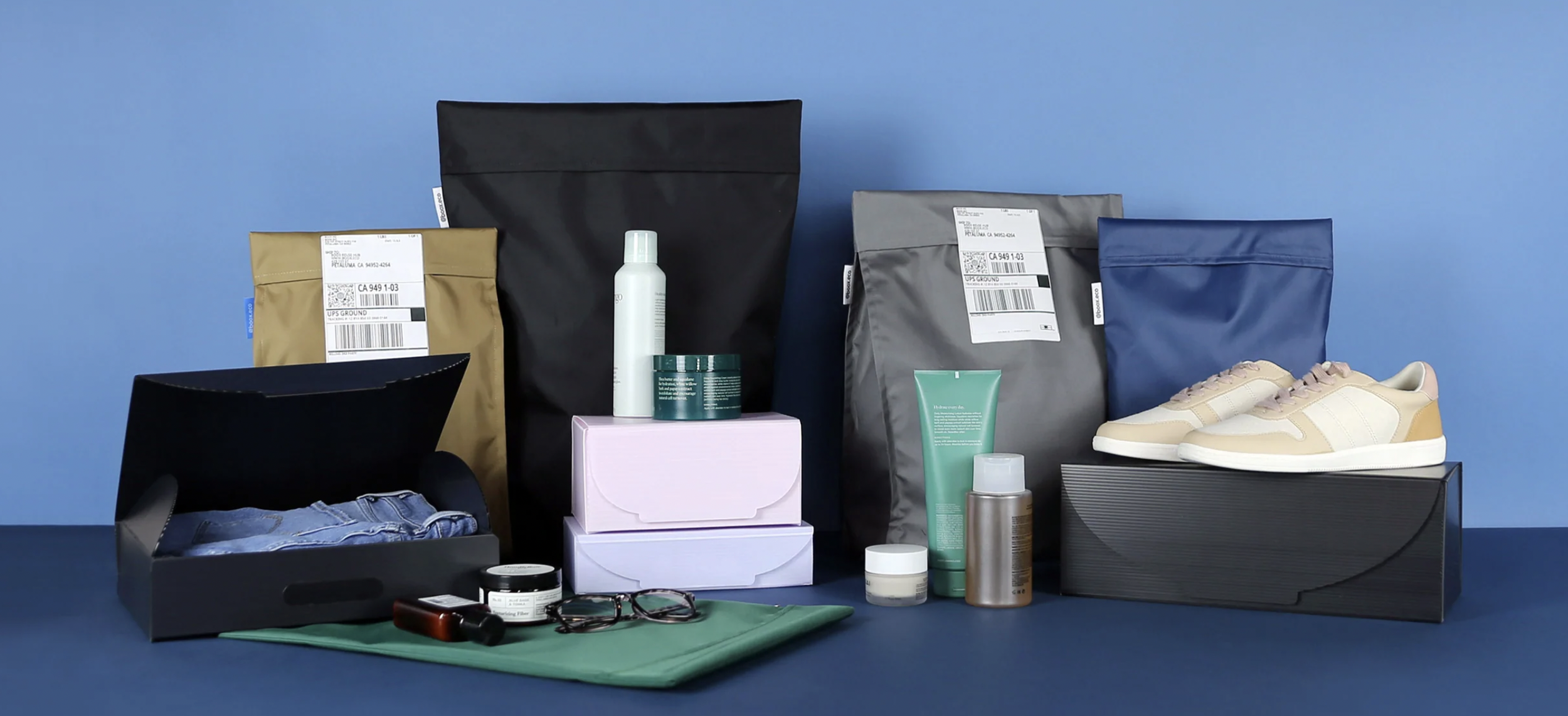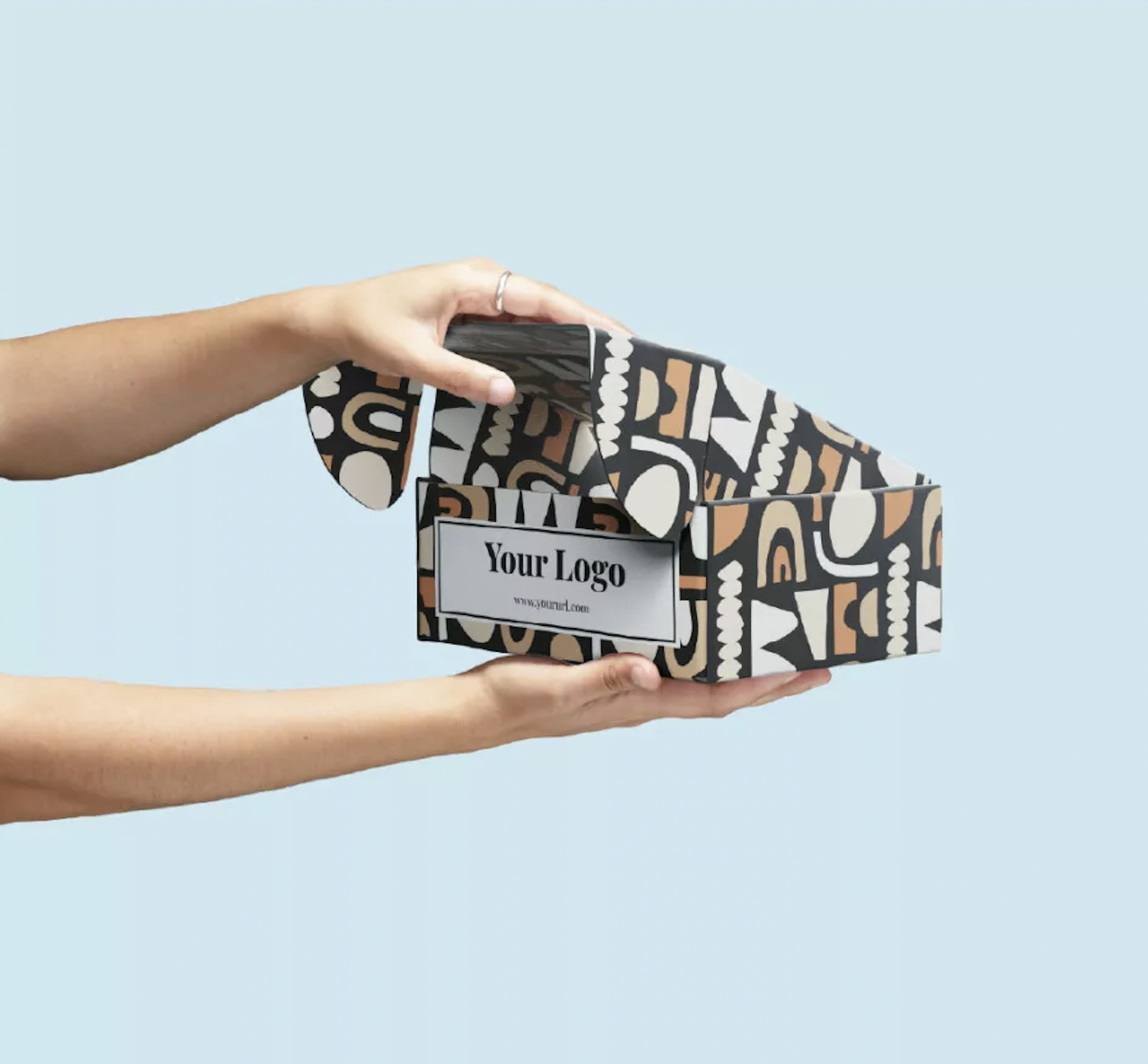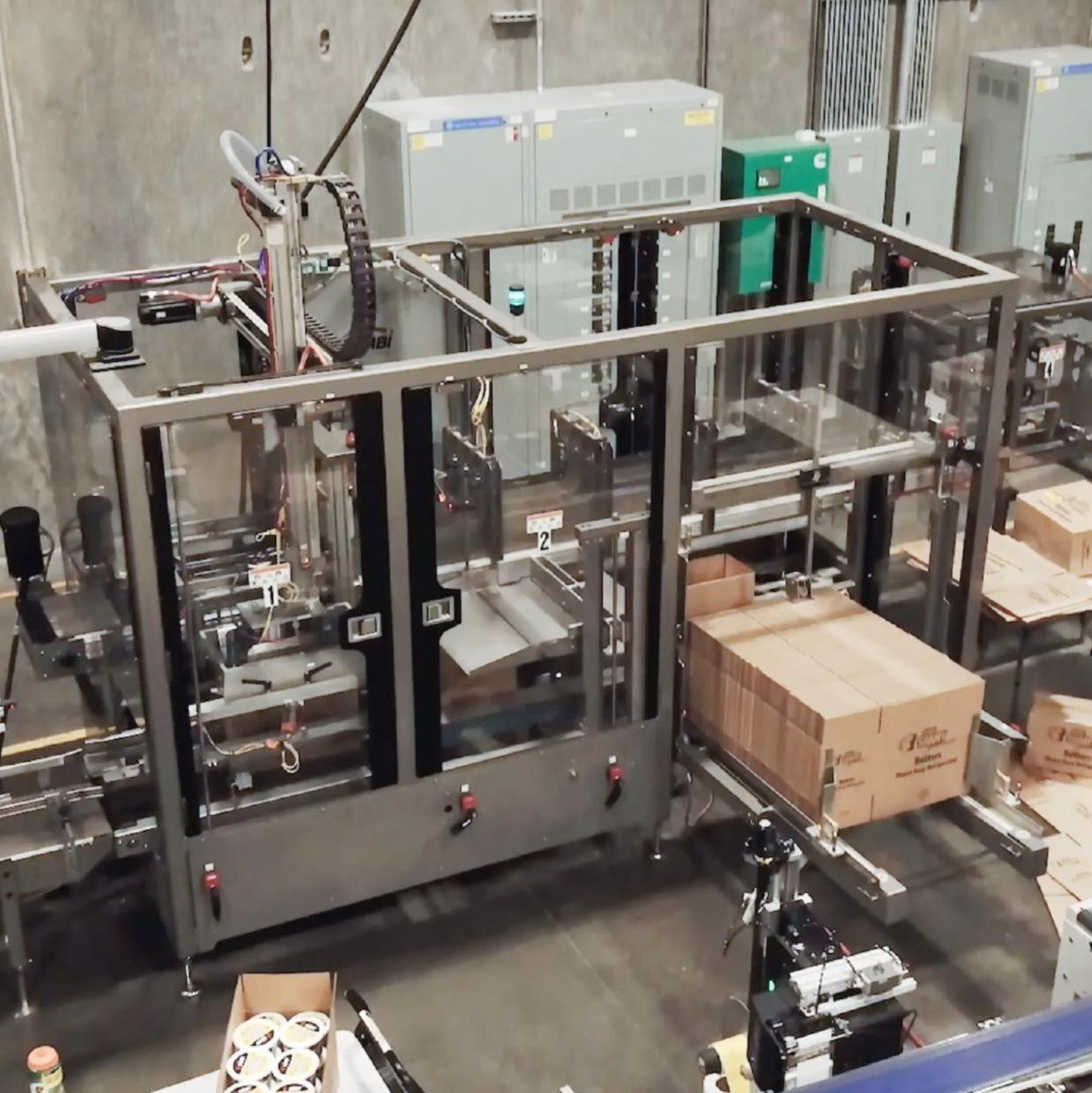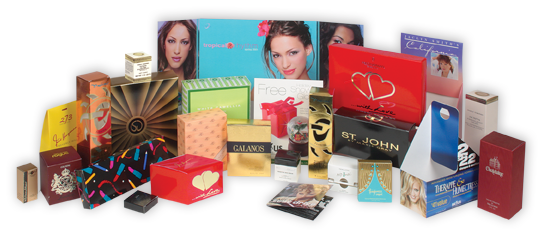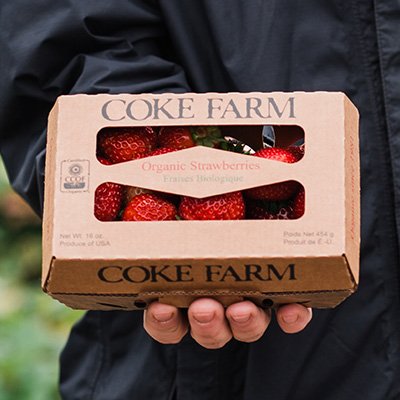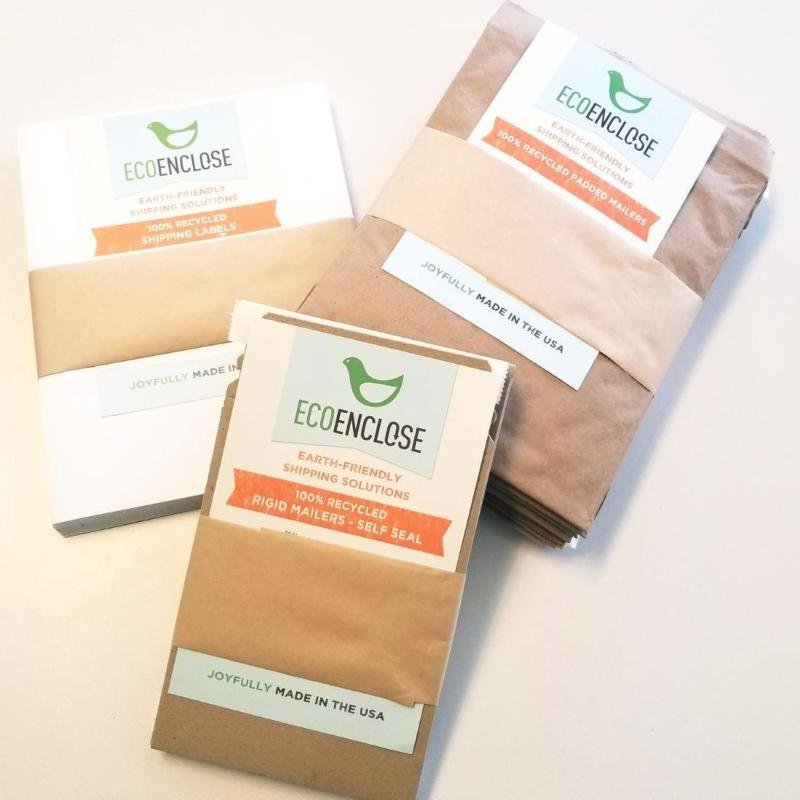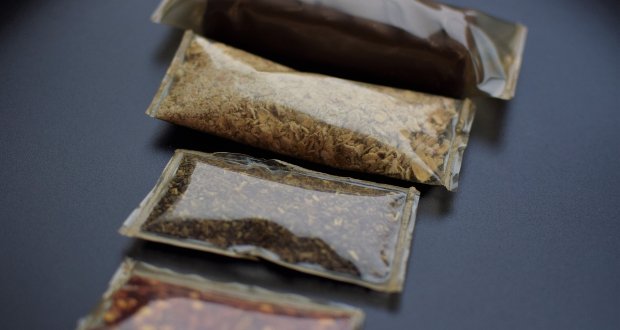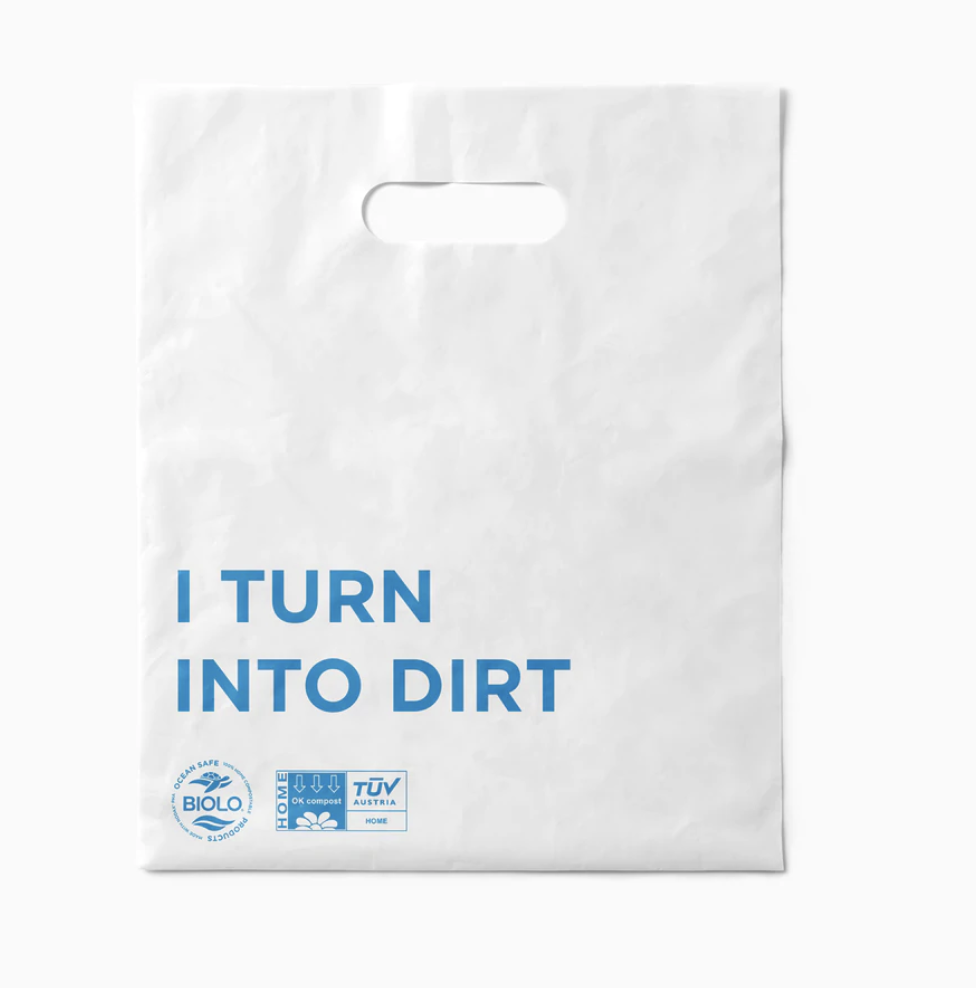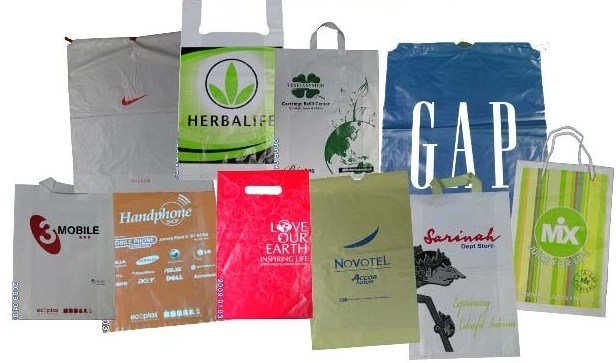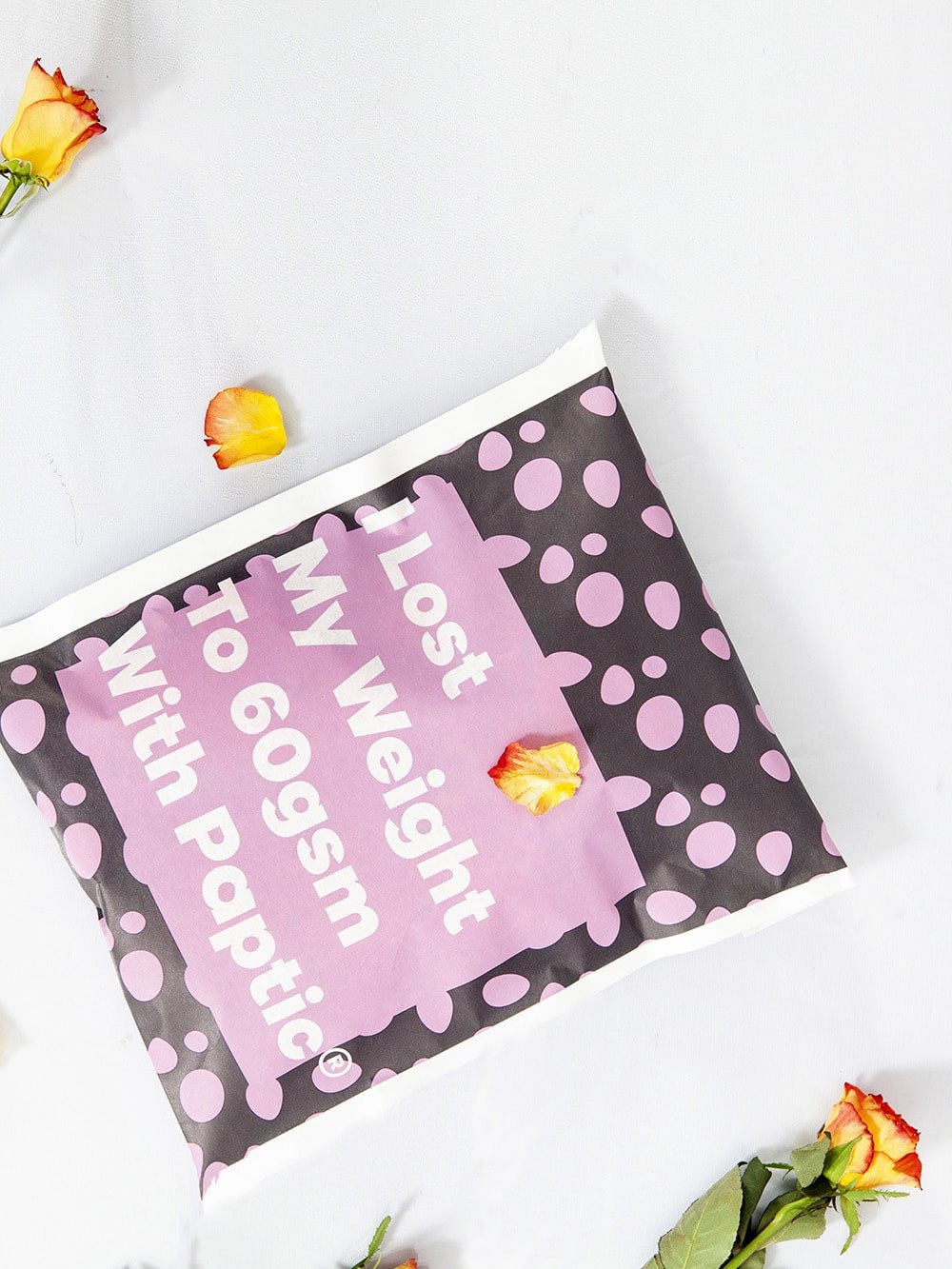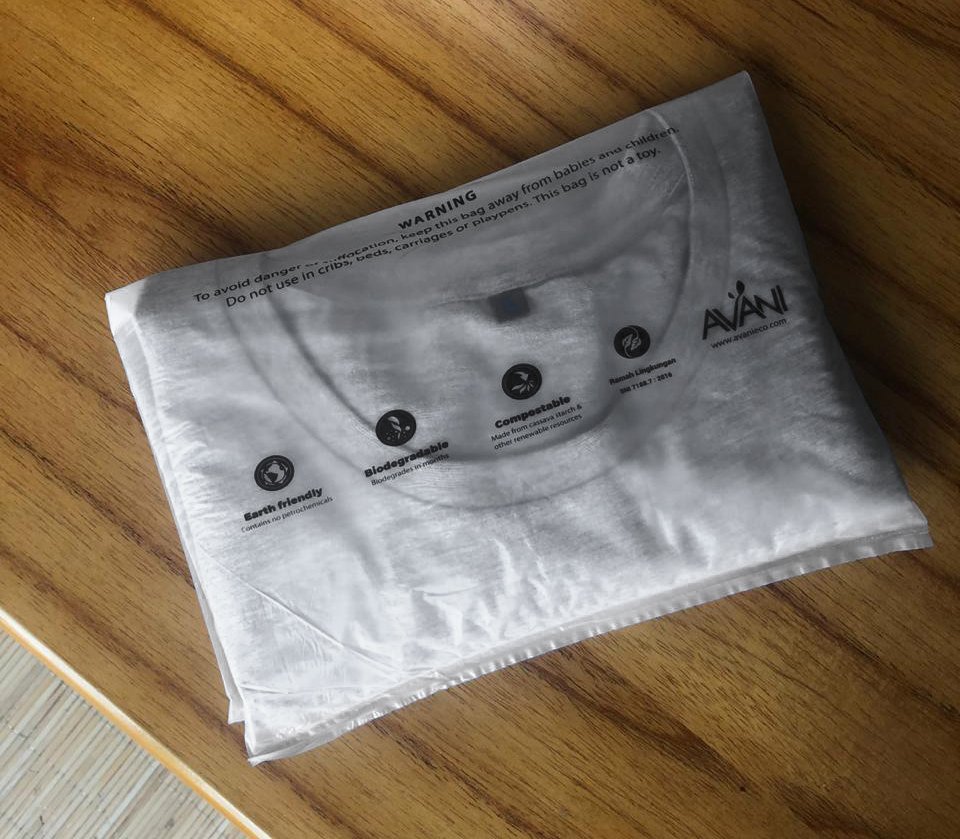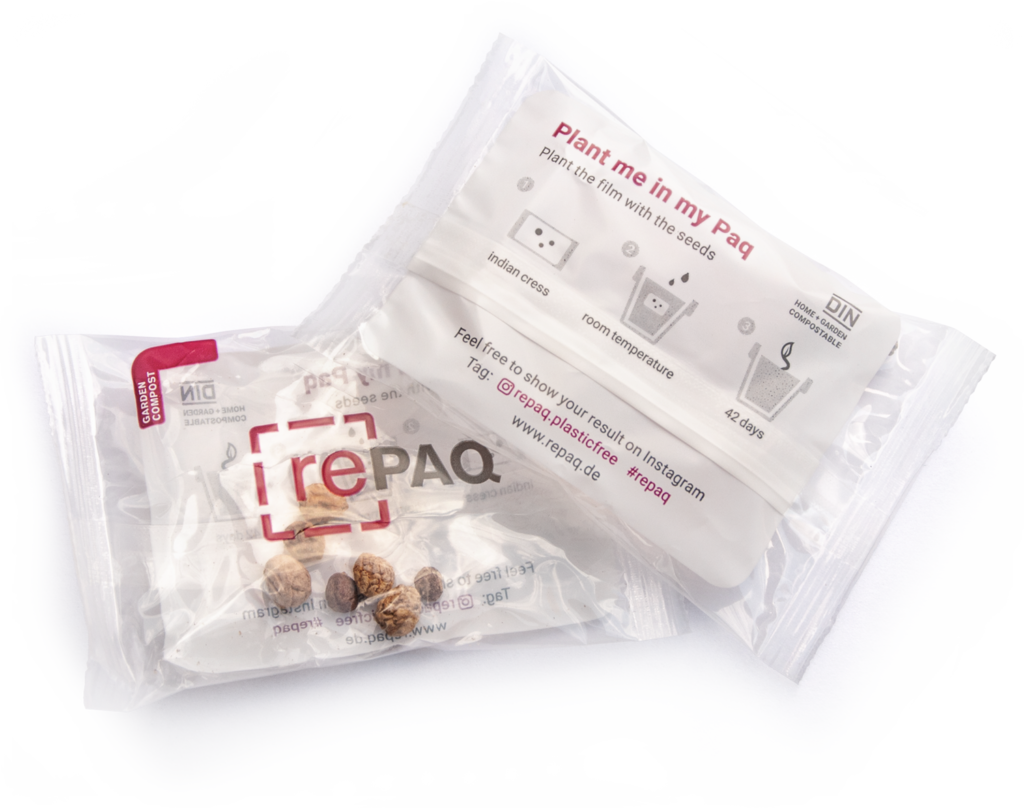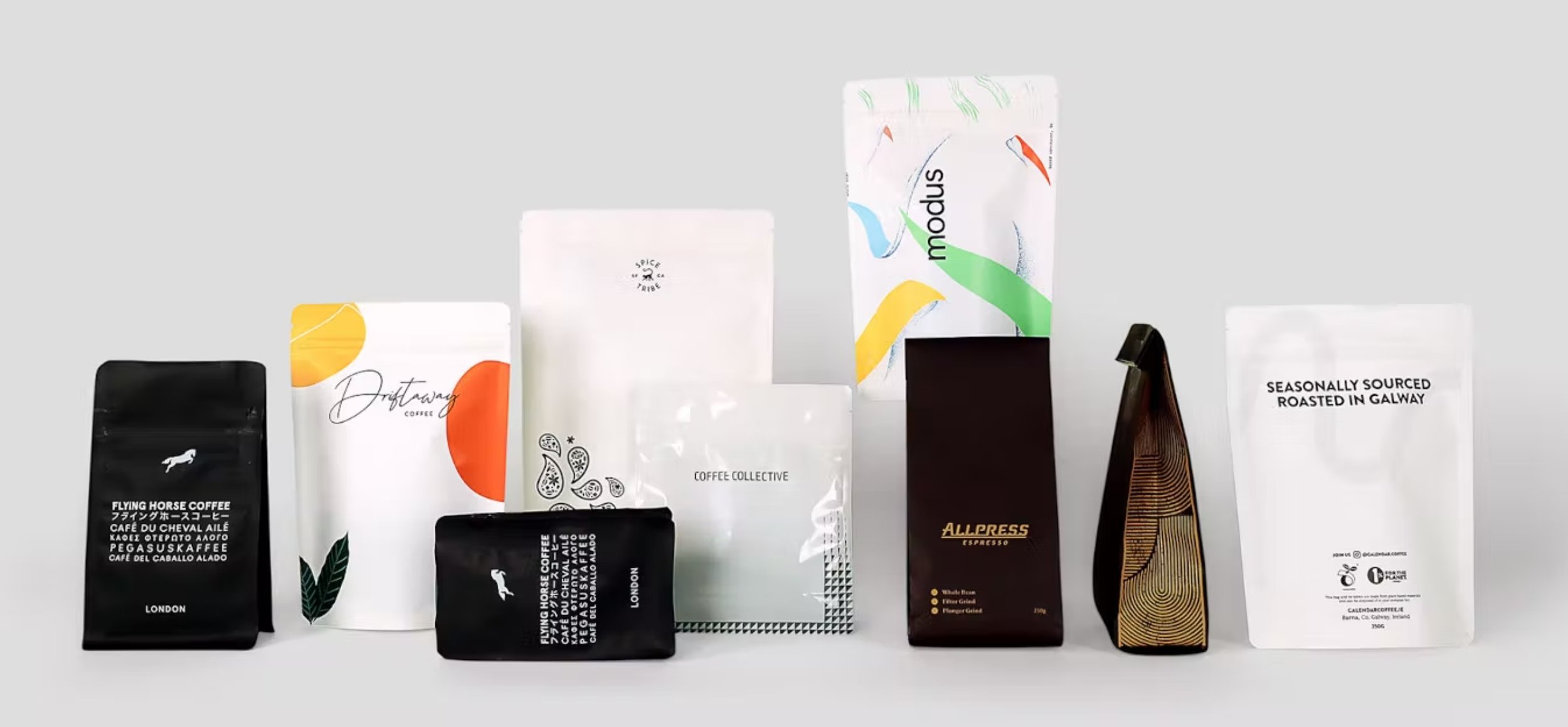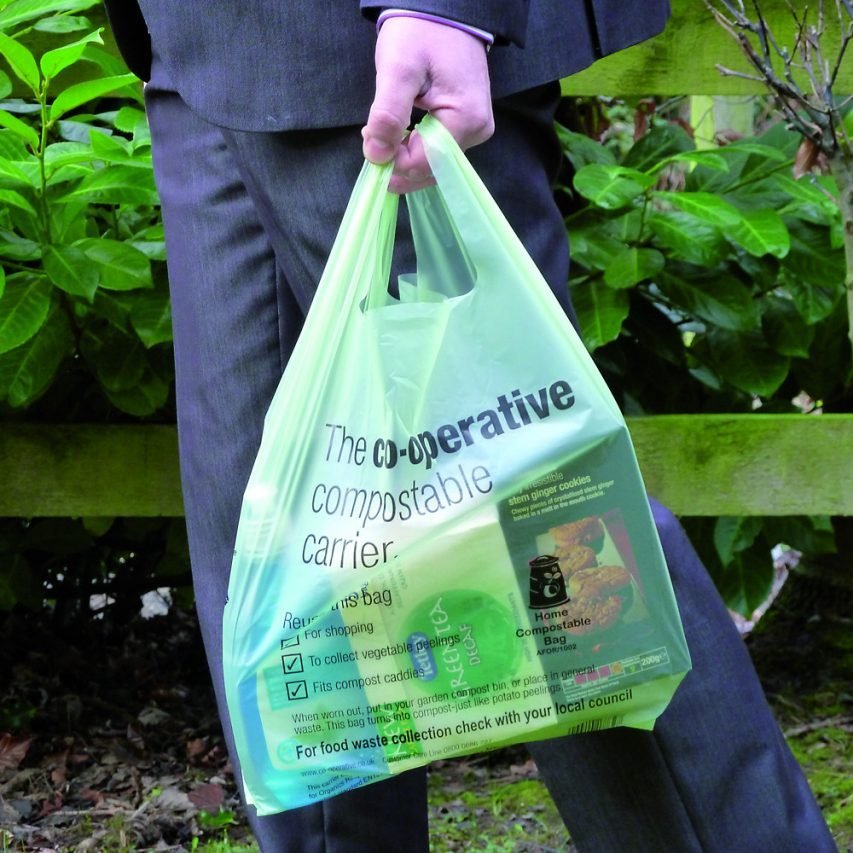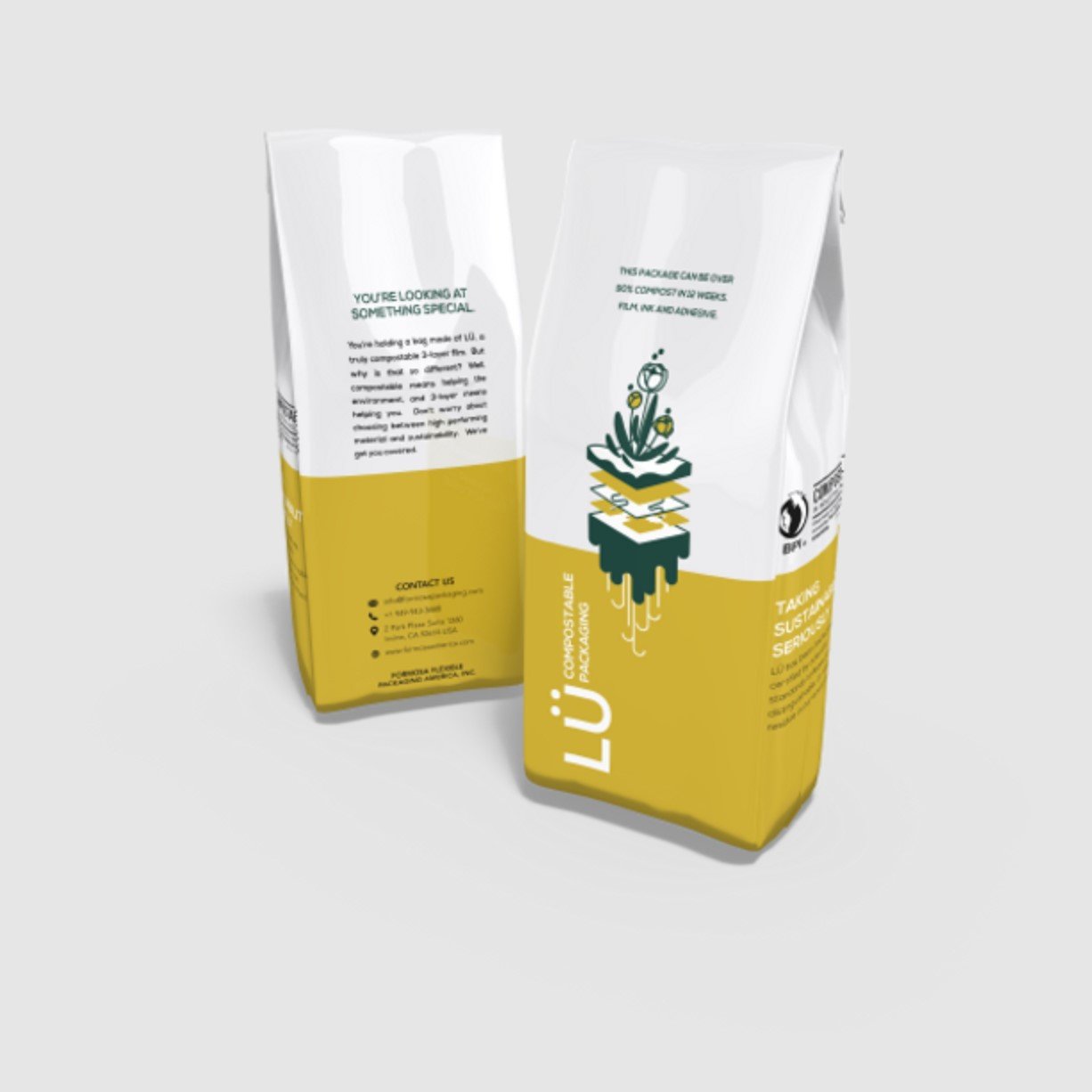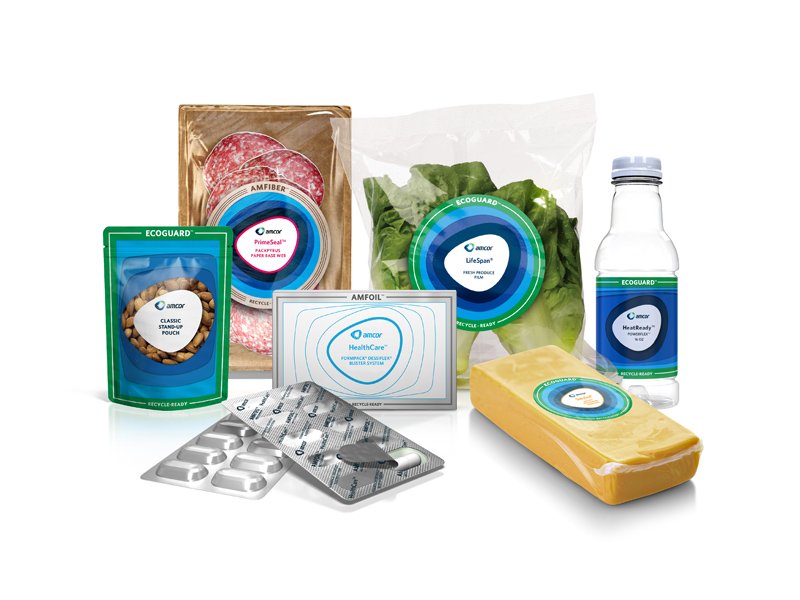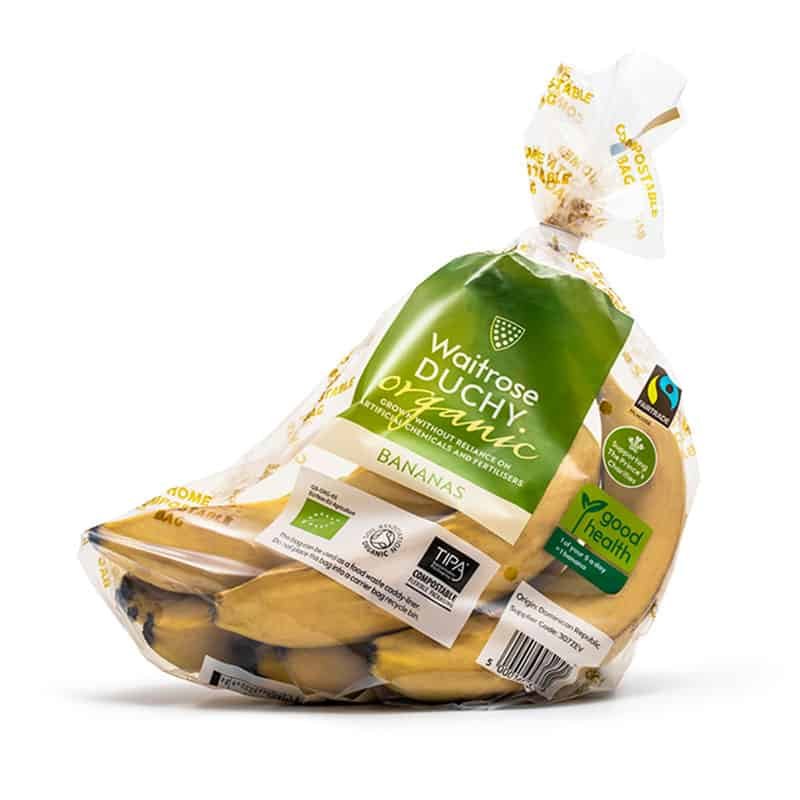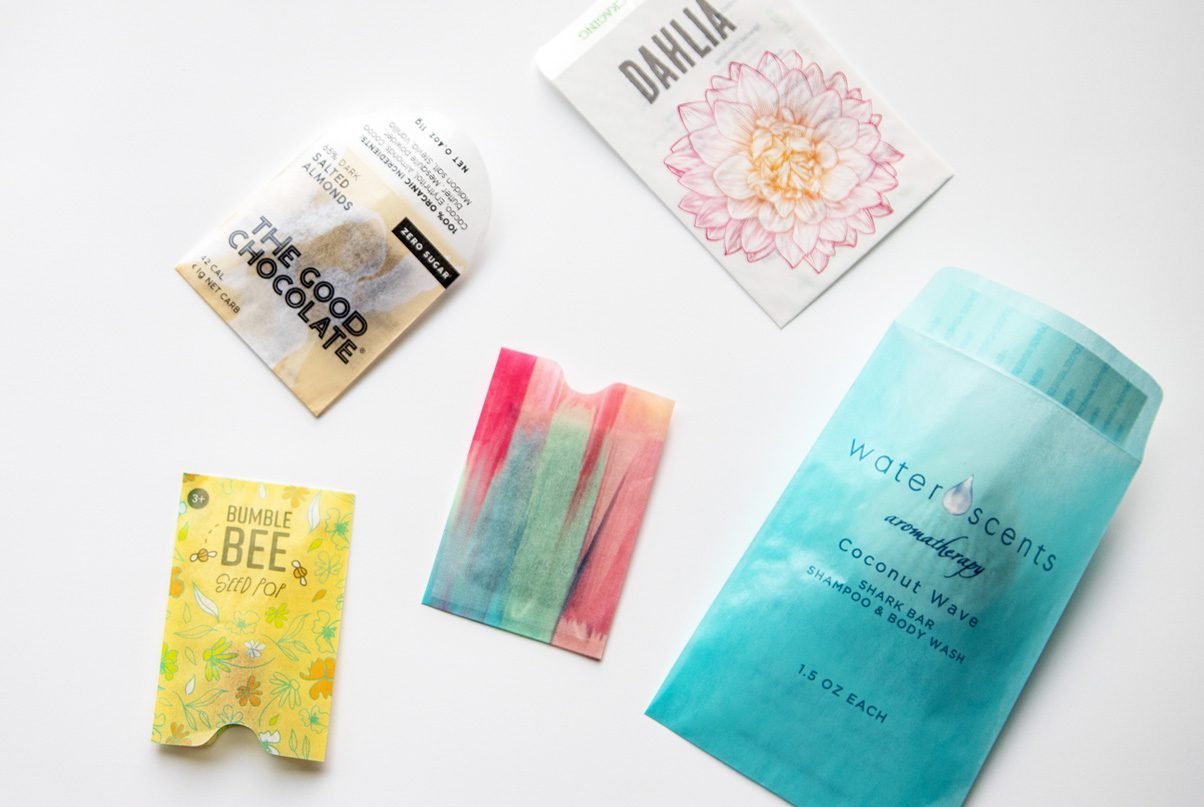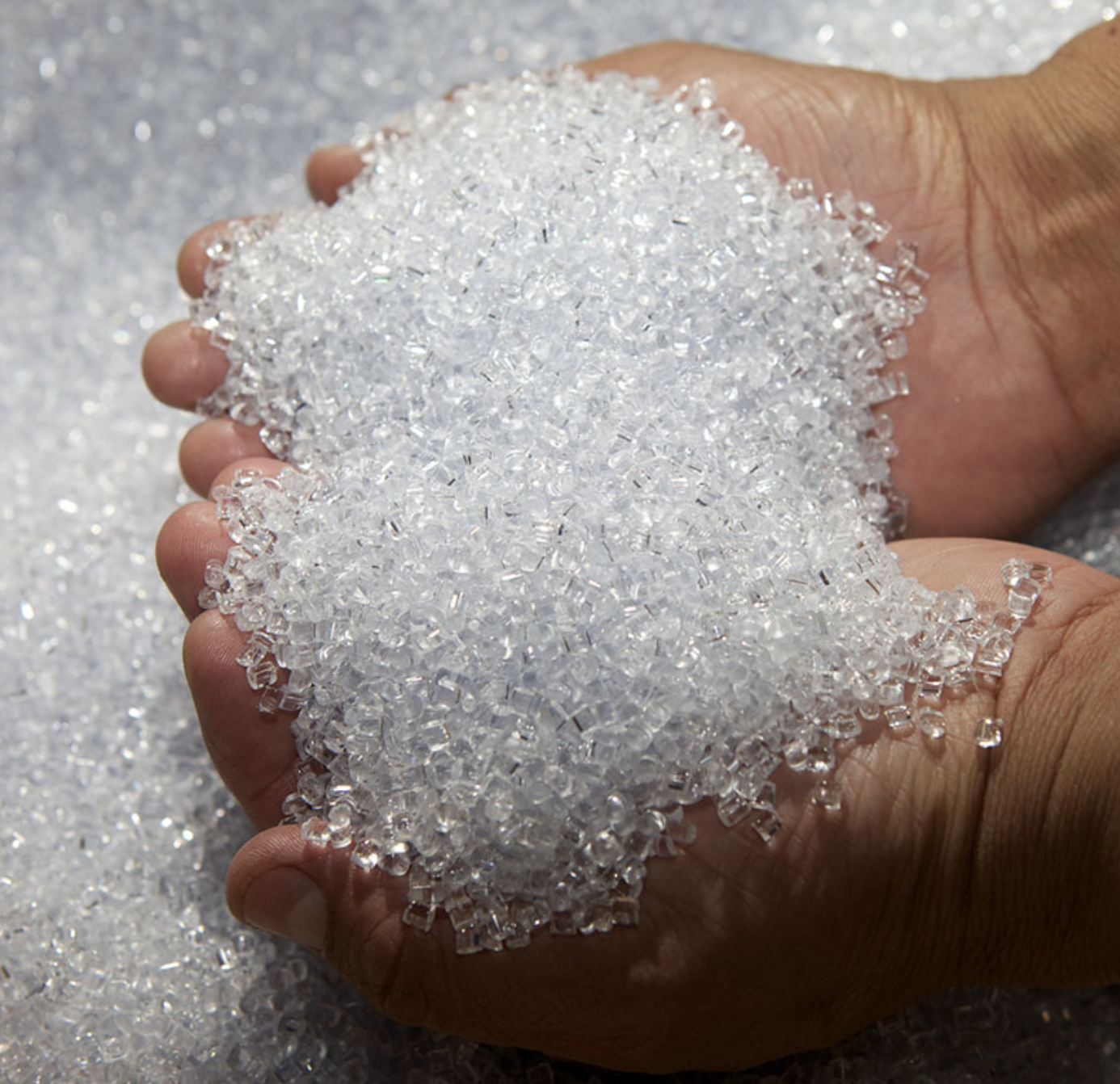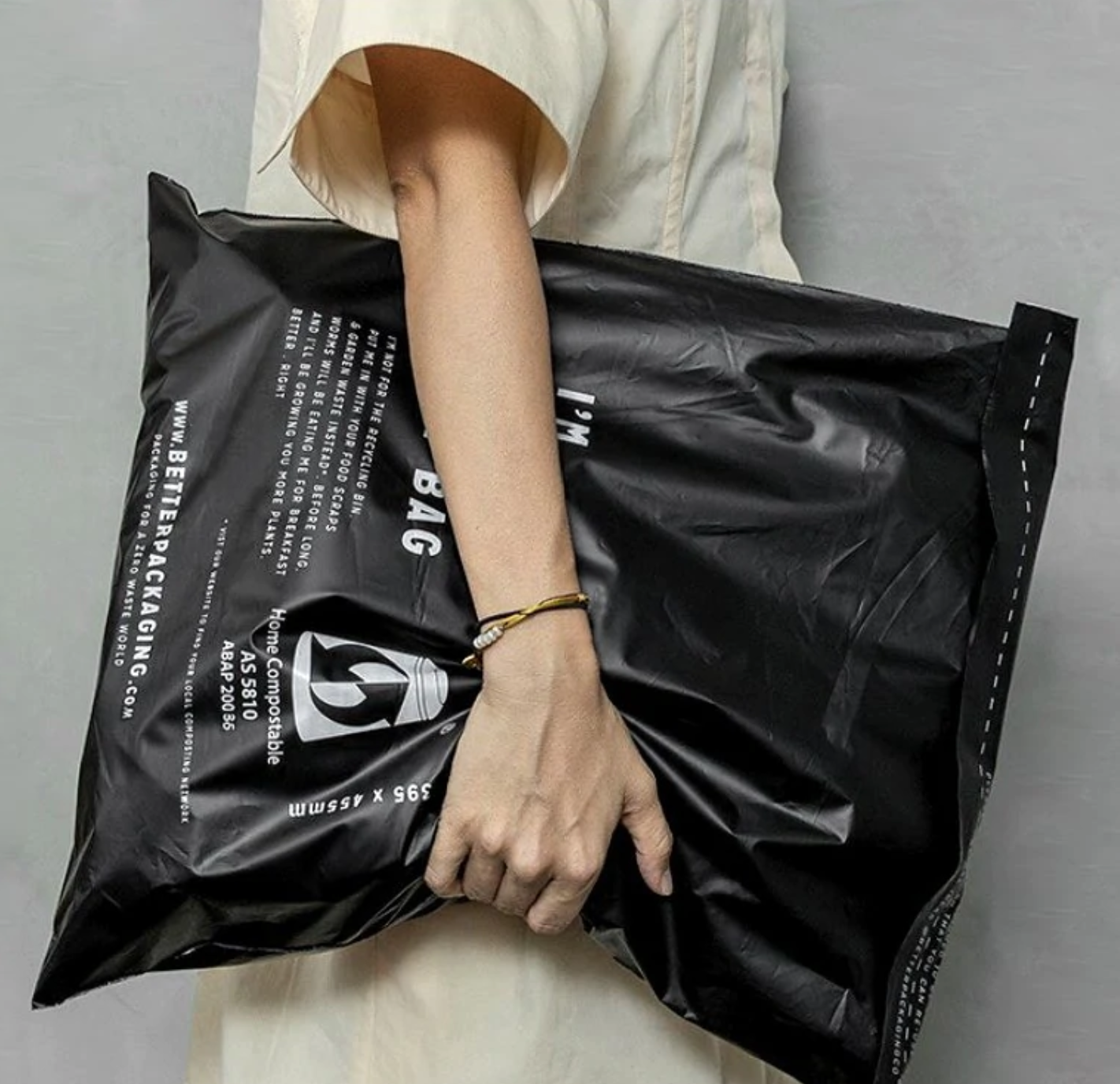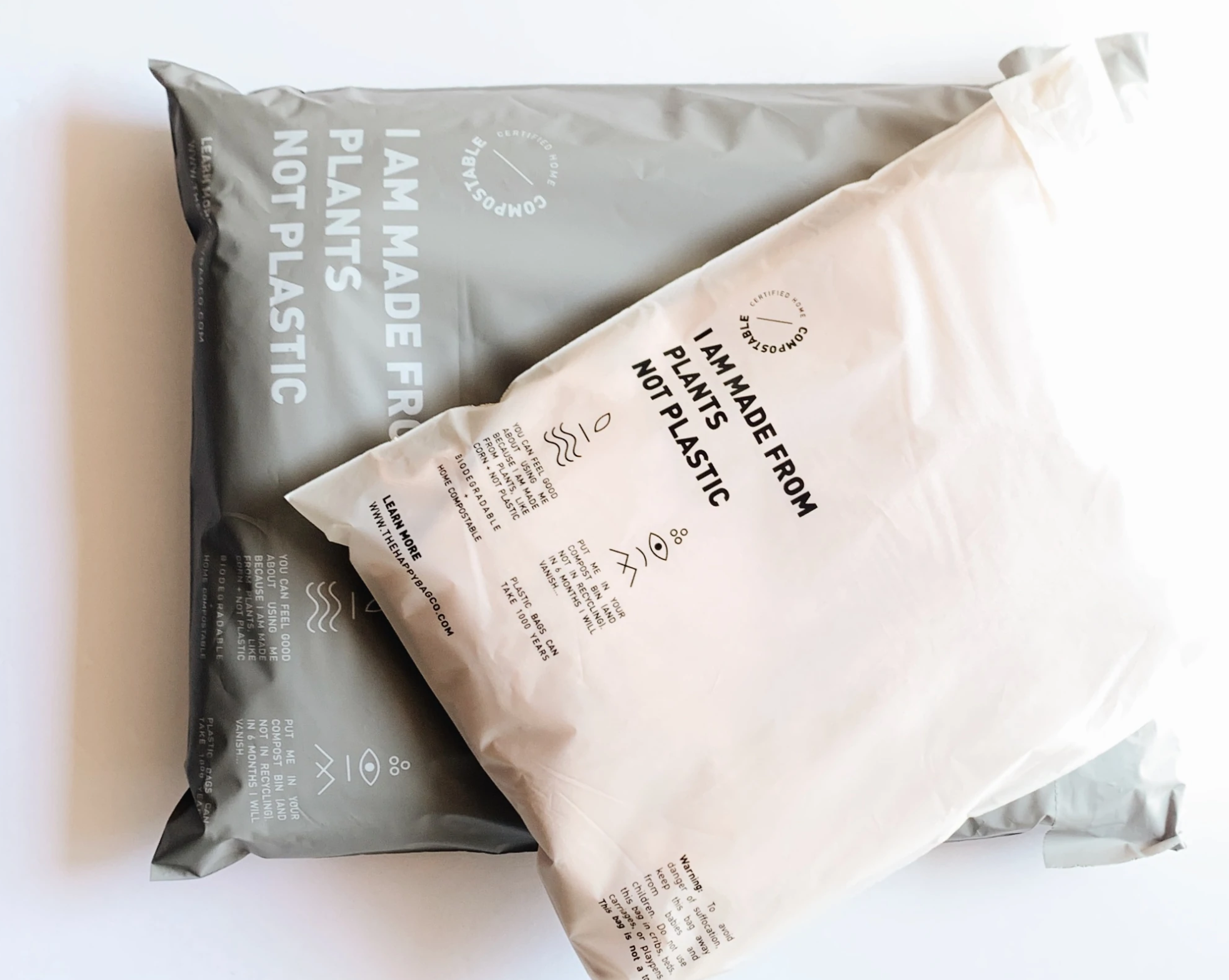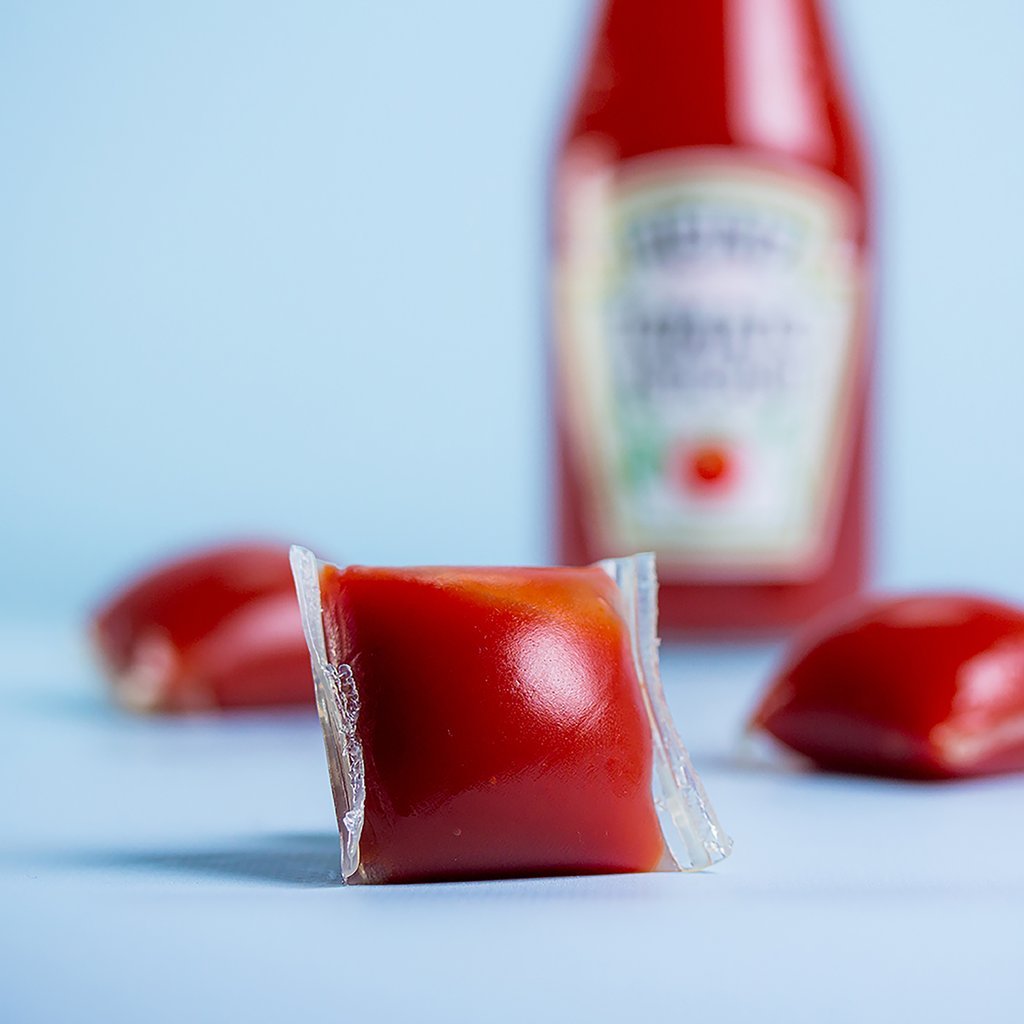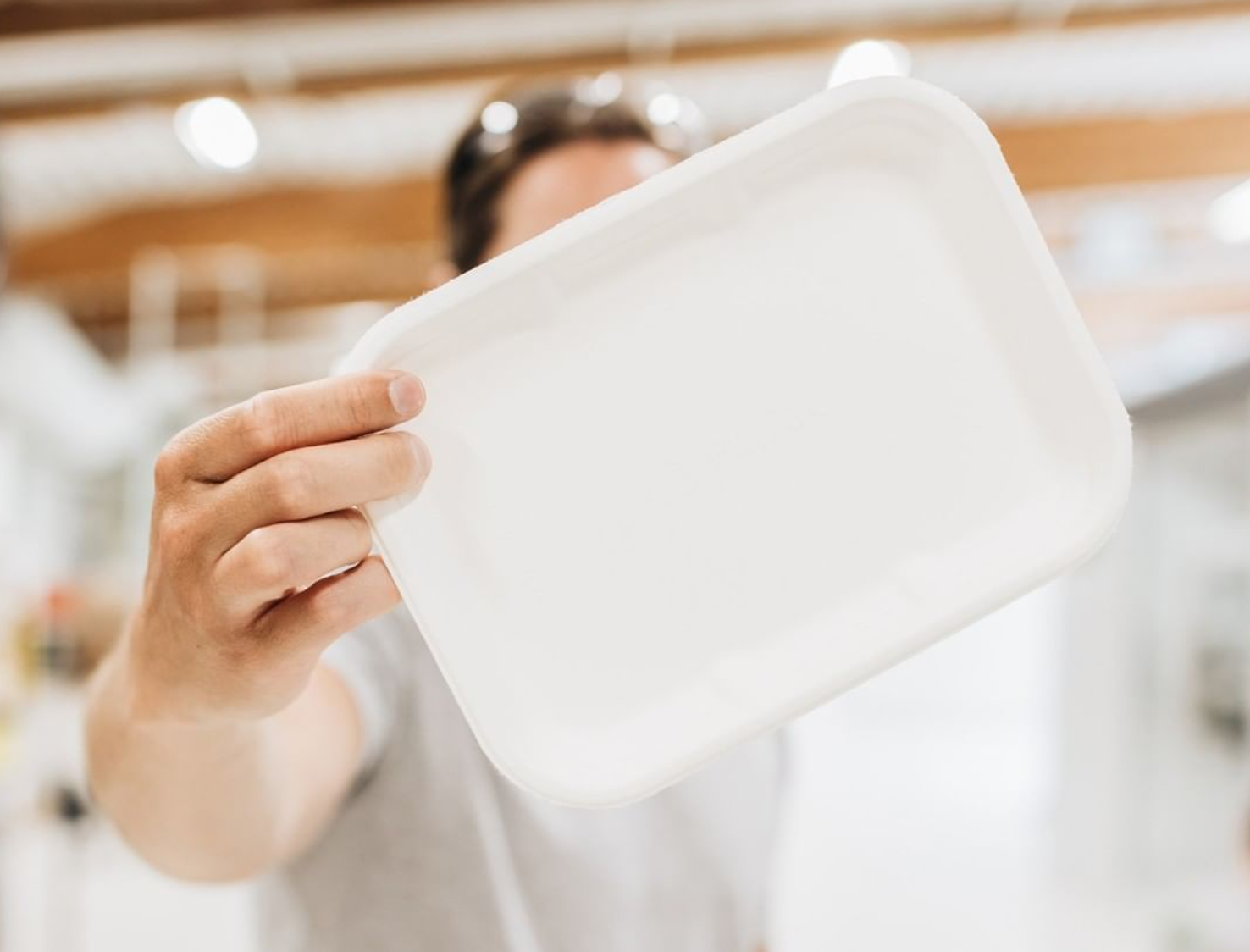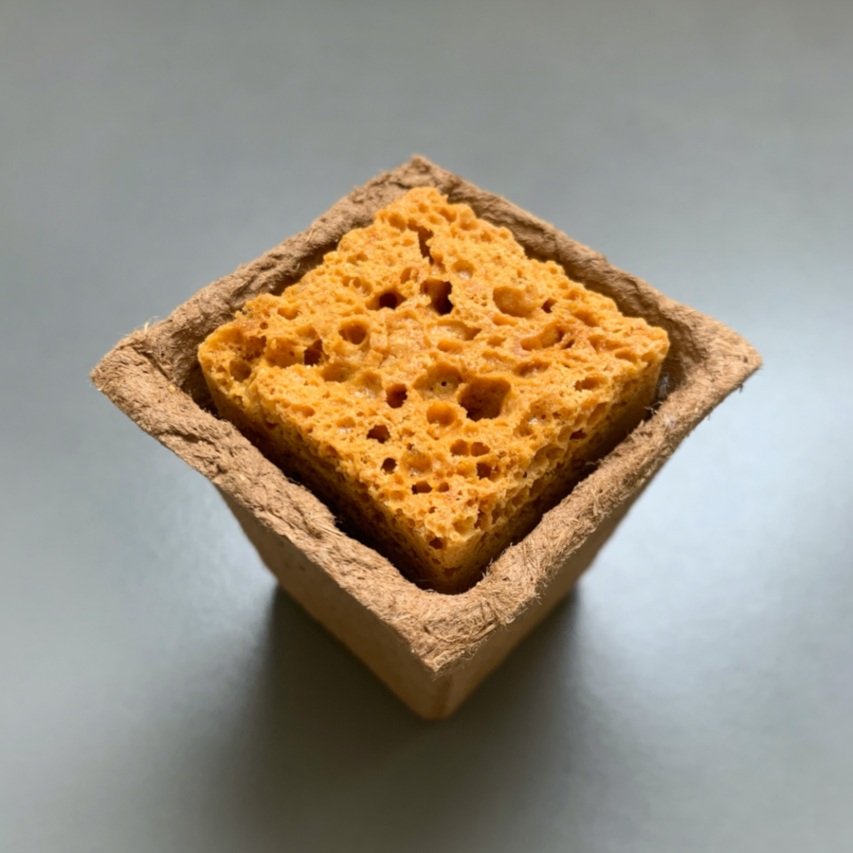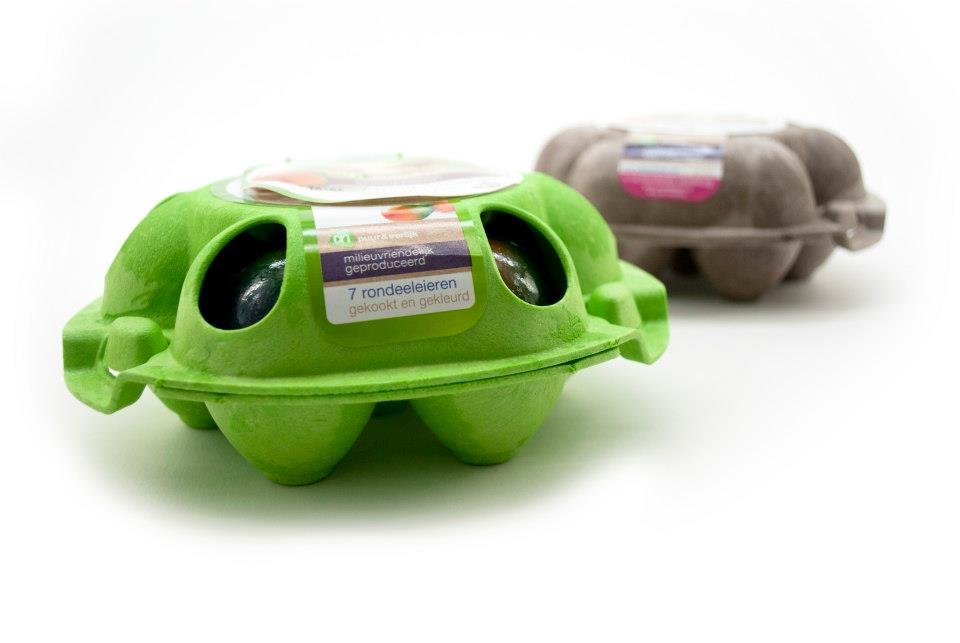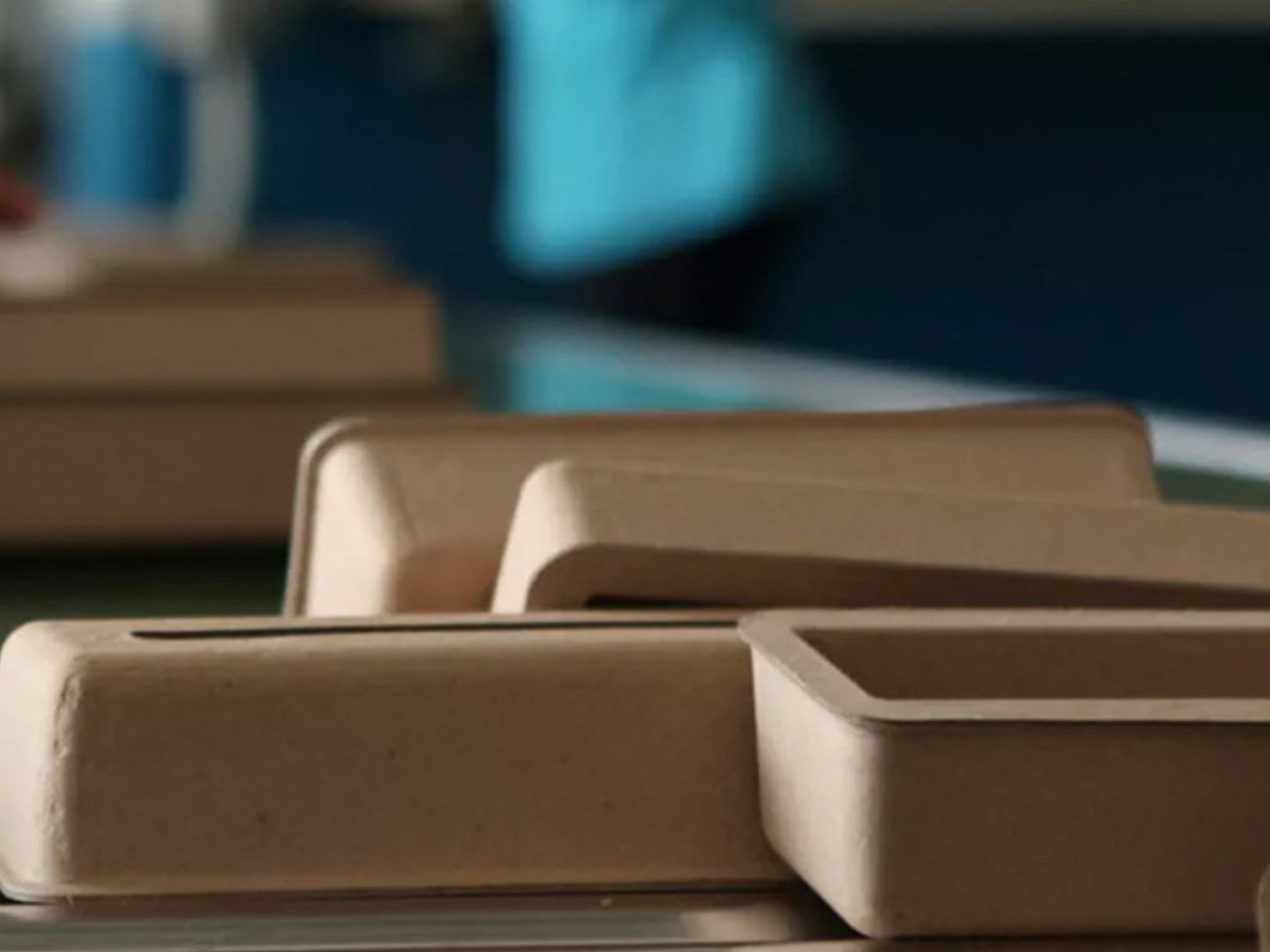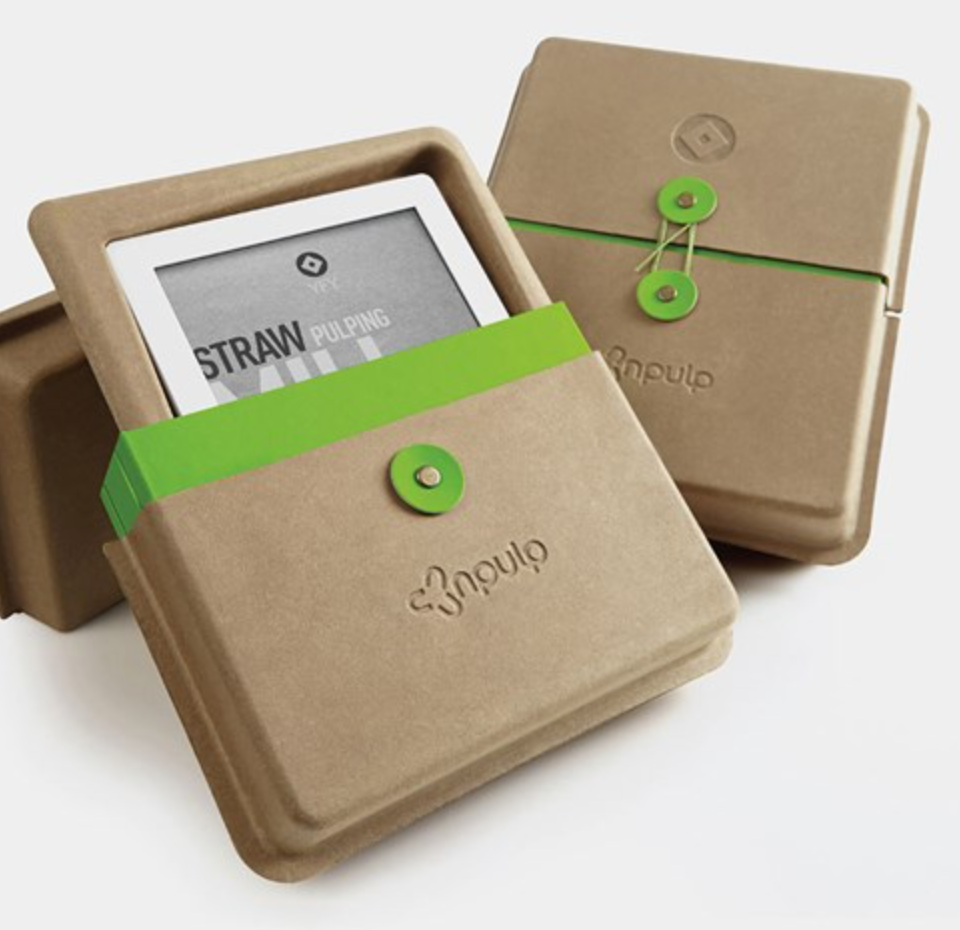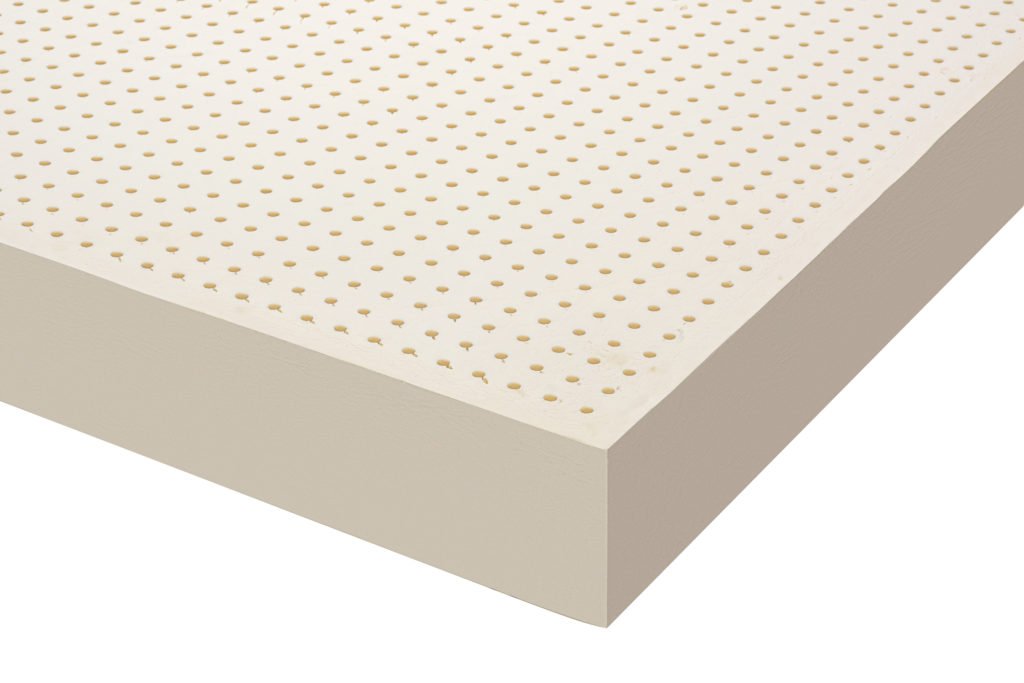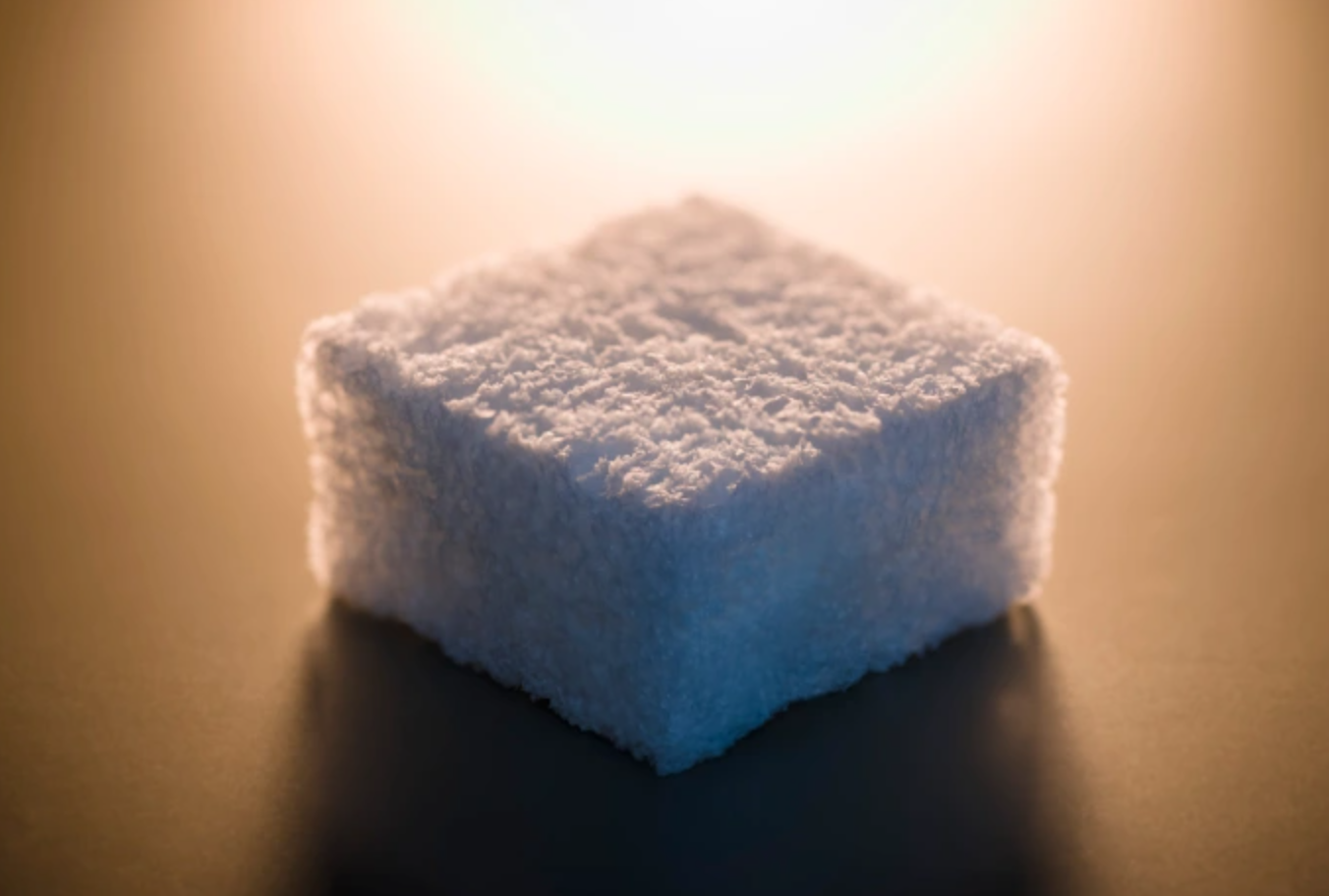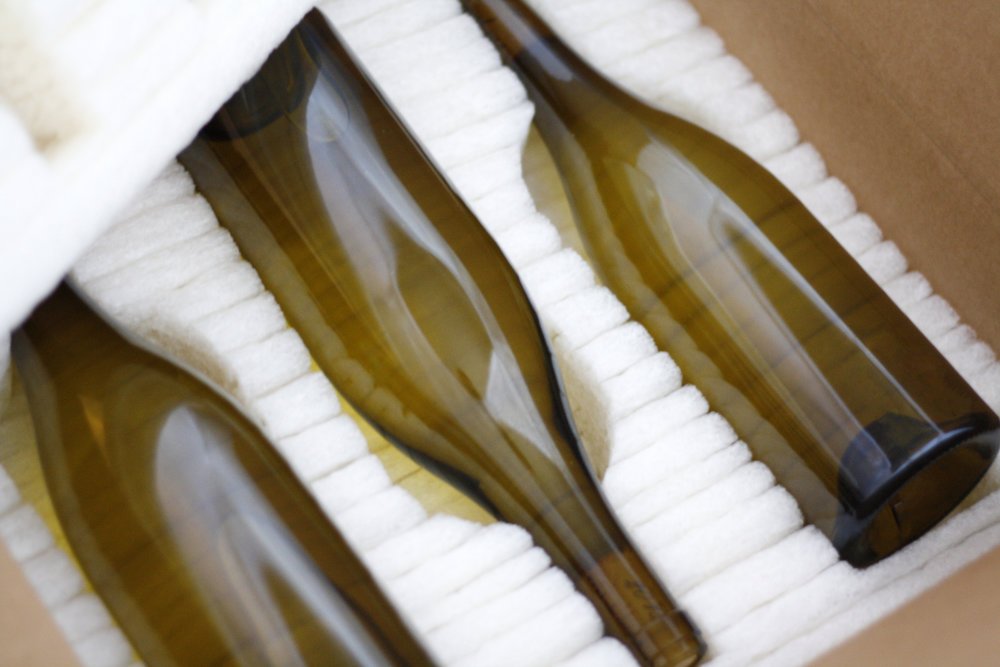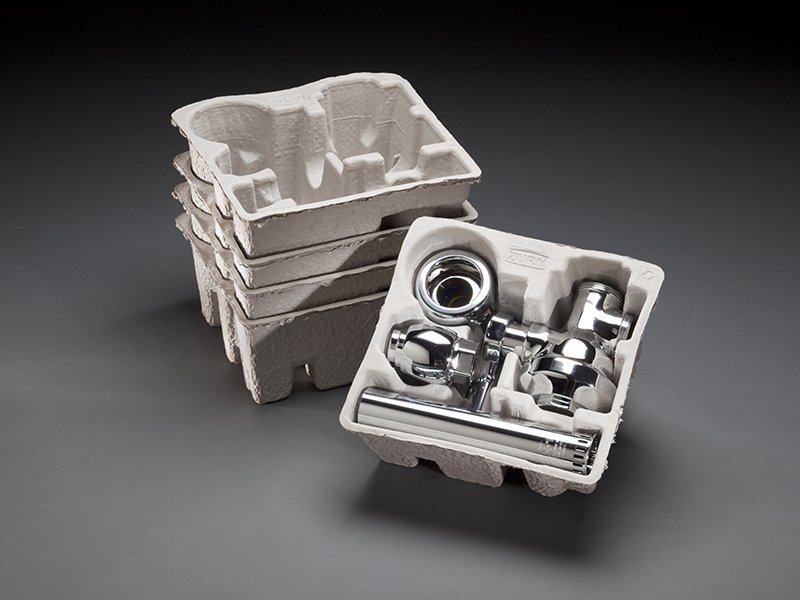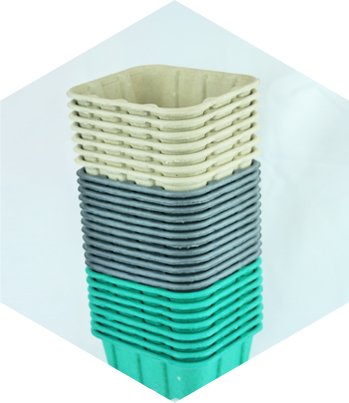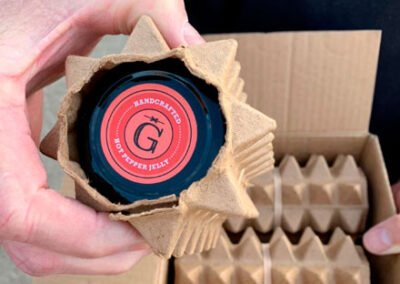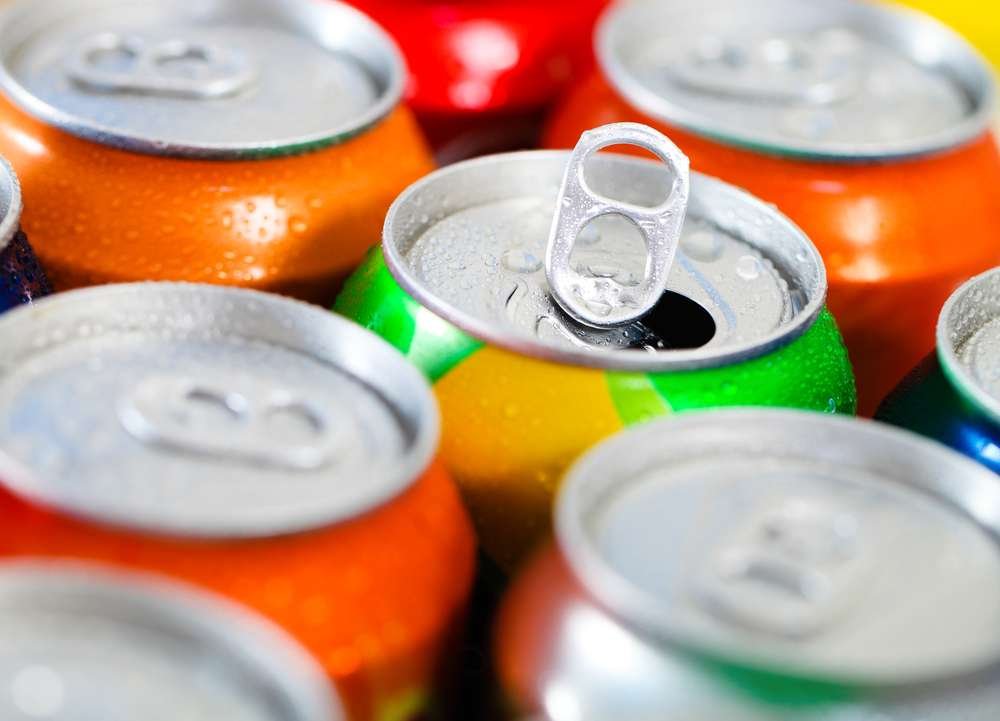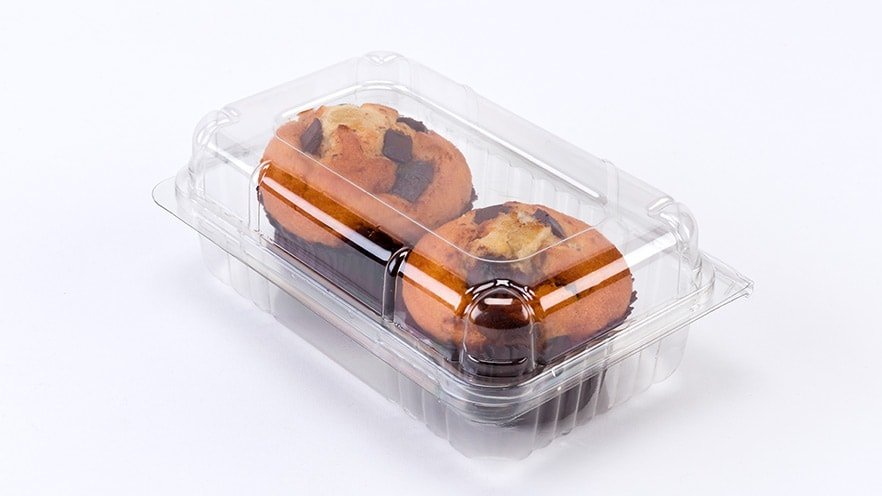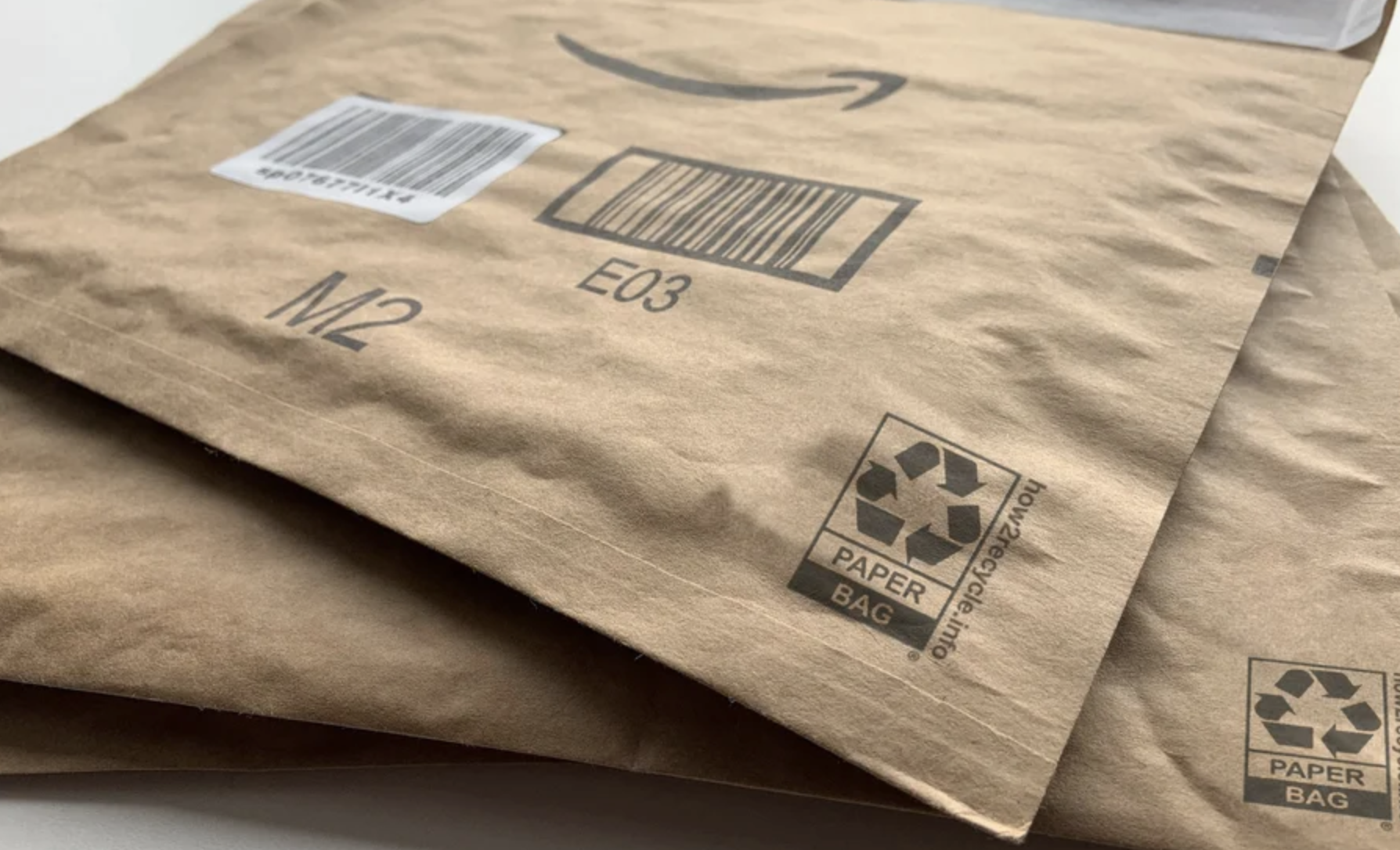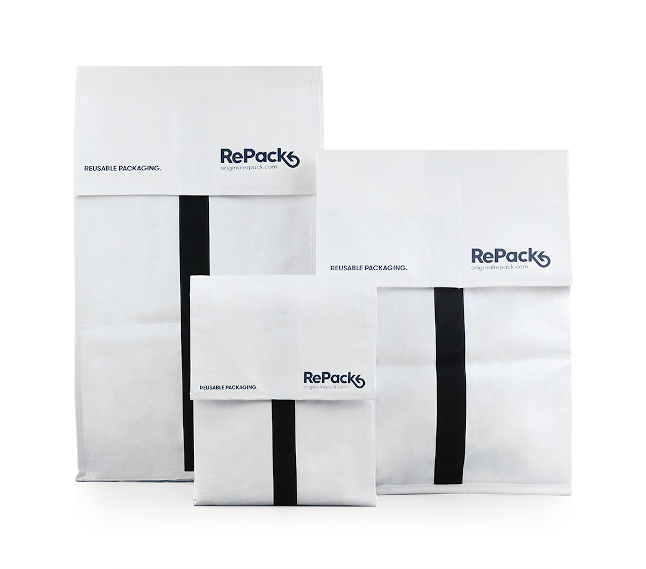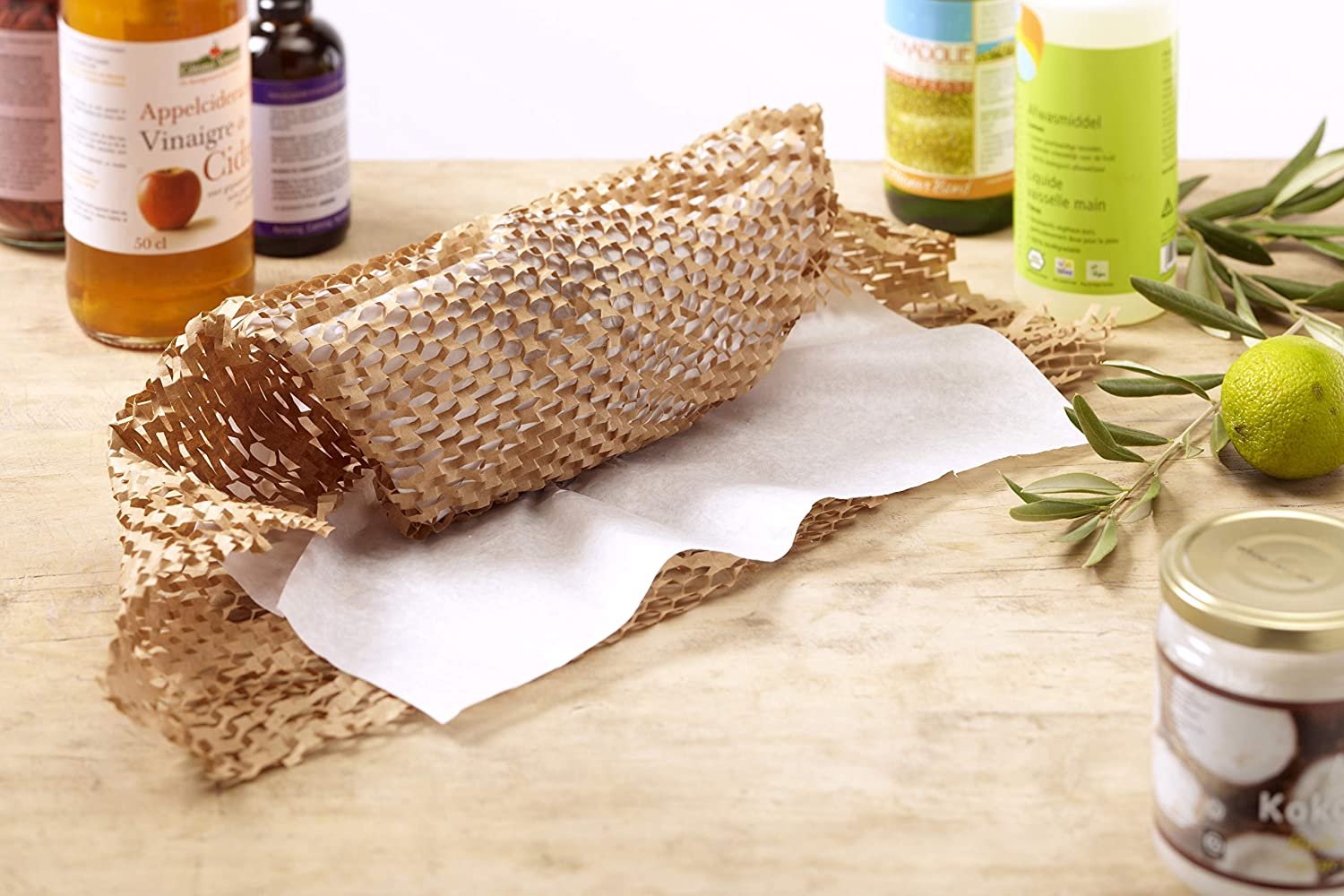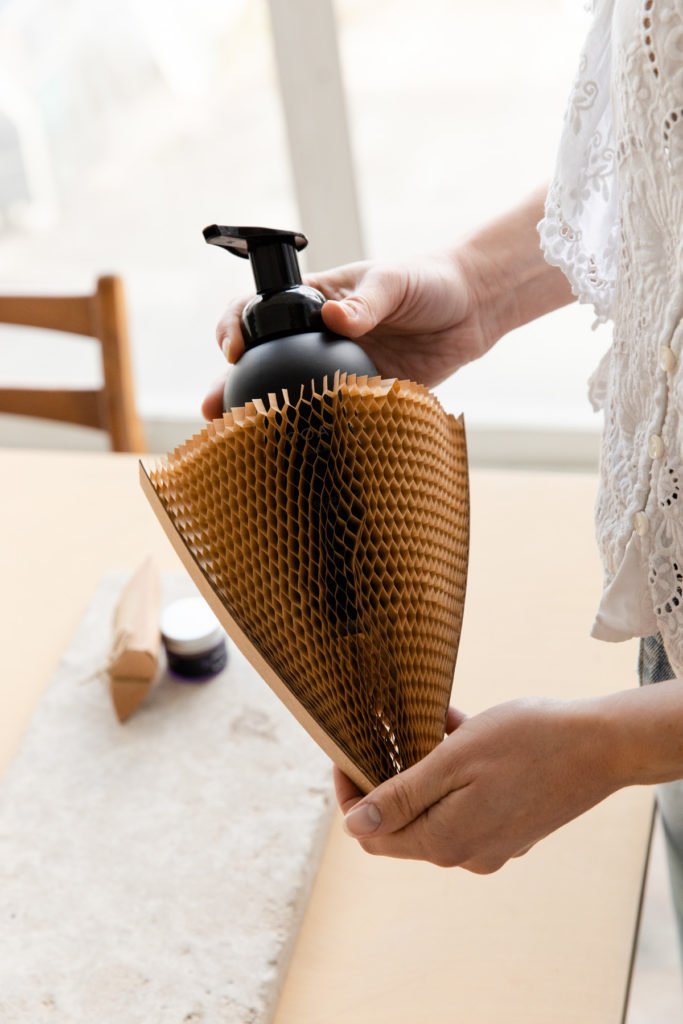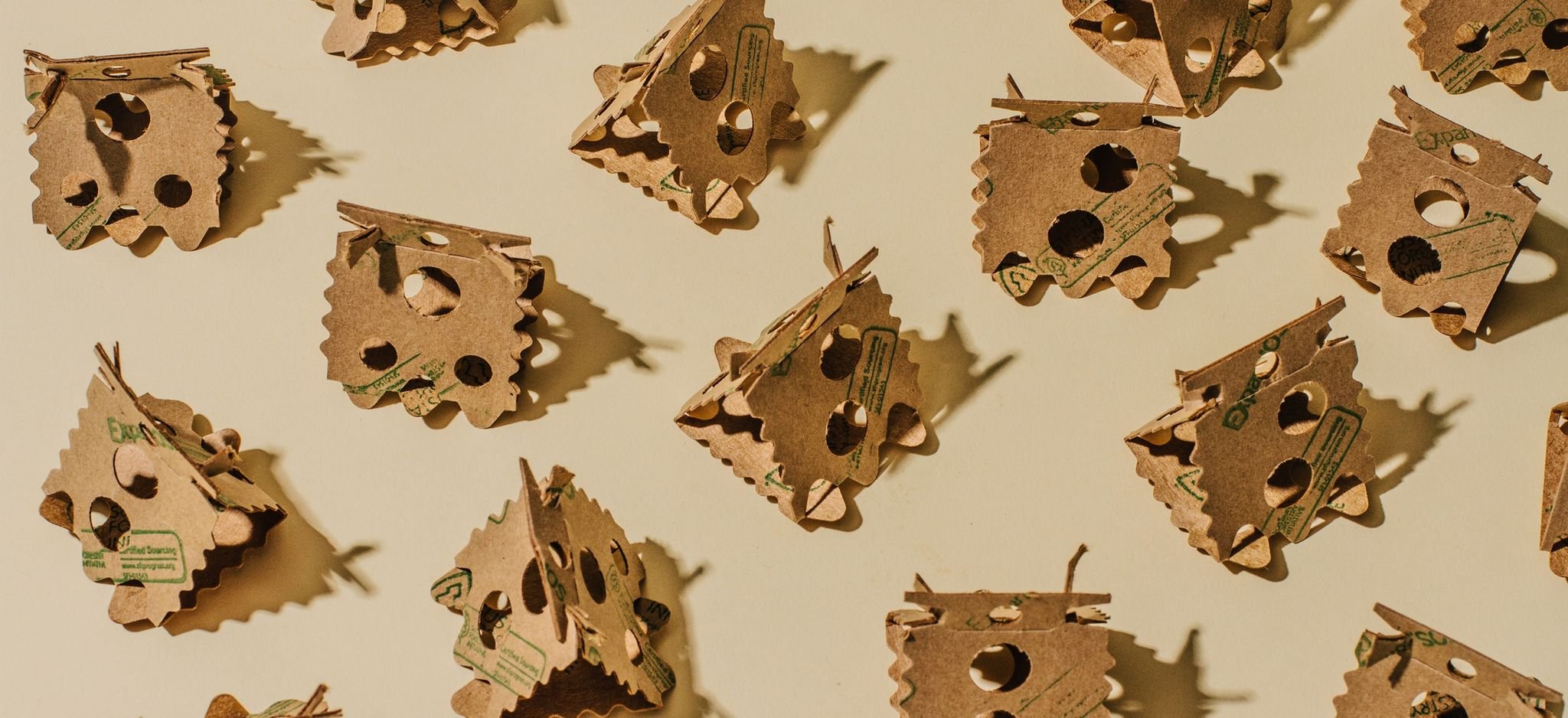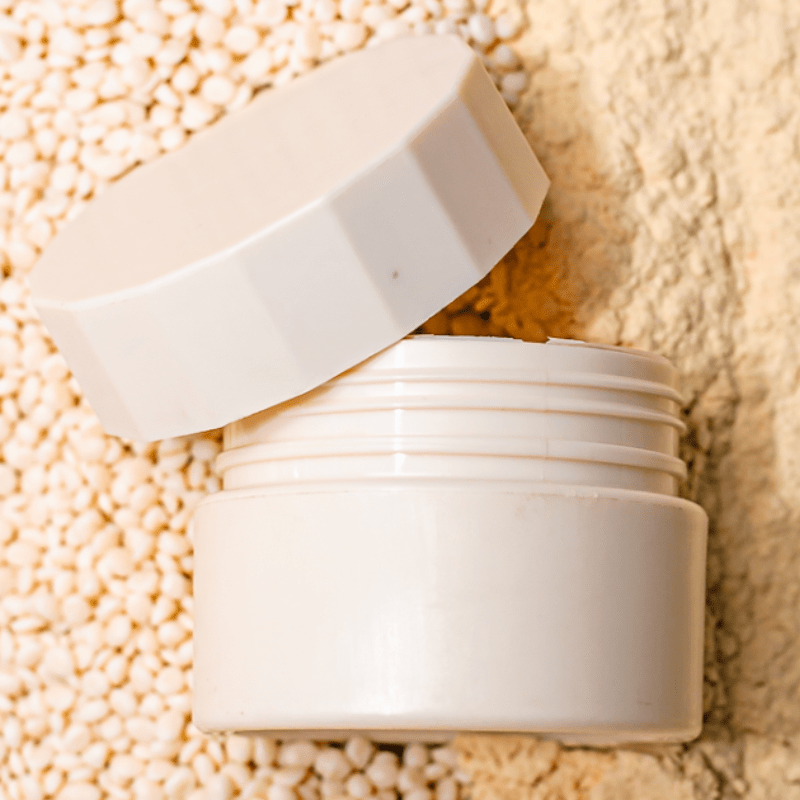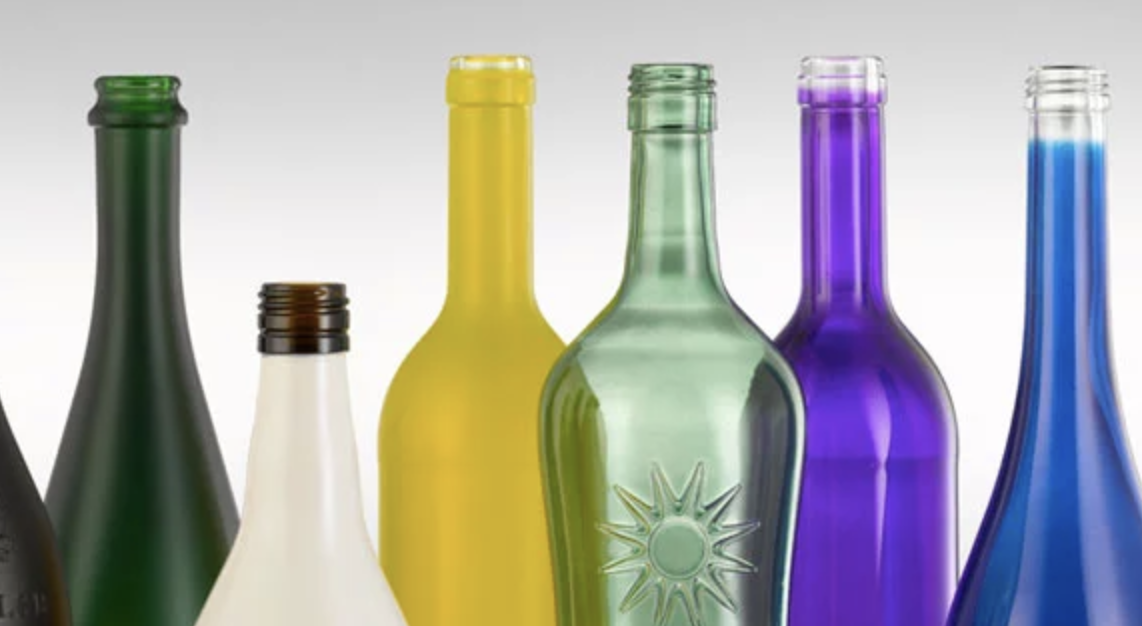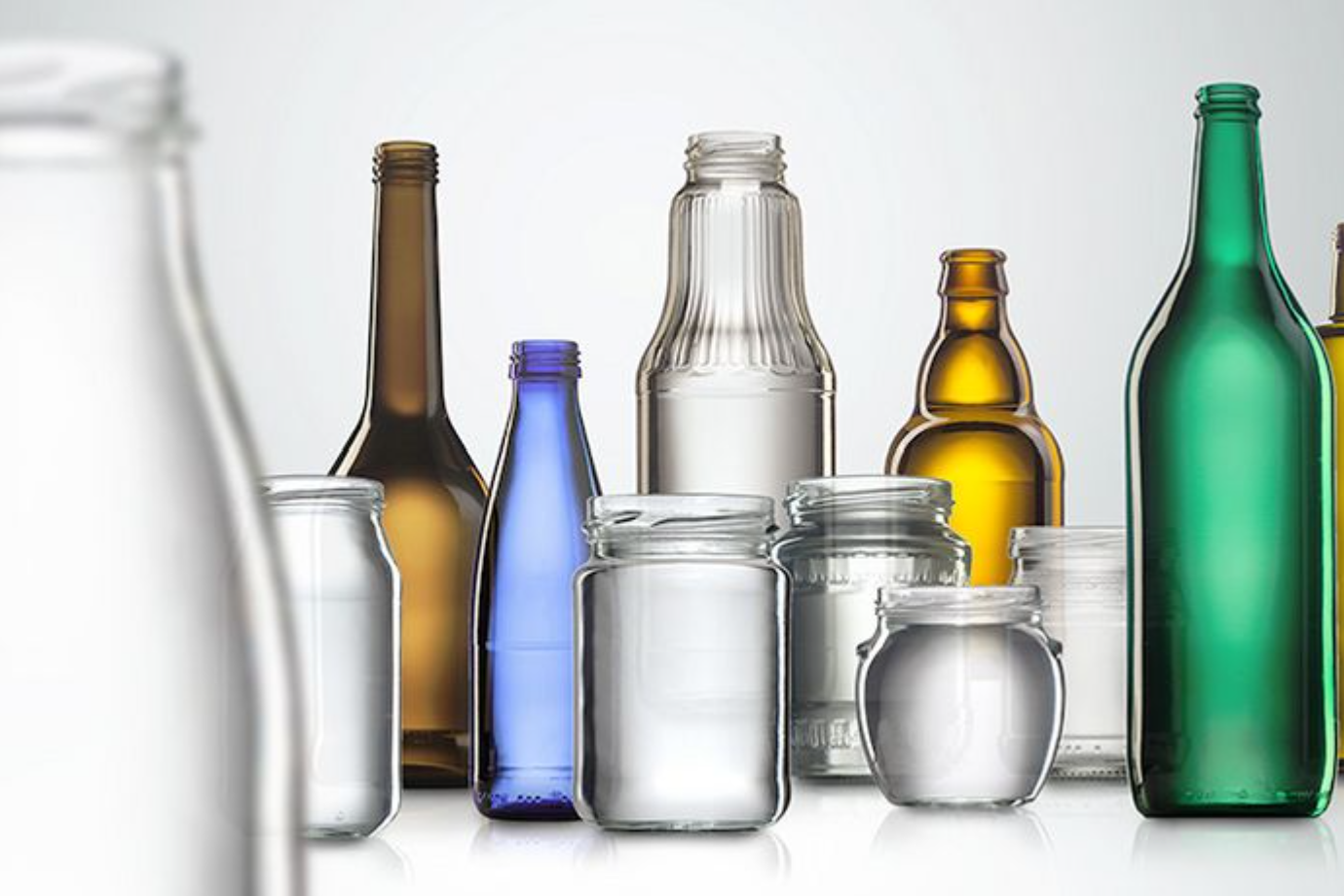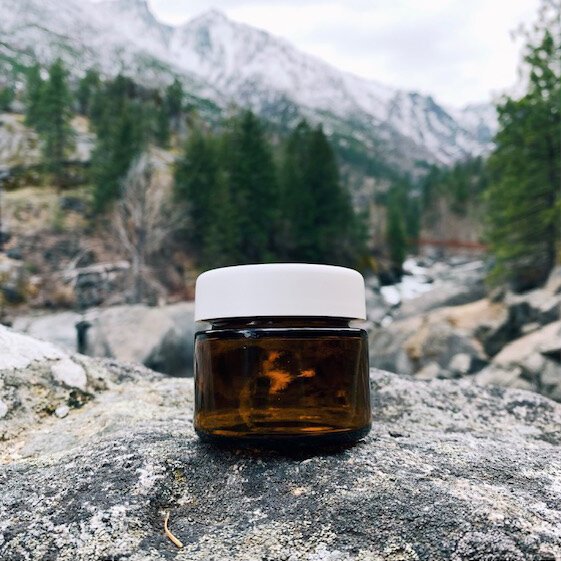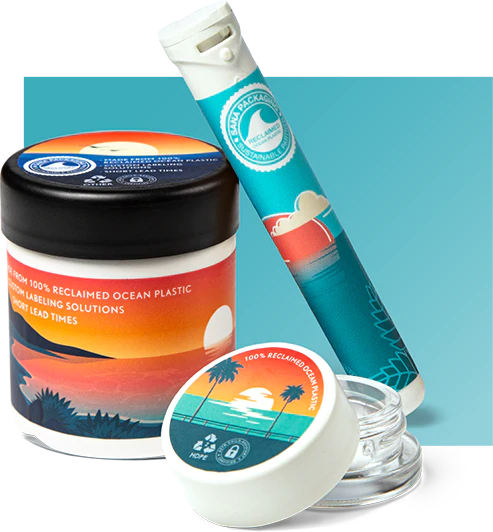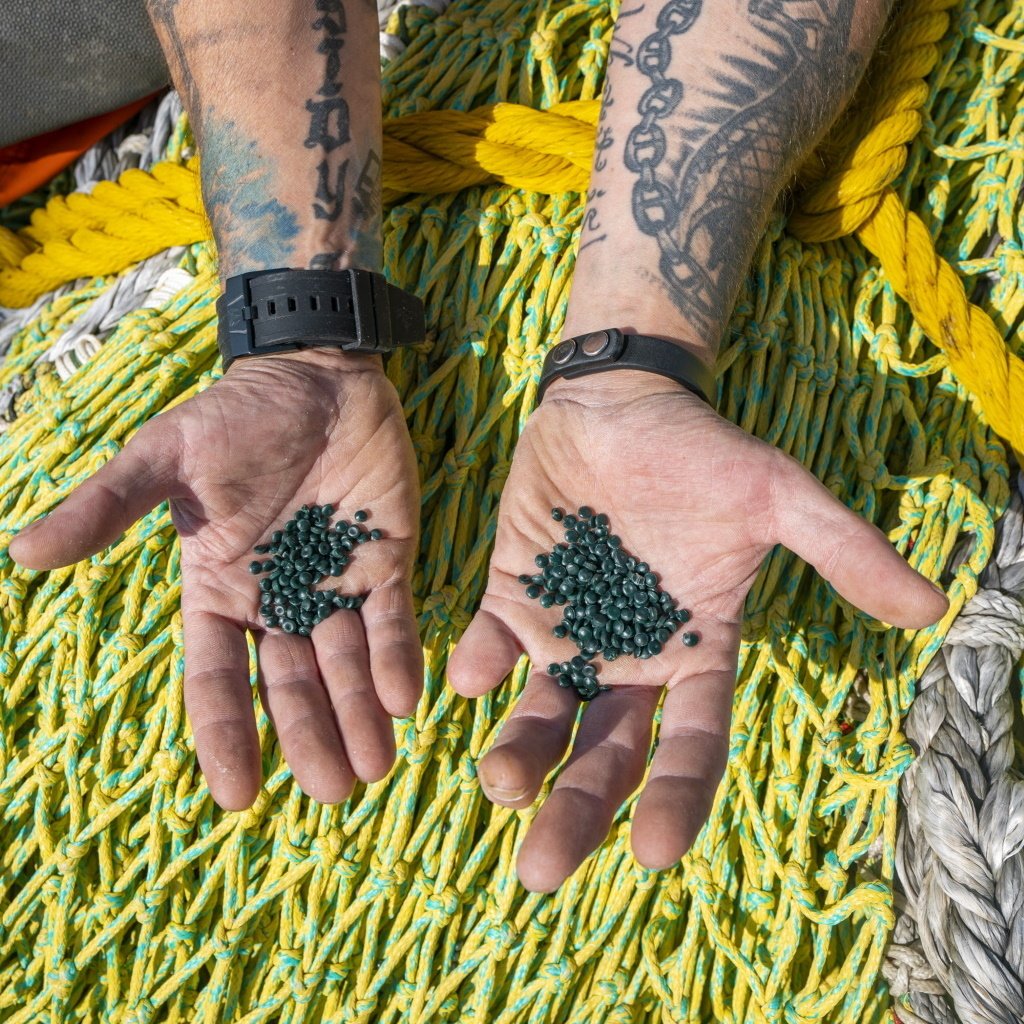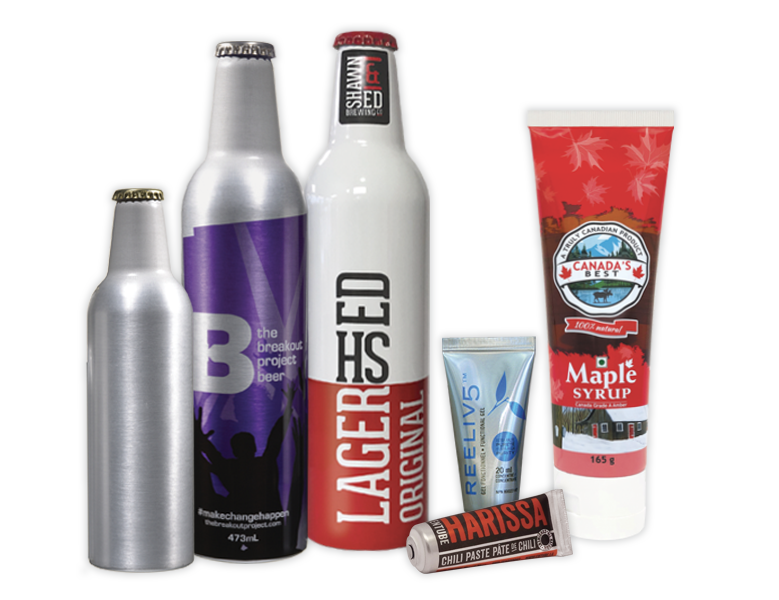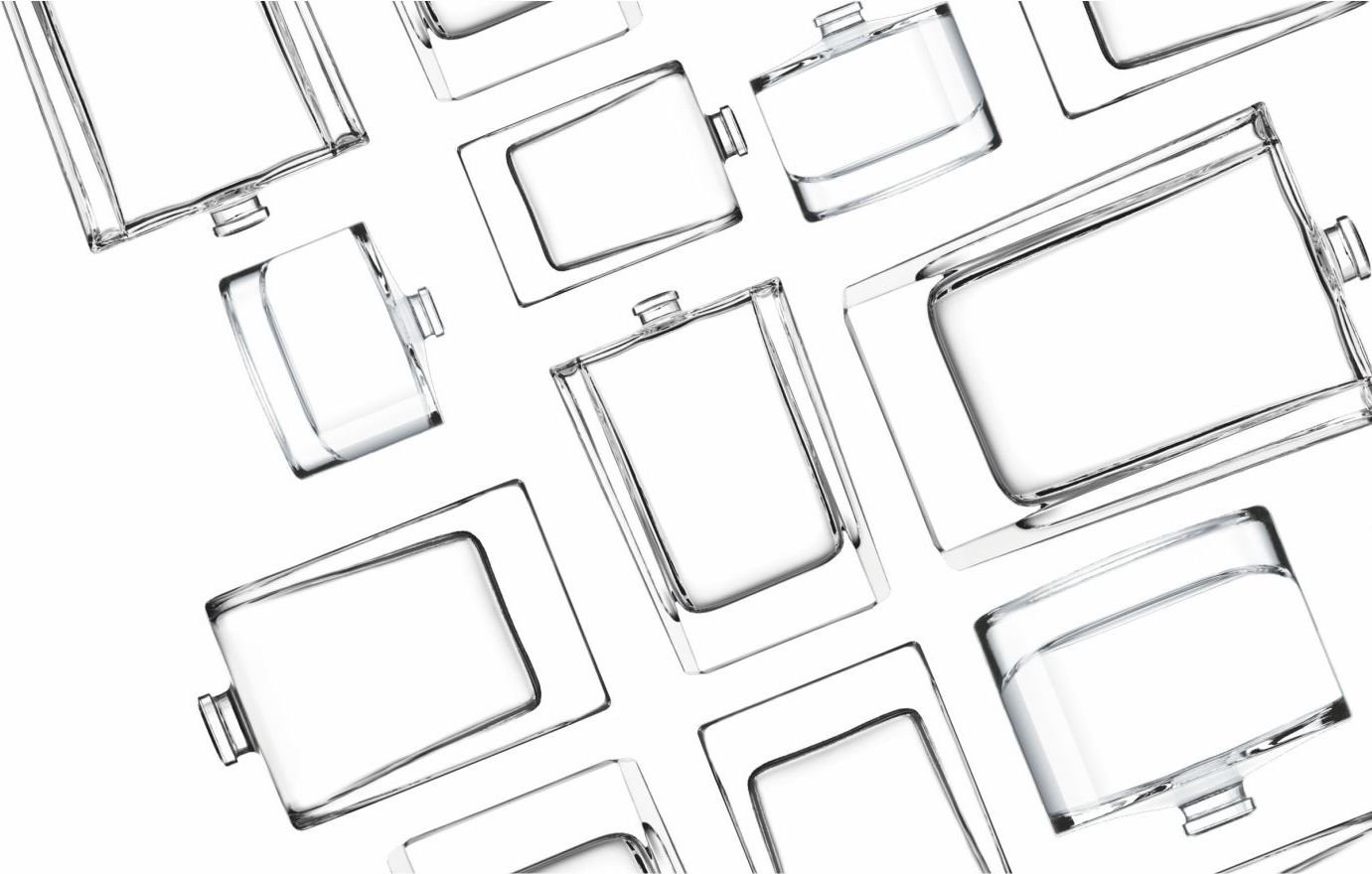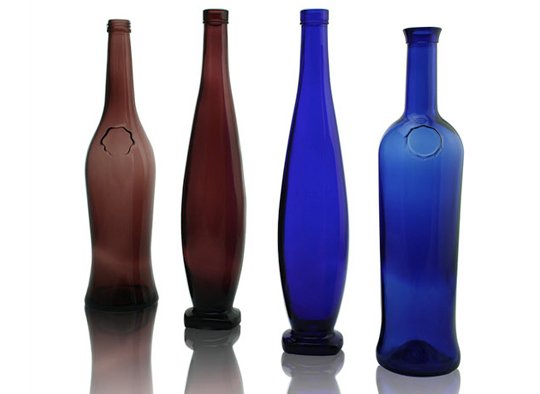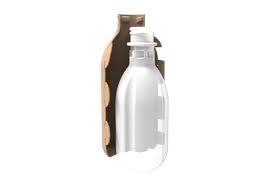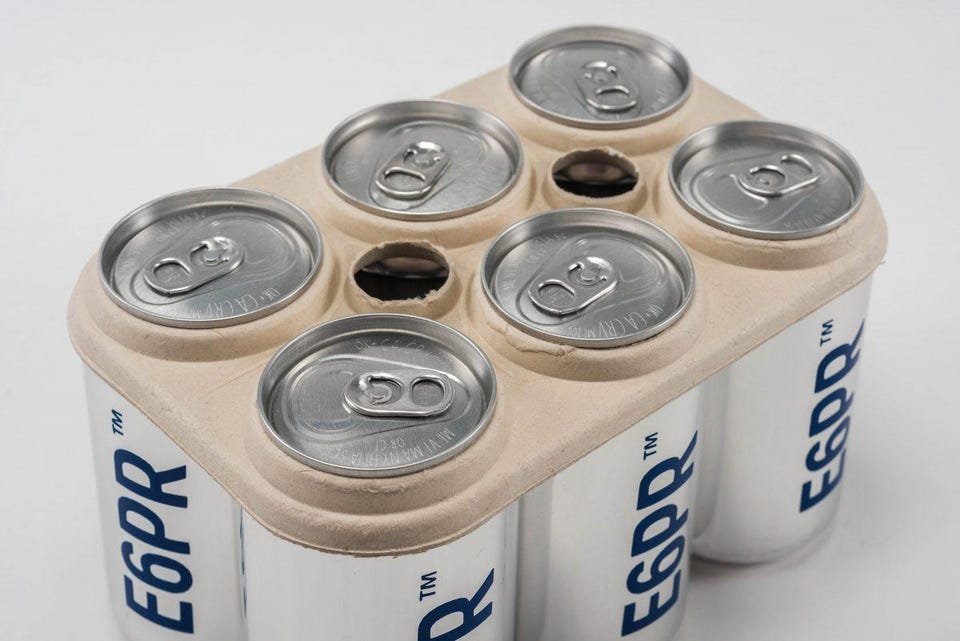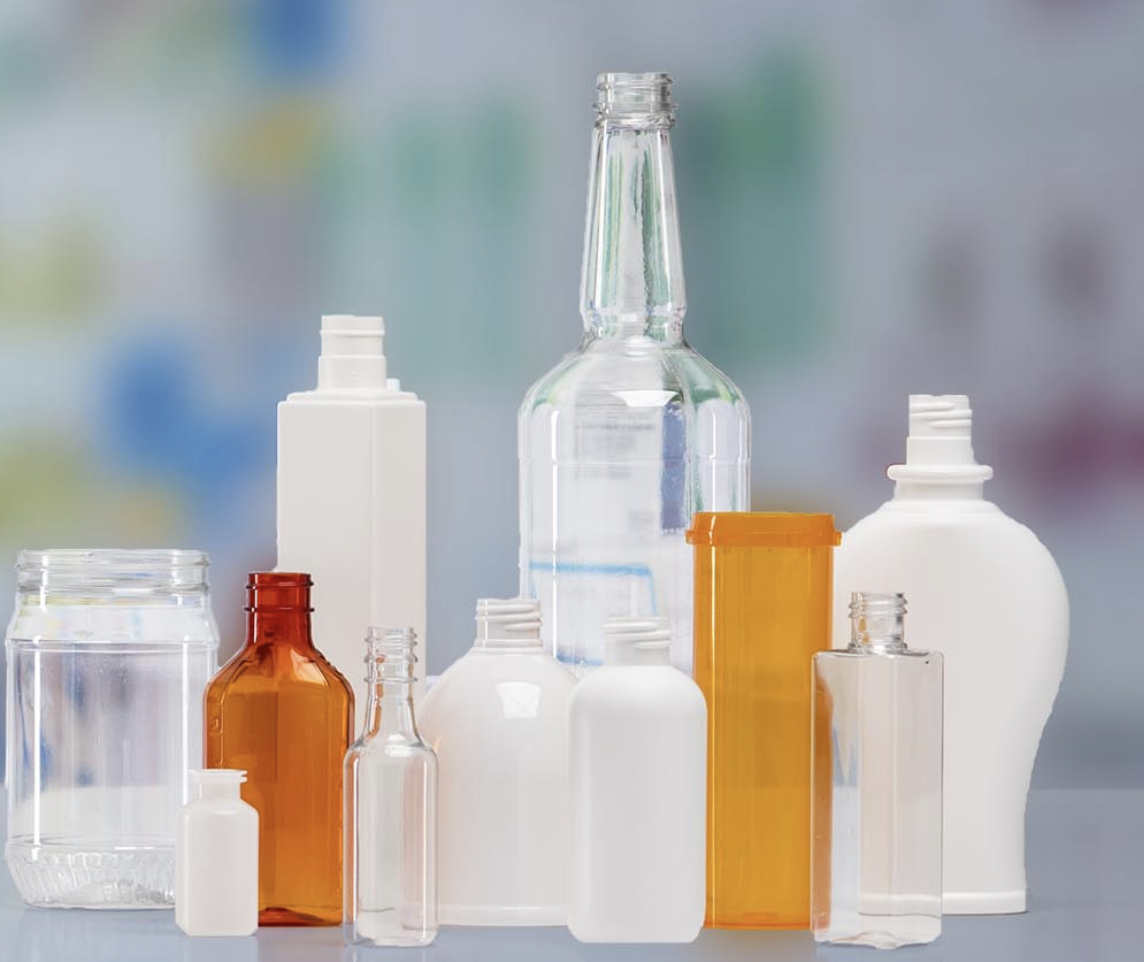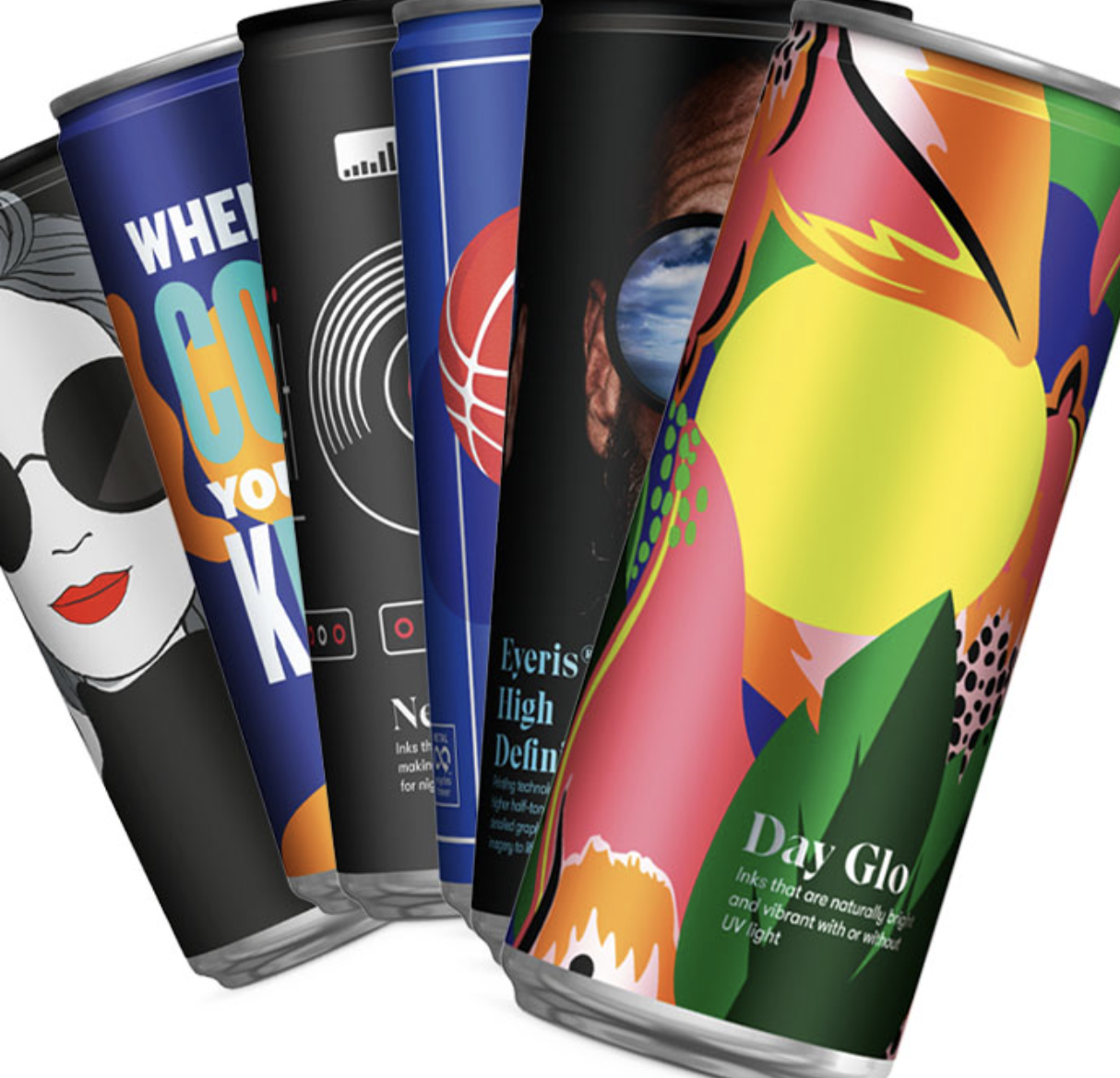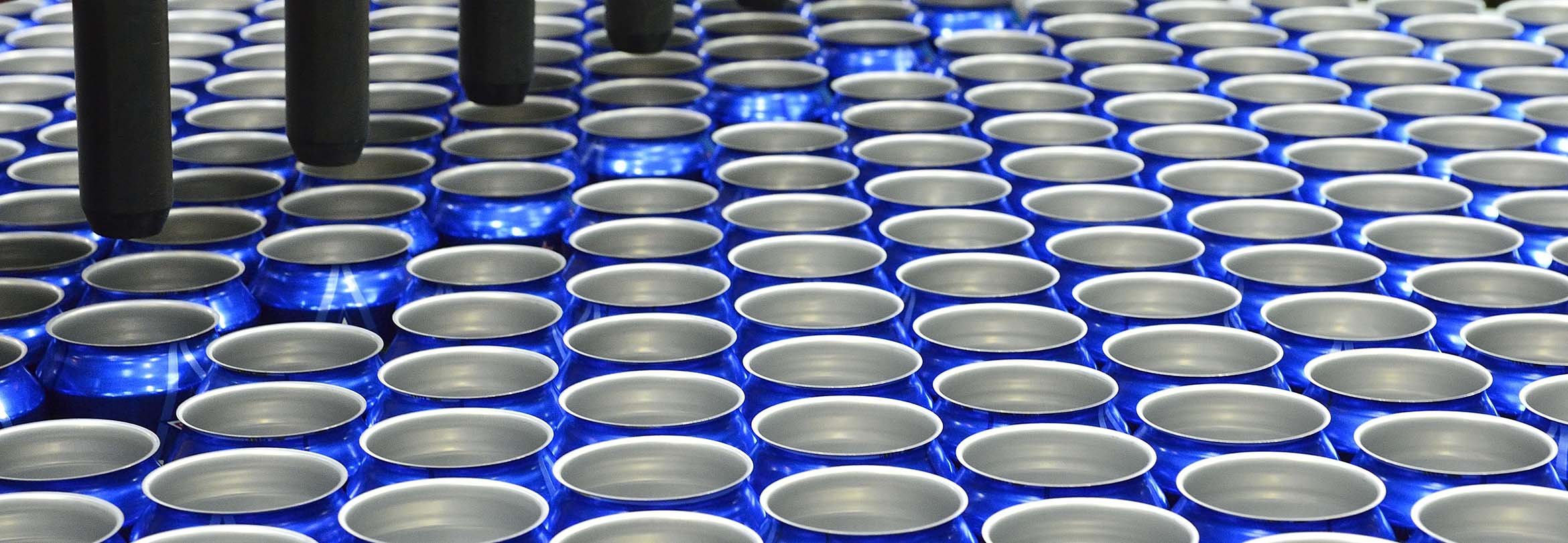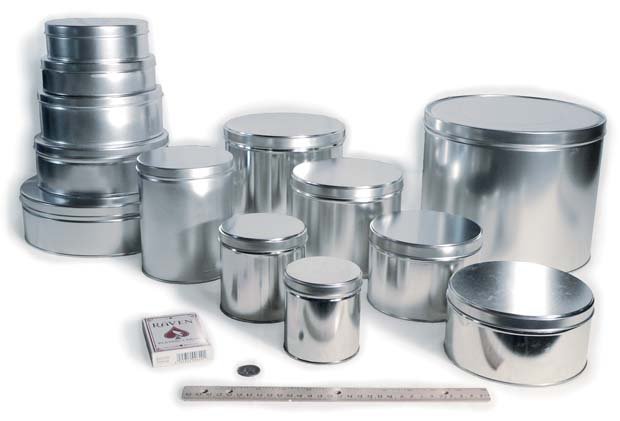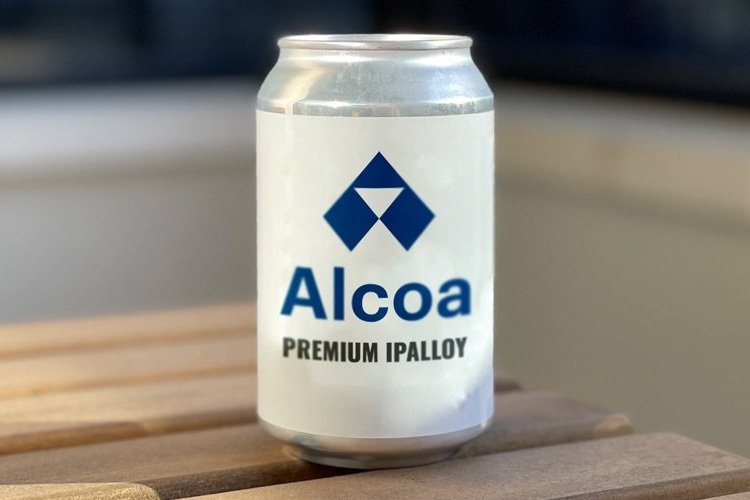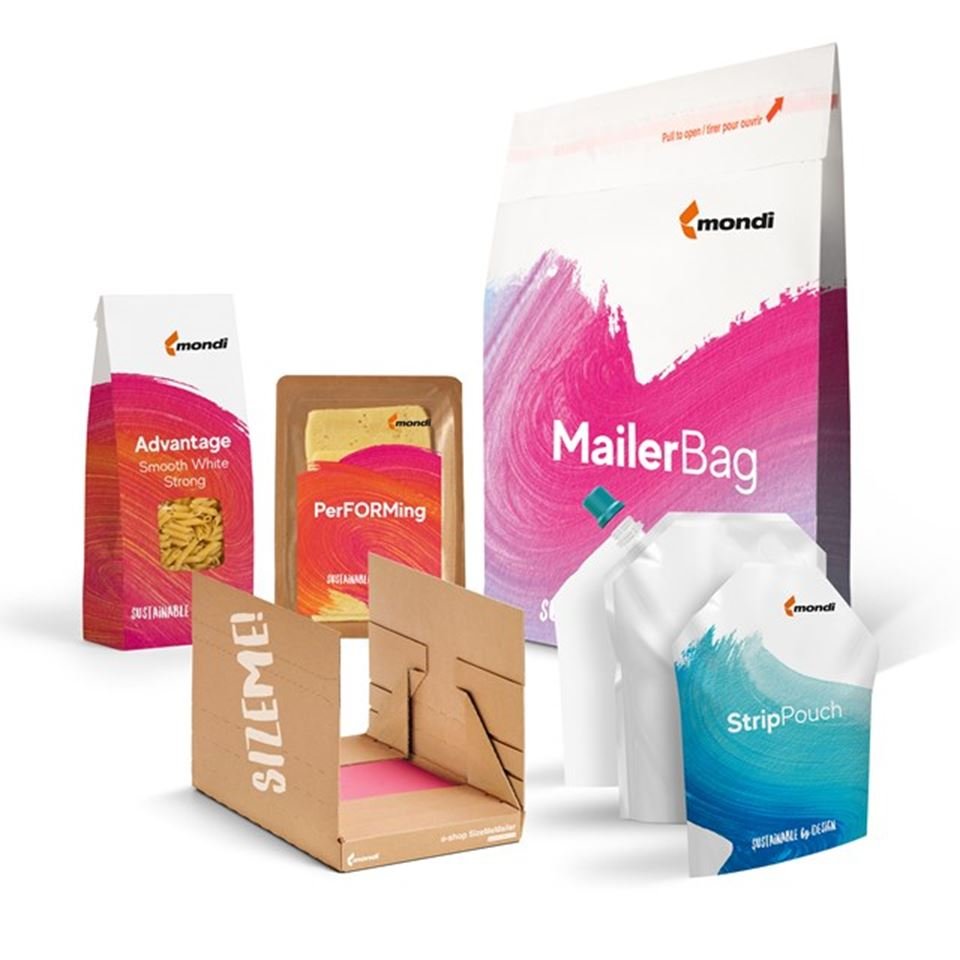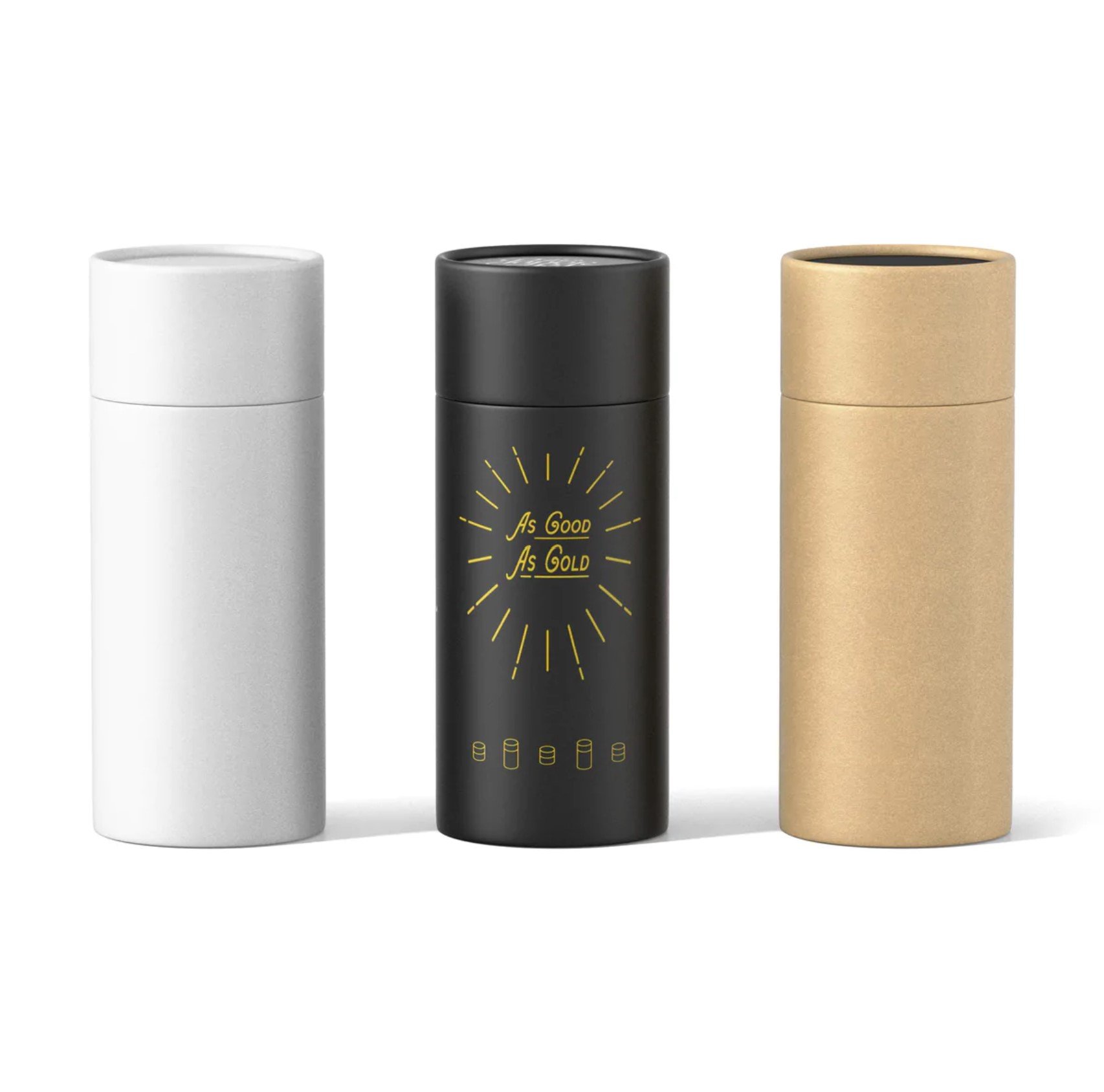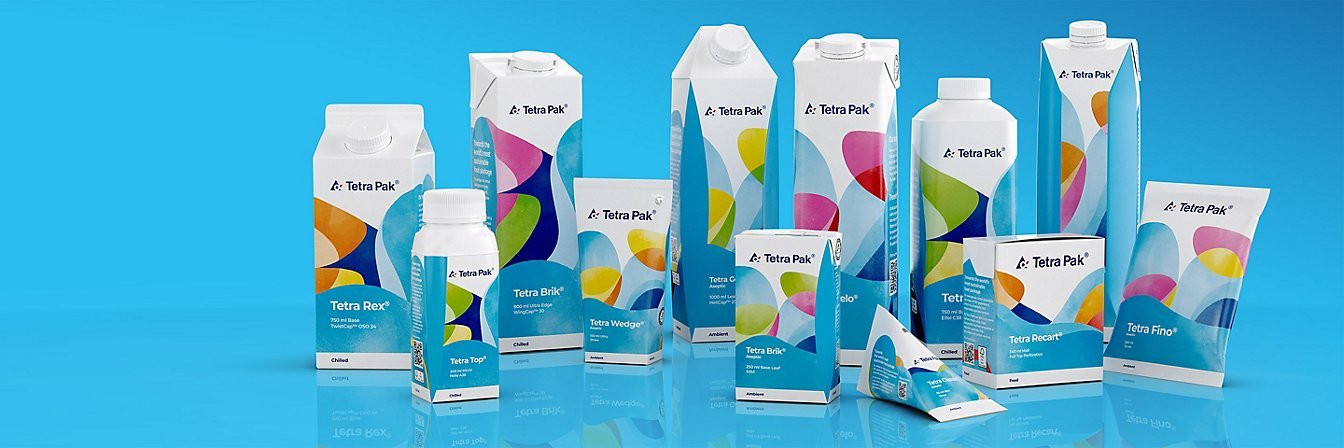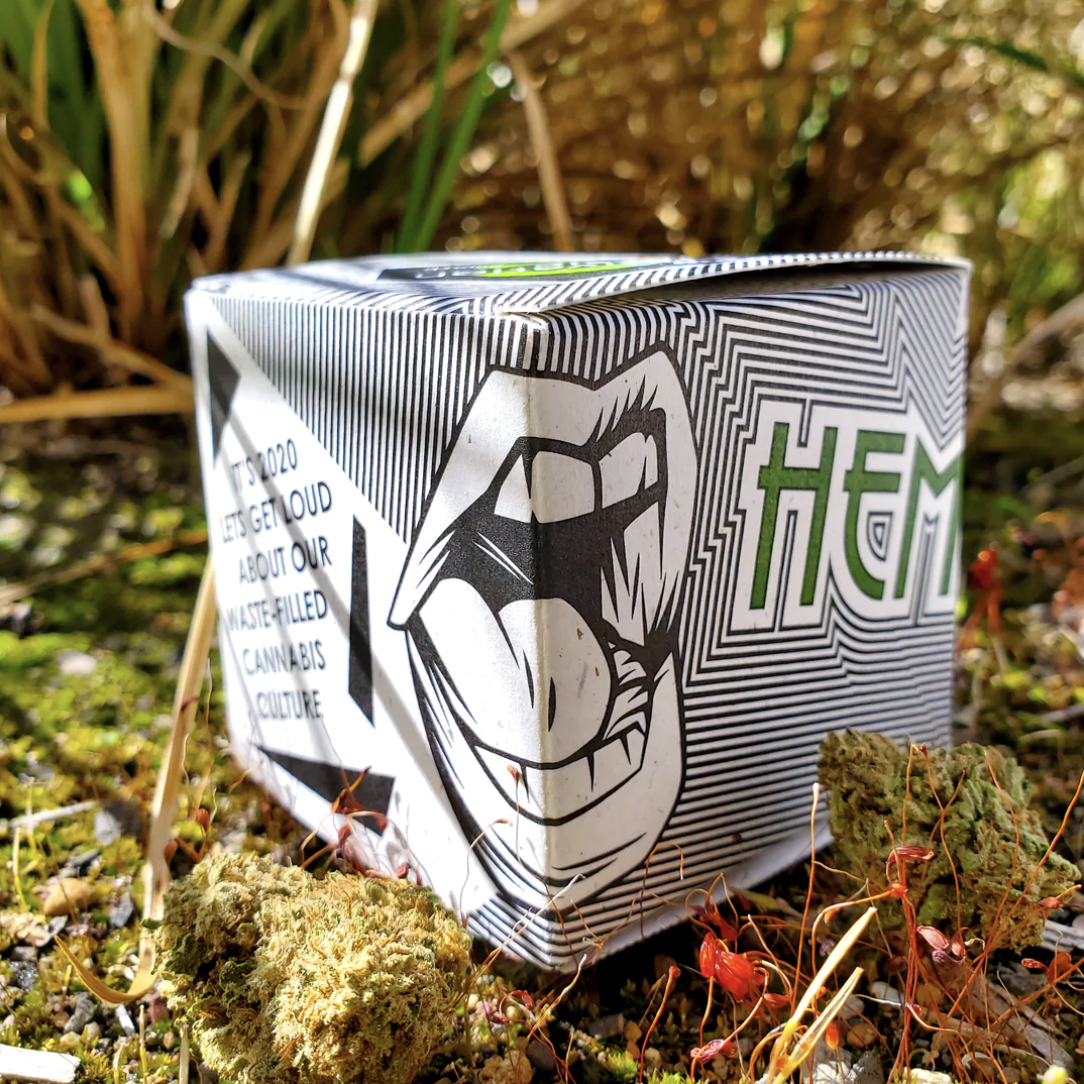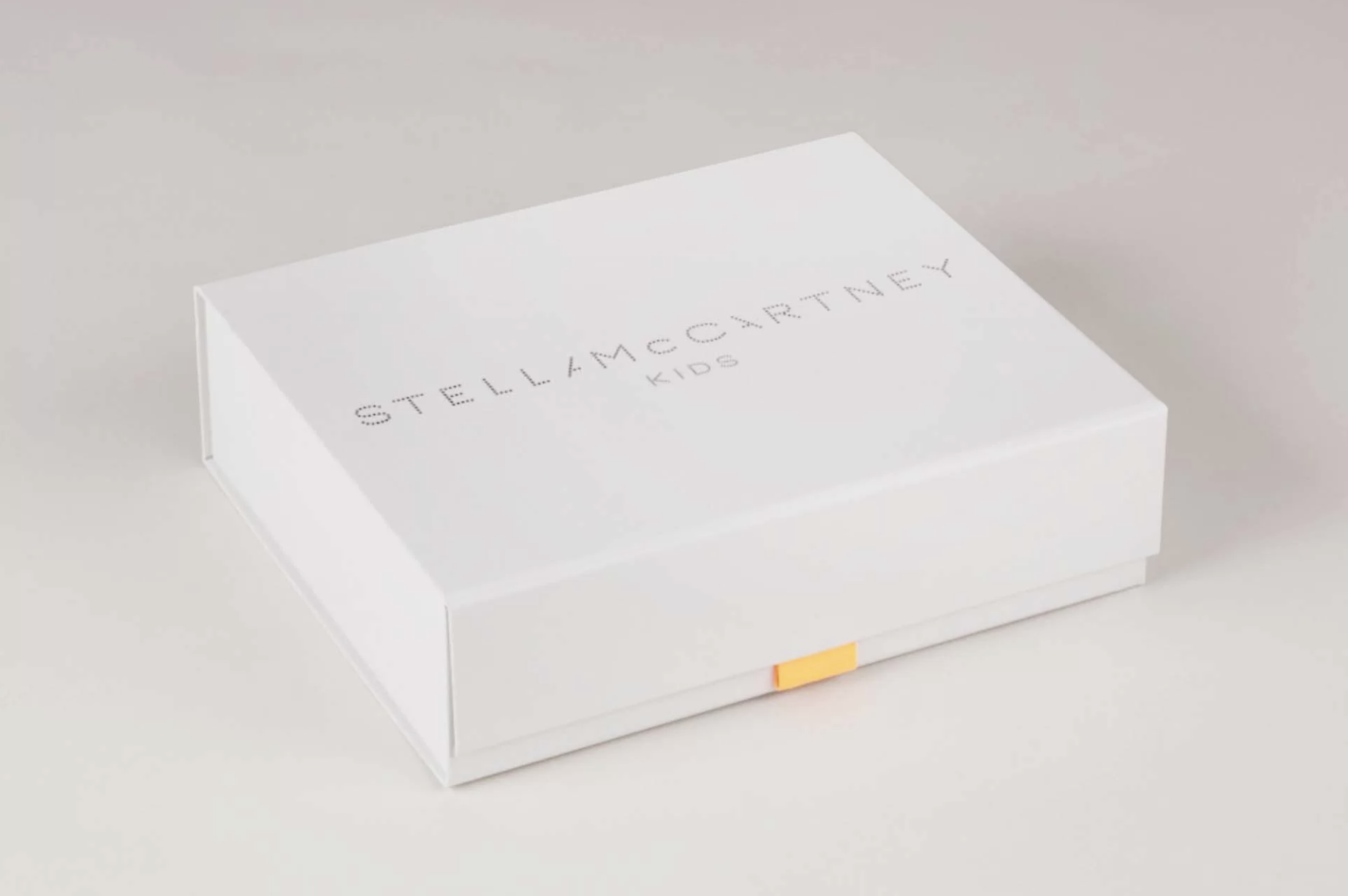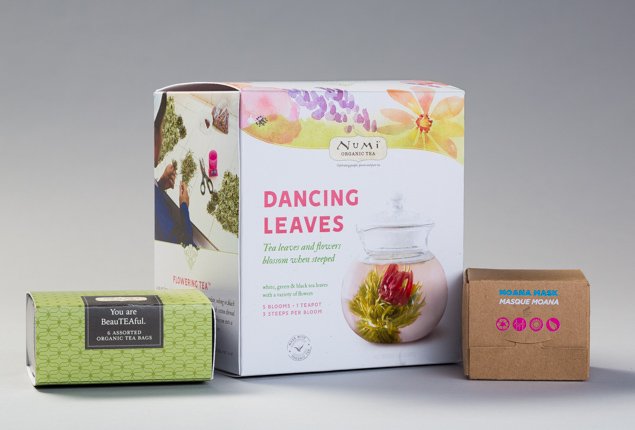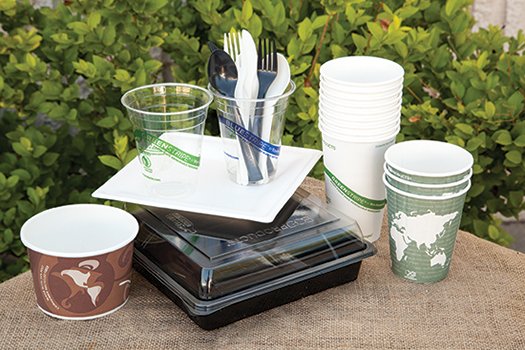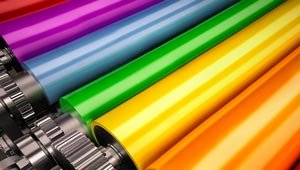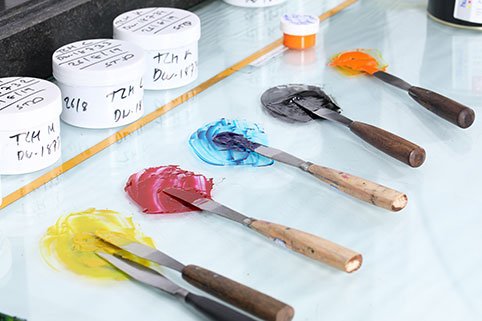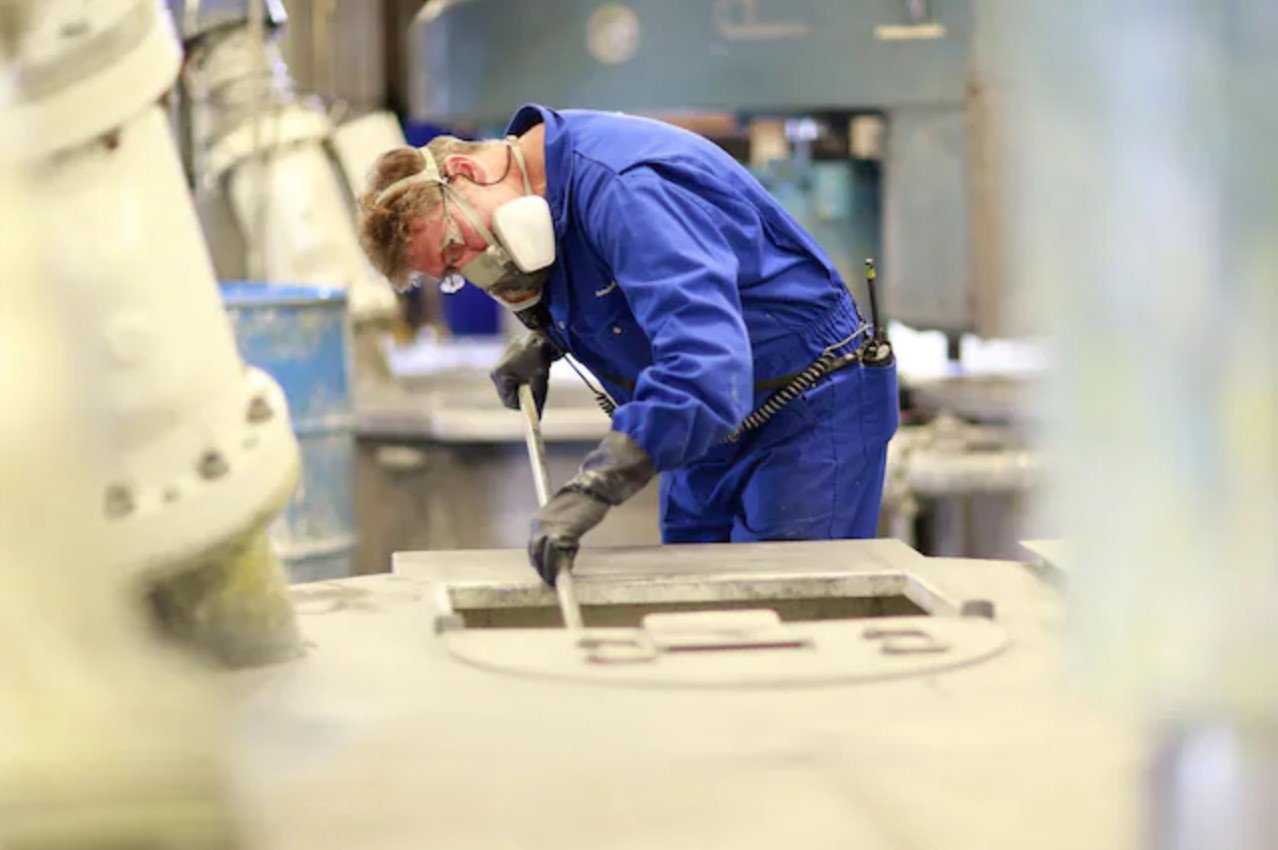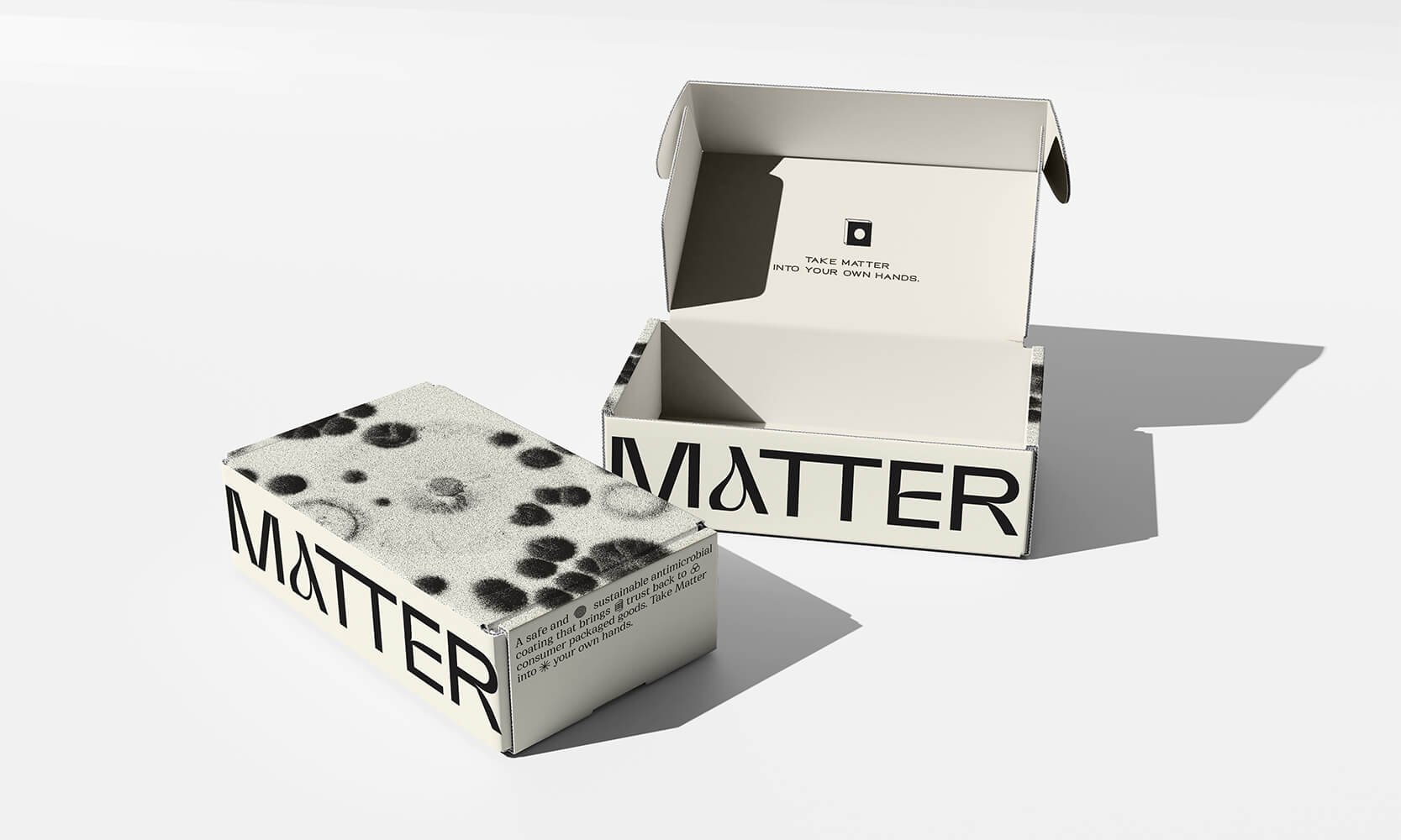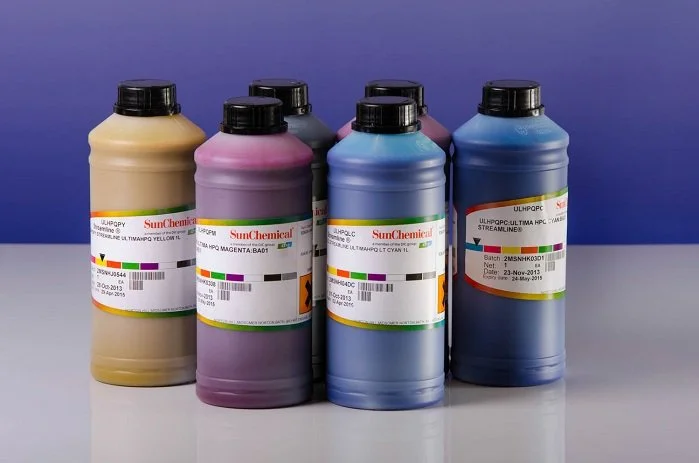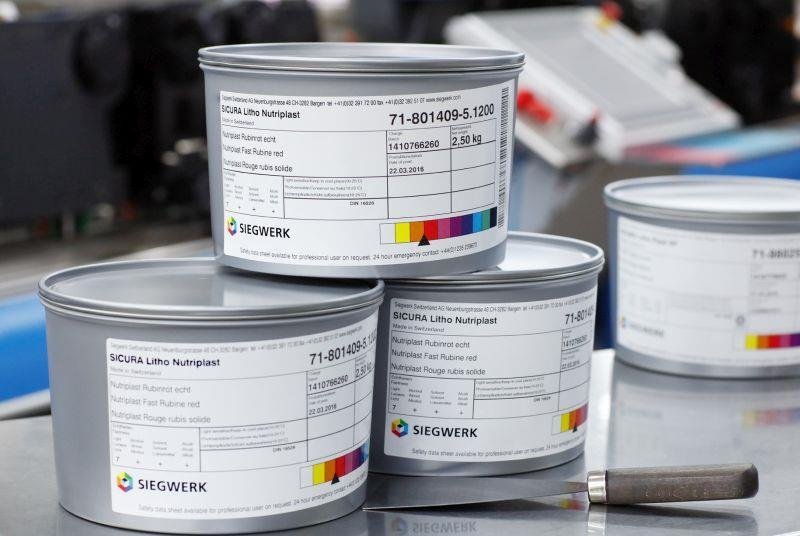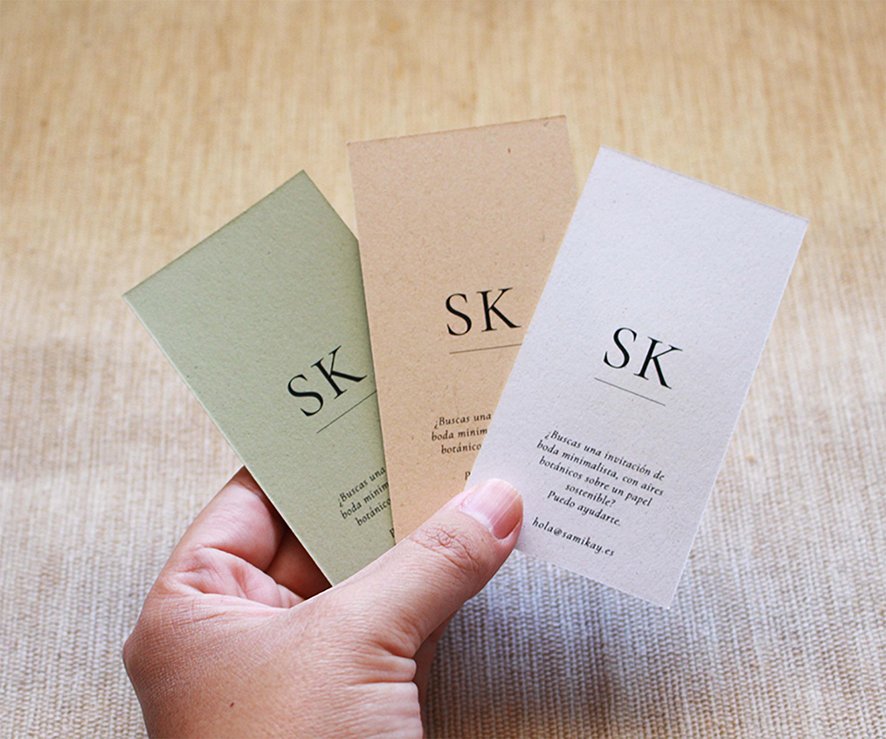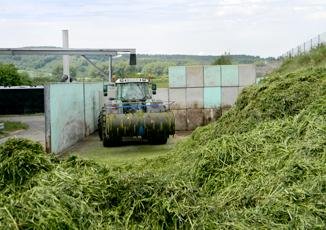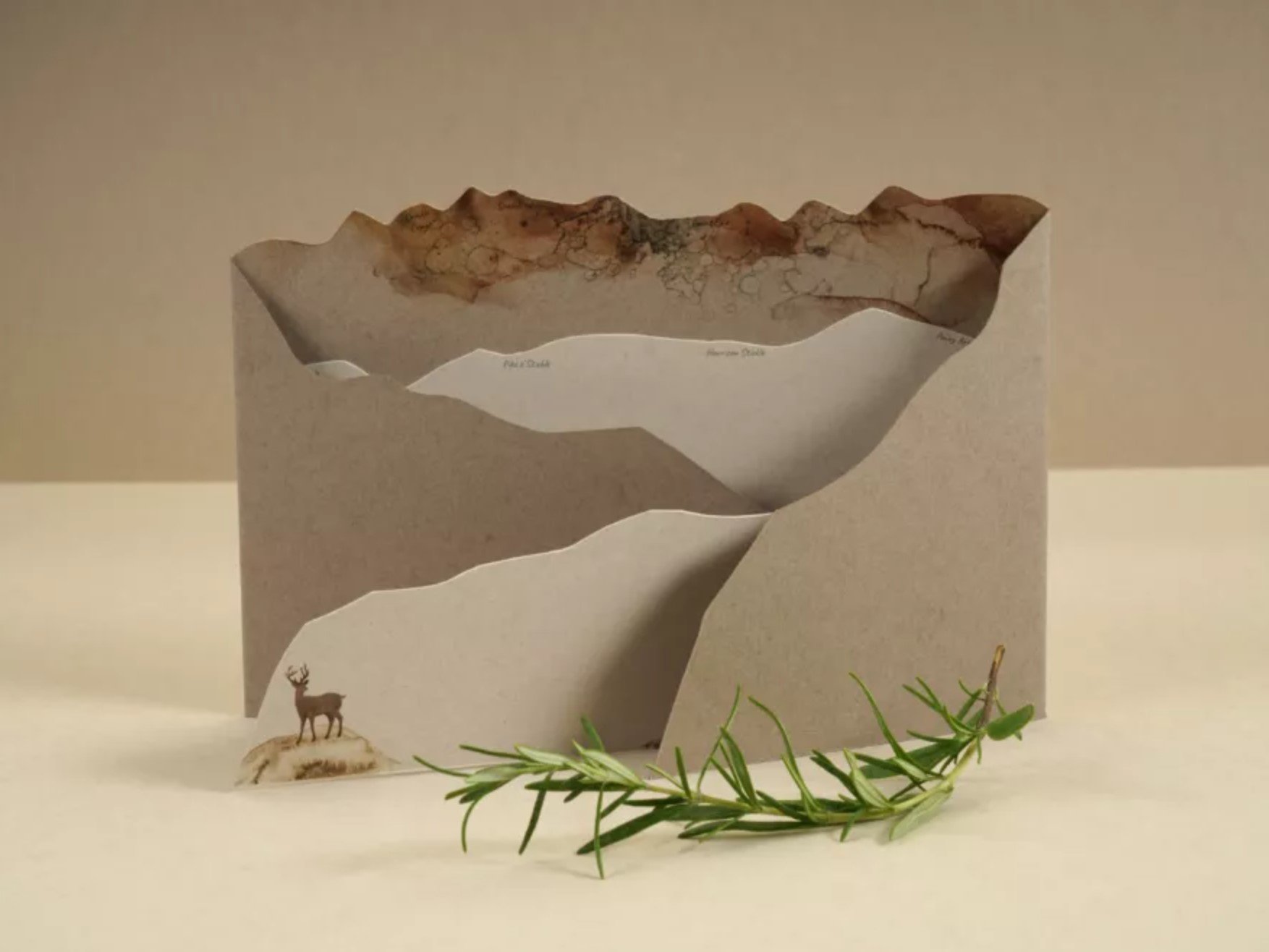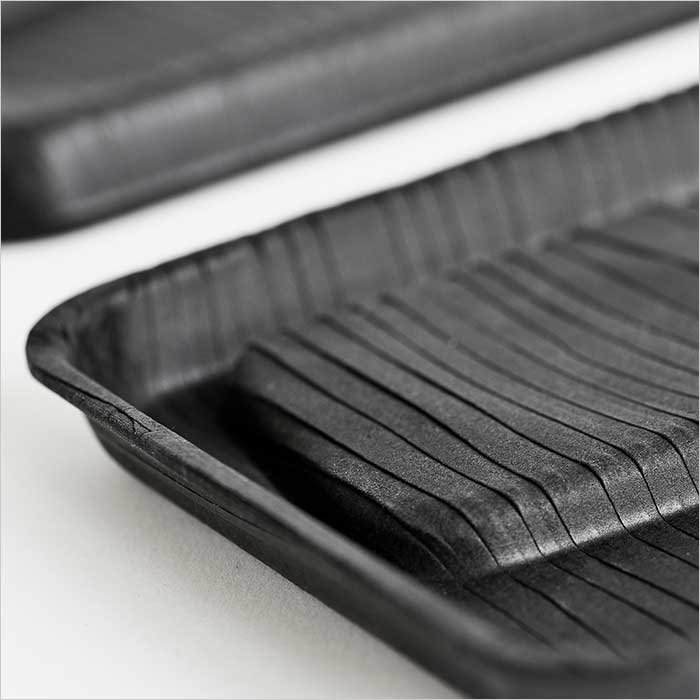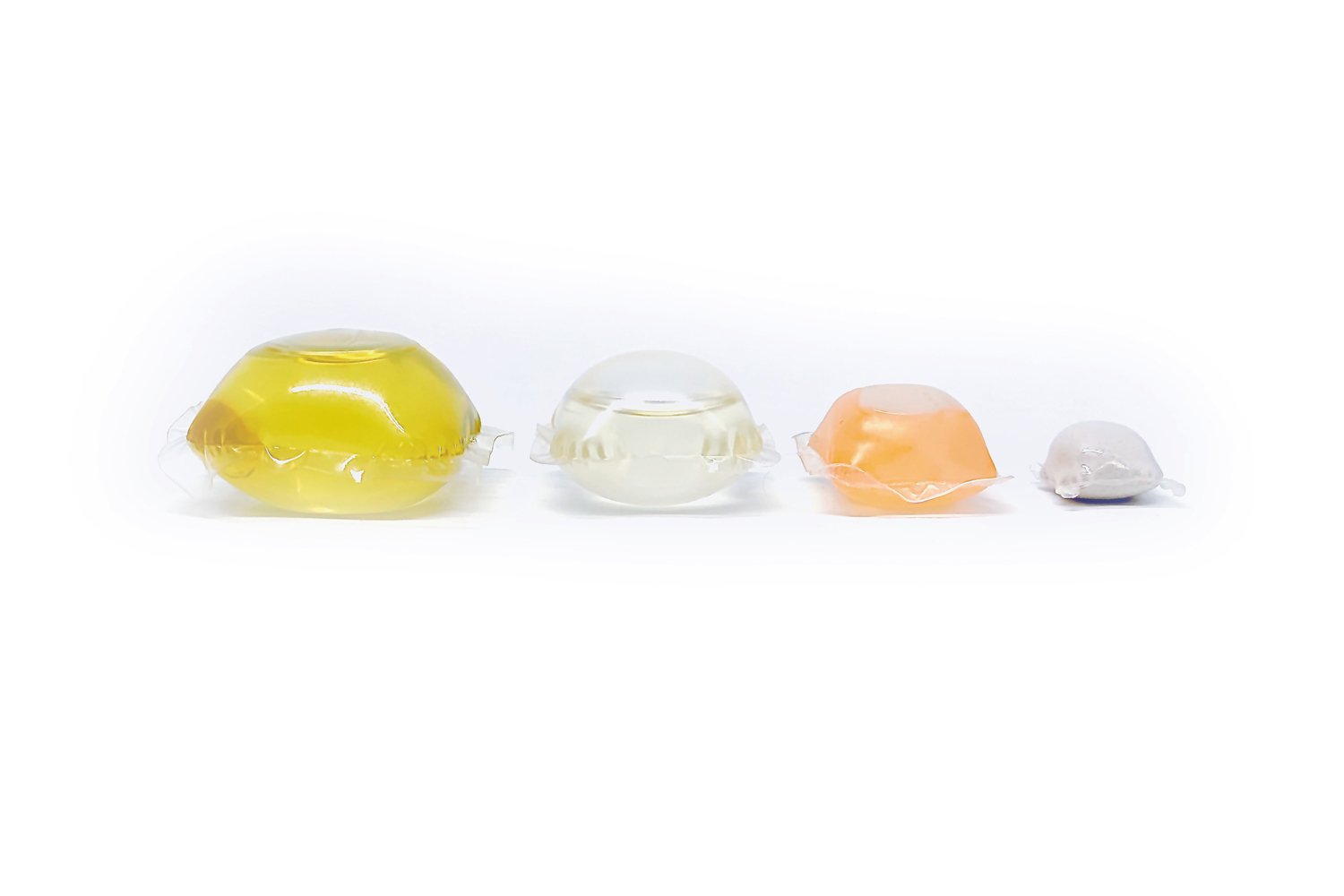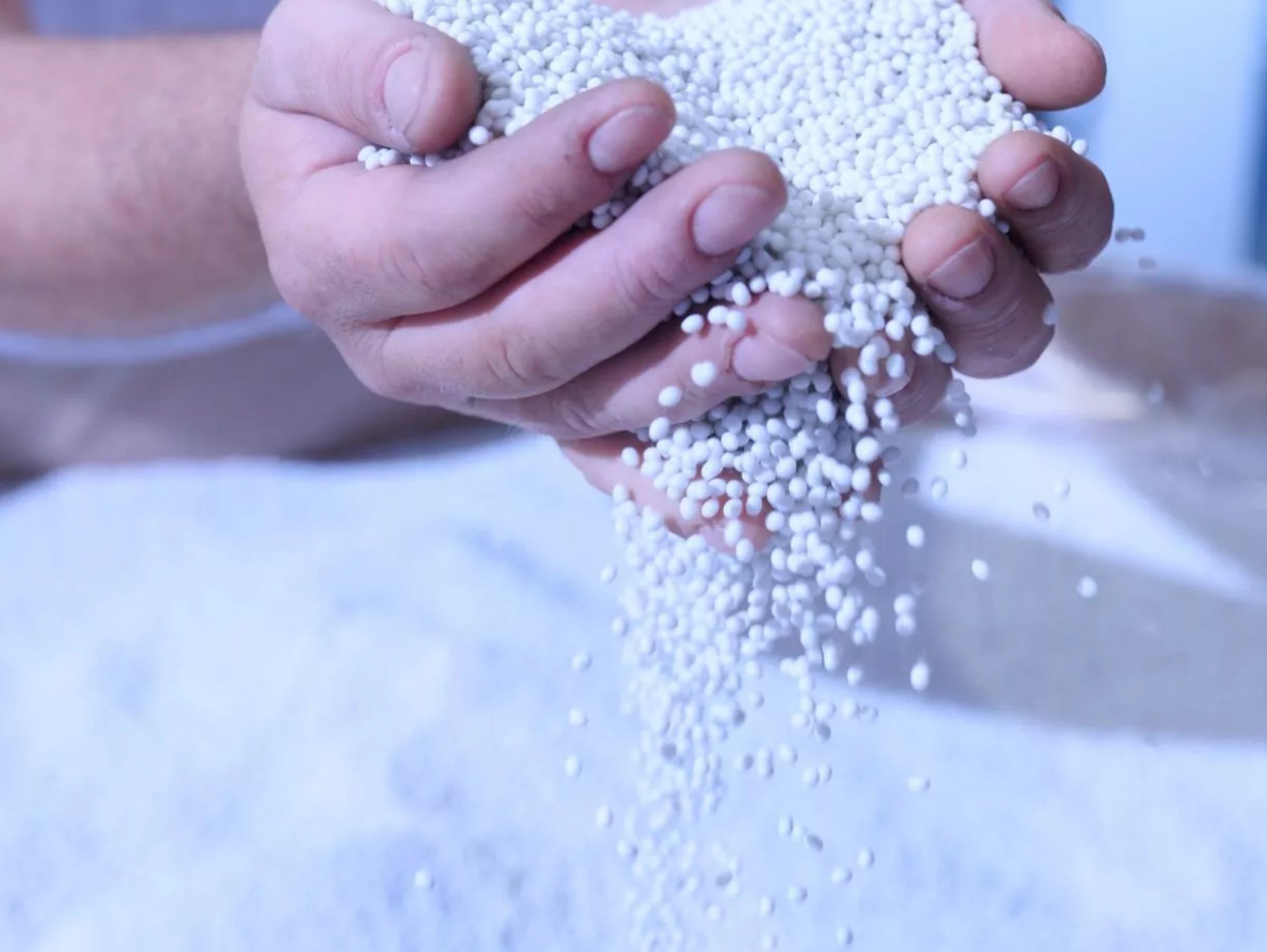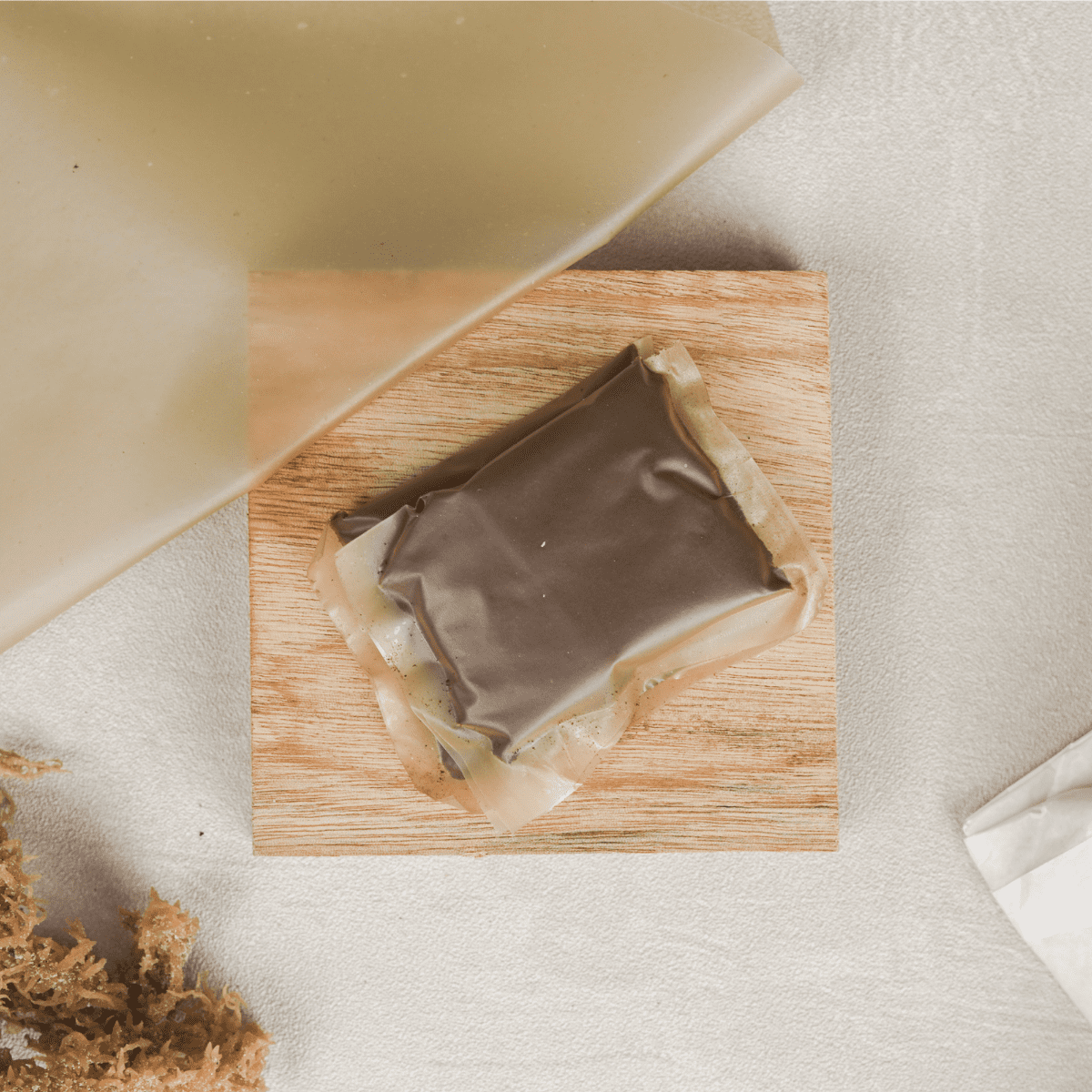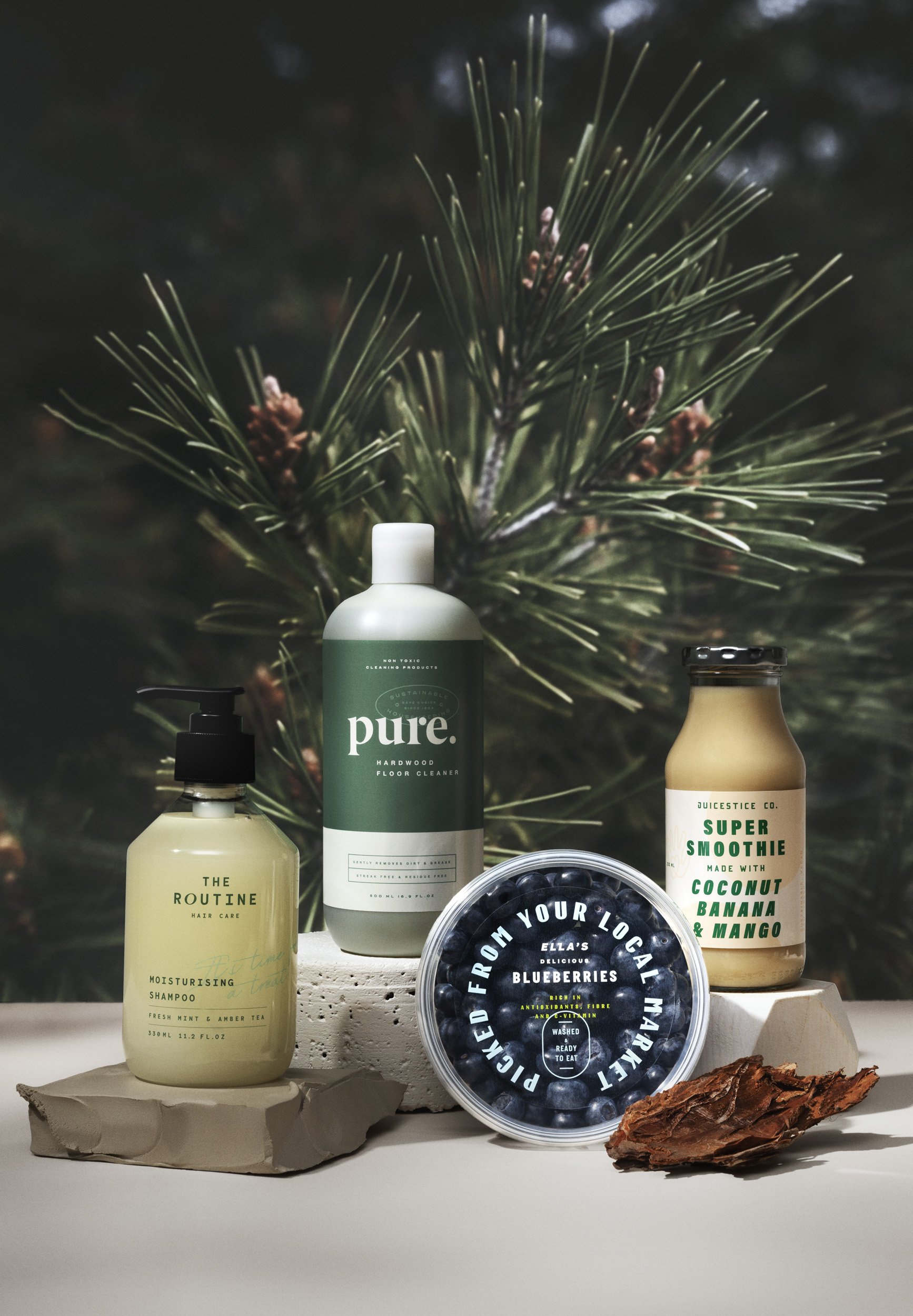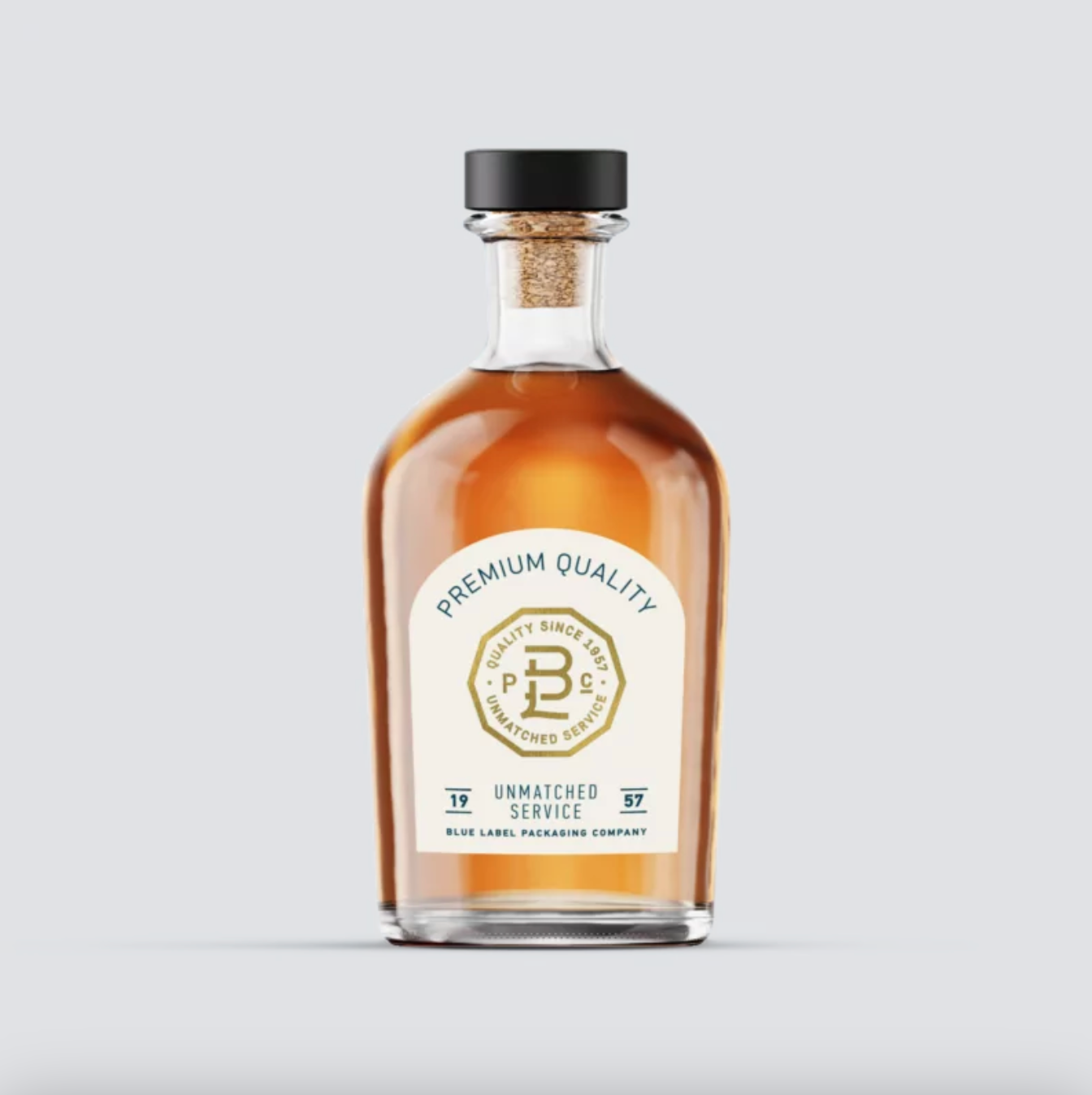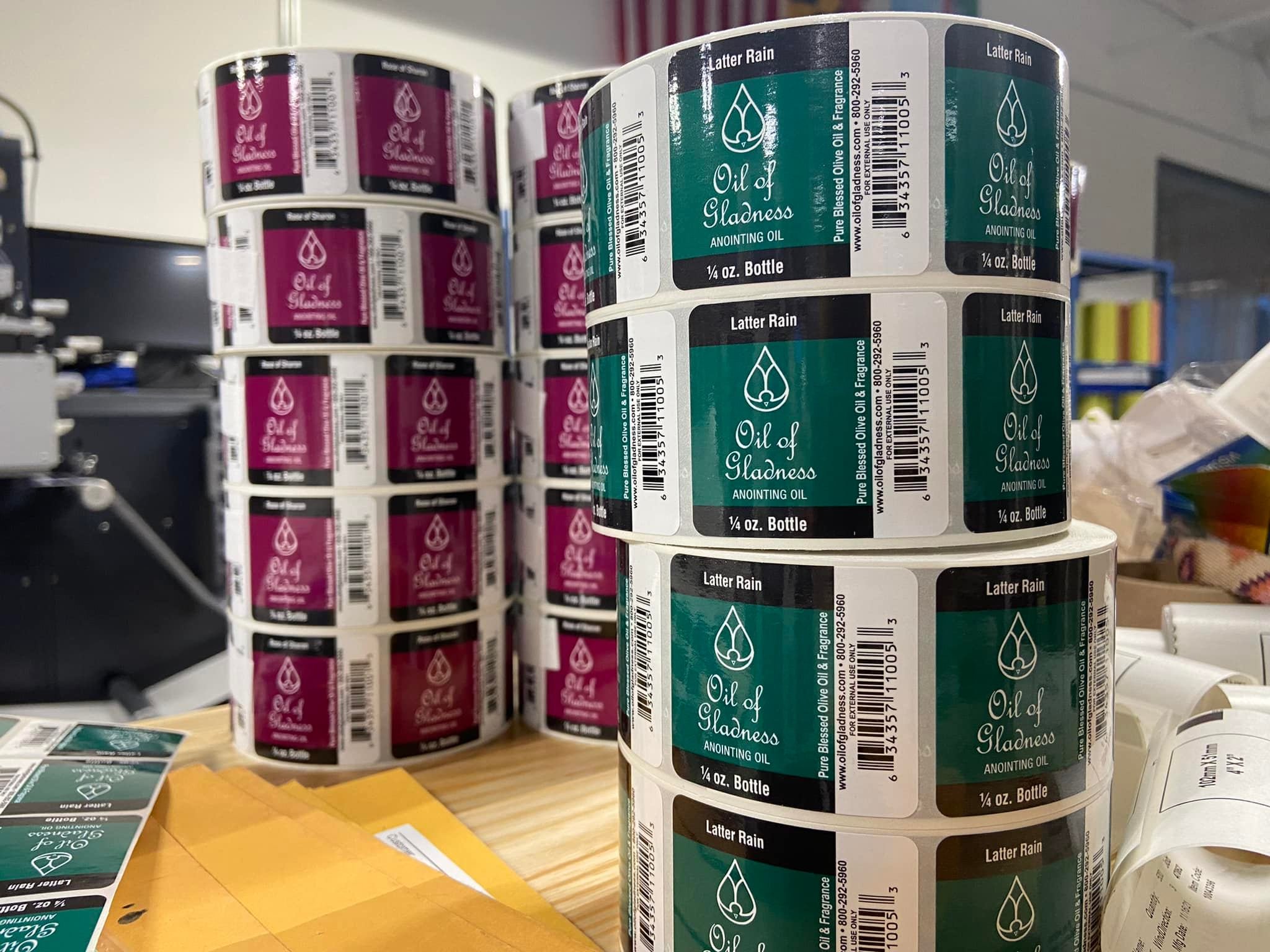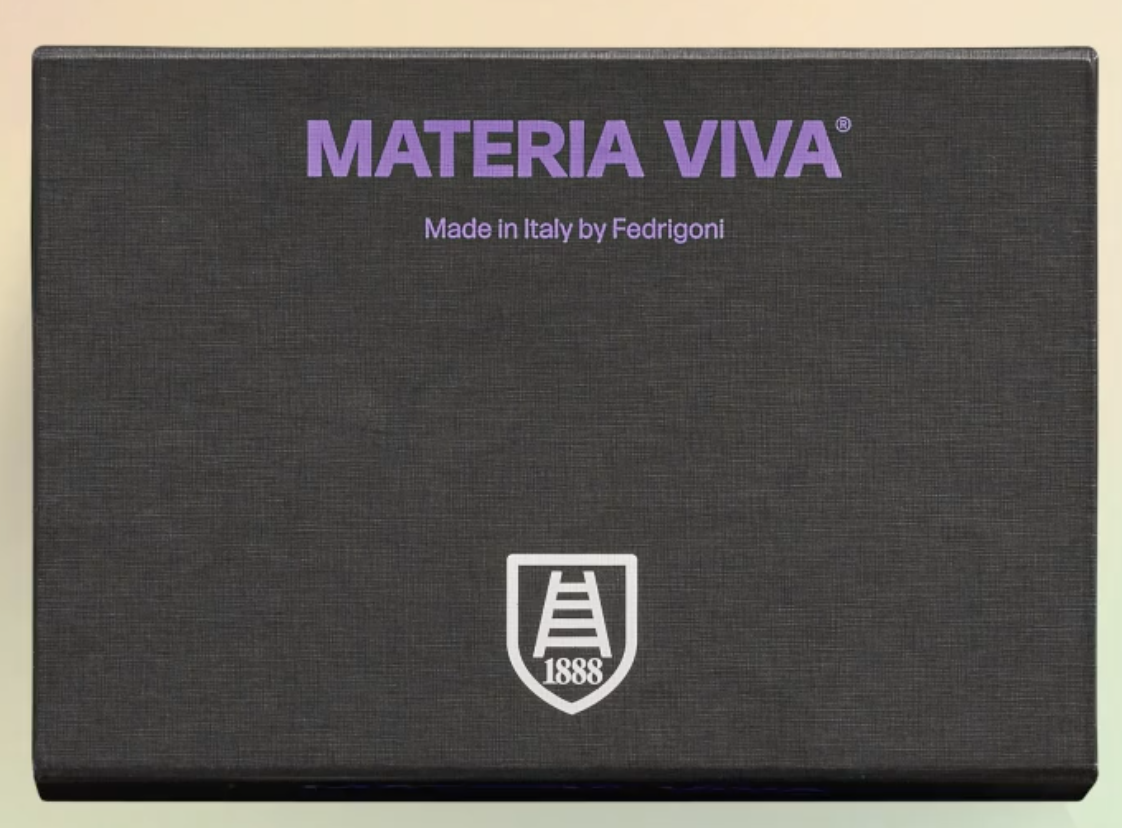Ecology Pkg
Ecology Packaging
🏭 us (Wisconsin)
What we like about Ecology Packaging: High quality printing and great customer service. Their Eco-Naturals mailer is made from 100% recycled paper and it’s cost competitive.

Paper Mailers
With options for gussets and fiberglass thread reinforcements (Dura-bags line) and 100% recycled content (Eco-naturals line).
-
Kraft mailers have the feel of butcher paper, but the paper is typically thicker while still being flexible.
On the kraft mailers lined with fiberglass threads, the threading is visible giving the mailer a somewhat wrinkled look. The threading adds extra strength and theft resistance.
-
Paper is made from plants — a renewable resource. Most paper is made from trees. Trees sequester carbon, which is ultimately released back into the air at the paper's end of life when it biodegrades or is composted or incinerated.
Paper is lightweight in shipping and can be engineered for structural stability with flat pack shipping.
For more transparent sourcing, suppliers may source paper that has an FSC certification. The paper and forest industry created FSC certifications to set standards like stricter restrictions on clear cuts and pesticide use.
-
The best afterlife for most paper products — from collateral to boxes — is recycling. Most paper fibers can be recycled more than five times. Paper with tape or stickers can still be recycled, because non-paper materials are sifted out in the recycling process.
Fiberglass threads do not inhibit recycling. They’ll be sifted out in the recycling process.
-
Printed designs will match the finish of the paper. For a shiny finish, you’ll need to inquire about added coatings. Coatings may also be necessary if your packaging needs extra water resistance.
Often, paper mailers are post-printed, meaning they’re printed after they’re assembled. This means that printing is often restricted from going edge-to-edge. That seems to be the case for Ecology Packaging, but they may be able to pre-print at higher volumes.

Corrugated Boxes
Made by Ecology’s partner manufacturers around the US. Options for RSC or Die0cut boxes. All custom, no stock.
-
Corrugated boxes are made from corrugated board. Corrugation (the middle, fluted layer of paper) can be various sizes — these are called flute gauges.
Flute gauge and the quality of the liner papers are what determine the look and feel of the final corrugated board. Thinner flutes can make board appear smoother, while thicker flutes can make the board appear more wavy. Talk to your supplier about your aesthetic and performance requirements and they can help you pick the best material for your box.
-
Paper is made from plants — a renewable resource. Most paper is made from trees. Trees sequester carbon, which is ultimately released back into the air at the paper's end of life when it biodegrades or is composted or incinerated.
Paper is lightweight in shipping and can be engineered for structural stability with flat pack shipping.
For more transparent sourcing, suppliers may source paper that has an FSC certification. The paper and forest industry created FSC certifications to set standards like stricter restrictions on clear cuts and pesticide use.
-
The best afterlife for most paper products — from collateral to boxes — is recycling. Most paper fibers can be recycled more than five times. Paper with tape or stickers can still be recycled, because non-paper materials are sifted out in the recycling process.
-
Printed designs will match the finish of the paper. For a shiny finish, you’ll need to inquire about added coatings. Coatings may also be necessary if your packaging needs extra water resistance.

Tissue Paper
Made by Ecology’s partner manufacturer. 76 color options and 75 stock prints. Most printed with water-based ink.
-
Tissue paper is thin and printable. It’s used as void fill or for wrapping.
-
Paper is made from plants — a renewable resource. Most paper is made from trees. Trees sequester carbon, which is ultimately released back into the air at the paper's end of life when it biodegrades or is composted or incinerated.
Ecology Packaging’s tissue paper partner uses “nearly 100% post-industrial, recycled raw materials.”
Around 35% of the electricity that they use is from hydroelectric sources.
-
The best afterlife for most paper products — from collateral to boxes — is recycling.
Paper products made of shorter fibers like tissue paper may be best suited for composting because the fibers will be sifted out in recycling. But it's ok if they end of up in the recycling bin.
-
Printed designs will match the finish of the paper. Ecology’s partner can print custom designs, with print drawdowns included.
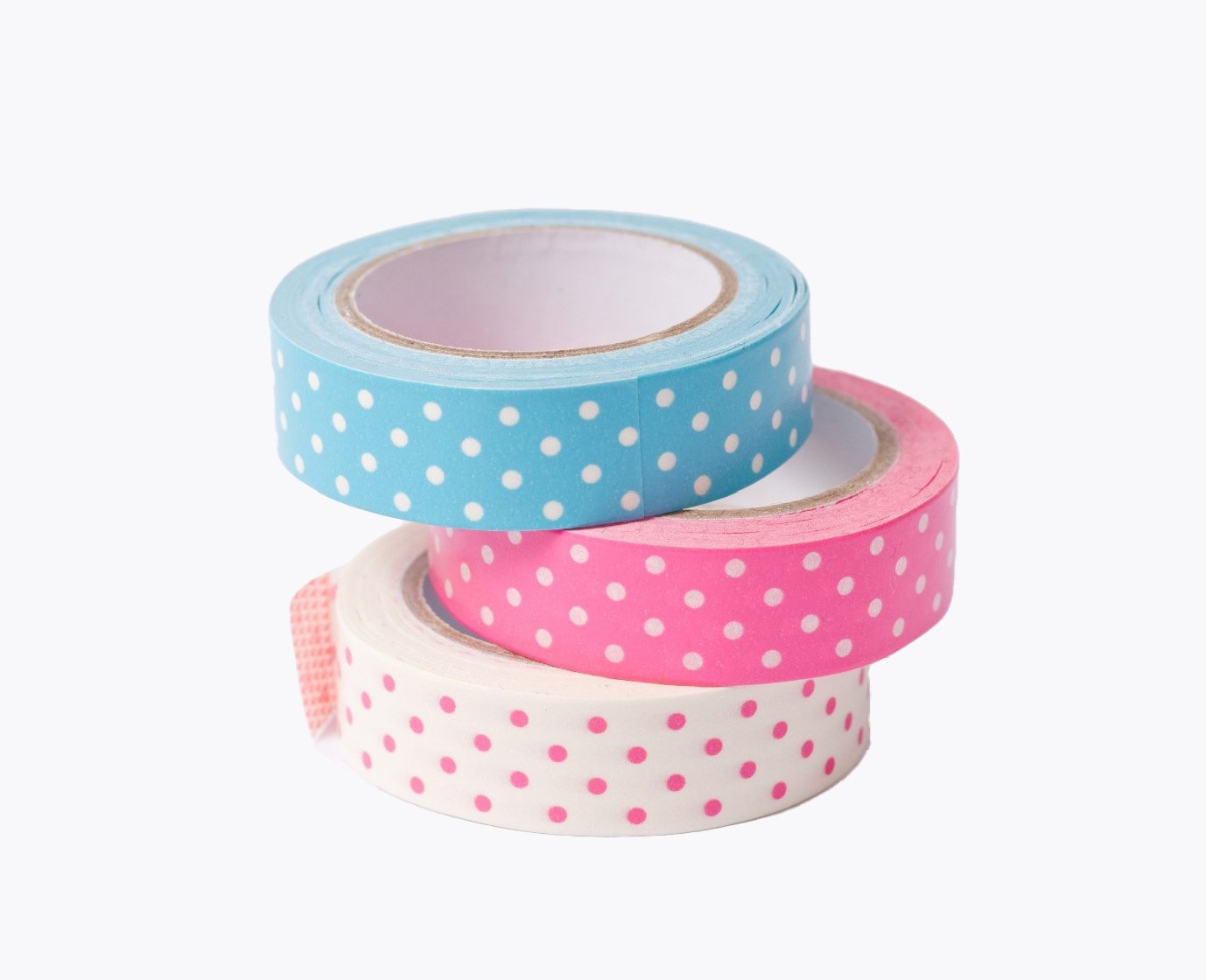
Tape (Paper or Plastic)
Paper or plastic tape, with options that are reinforced with fiberglass or water-activated. Made by Ecology’s manufacturing partner on the east coast of the US.
-
Each tape that Ecology carries has options for stock color and print. Custom orders are also an option.
Gummed tape: Flexible kraft paper lined with an adhesive. Often, it’s water-activated meaning it’s not sticky until it’s wet — usually with a gummed tape machine.
Masking tape: Paper tape with a slight texture. Low grade stick, often restickable. Easy to rip.
Poly tape: Clear or opaque.
-
When compared to the primary packaging container, the impact of tape isn’t as significant, but there are a couple key considerations.
Consider choosing tape that’s made from the same material as what you’re sticking it on. This will make increase the likelihood of recycling.
Use the least amount of tape that you can to properly seal up your package. Using less materials is an under utilized sustainability strategy.
-
Usually tape is disposed of on whatever surface it’s printed on.
Tape — be it paper or plastic— does not inhibit paper recycling. So if it’s stuck onto a box or paper mailer, any adhesive or plastic will be sifted out in the recycling process.
If tape is stuck onto plastic (like a poly mailer), it can only be recycled if it’s removed or if it’s made from the same type of plastic that it’s stuck to.
-
If you want repeating pattern printed on your tape, you may require a seamless plate. Send Ecology your desired design and they’ll let you know what’s possible.
Printed designs will take on the finish of the material they’re printed on. So printed paper tape designs will appear matte, while printed plastic tape designs will appear glossy. Designs printed on white will appear more vibrant than those printed on kraft.
Corrugated
US-based corrugated manufacturer with 100% recycled content Envirokraft line. Strongest TikTok game in the corrugated manufacturing world.
Corrugated manufacturer with options for a water and grease barrier that’s compatible with paper recycling.
US-based supplier carrying a good array of stock options and are capable of doing custom solutions.
Manufacturer of boxes and paper mailers that also specializes in high quality adhesive and labels.
Expansive catalog of stock and custom ecommerce packaging, from mailers and boxes to tape and labels.
Poly Bags & Films
Large offering of stock paper and plastic ecommerce solutions, with impressive PCR rates.
Biopolymer extracted from nature to take many forms: films, rigid containers, and more.
Selection of home compostable plastic mailers and bags. They also carry compostable tape and labels.
Trays & Inserts
Specializes in corn starch foam, a dissolvable, home-compostable alternative to plastic foam and insulation.
Paper Mailers
Large offering of stock paper and plastic ecommerce solutions, with impressive PCR rates.
Manufacturer of boxes and paper mailers that also specializes in high quality adhesive and labels.
Expansive catalog of stock and custom ecommerce packaging, from mailers and boxes to tape and labels.
Selection of home compostable plastic mailers and bags. They also carry compostable tape and labels.
Cushioning
Large offering of stock paper and plastic ecommerce solutions, with impressive PCR rates.
Specializes in corn starch foam, a dissolvable, home-compostable alternative to plastic foam and insulation.
Jars & Bottles
Industrially compostable bamboo bioplastic jars and bottles for personal care products.
Glass bottles and jars for food and beverage, made from an average of 60% recycled content.
Personal care packaging like bottles and tubes made from 100% post consumer recycled plastic, sugarcane, or aluminum.
Glass containers made from high percentages of recycled glass and ocean-bound plastic caps.
Glass manufacturer, specializing in cosmetics and perfume, with options for plastic closures.
Jars and bottles, with options for recycled content in addition to mono-material pouches.
Folding Cartons
Utah PaperBox is a folding carton and rigid packaging manufacturer based in Salt Lake City.
European manufacturer offering recyclable paper packaging with barrier protection against water and grease.
Folding cartons and collateral made from paper blend made from 50% hemp 50% recycled paper.
Specializing in paperboard boxes, folding cartons, and collateral, with options for 100% recycled paper.
Expansive catalog of stock and custom ecommerce packaging, from mailers and boxes to tape and labels.
Personal care packaging like bottles and tubes made from 100% post consumer recycled plastic, sugarcane, or aluminum.
Food Service
Large catalog of low minimum compostable options. Be wary of PLA with further research.
Inks & Coatings
Raw Materials
Industrially compostable bamboo bioplastic jars and bottles for personal care products.
European manufacturer offering recyclable paper packaging with barrier protection against water and grease.
Folding cartons and collateral made from paper blend made from 50% hemp 50% recycled paper.
Biopolymer extracted from nature to take many forms: films, rigid containers, and more.
Labels
High-performing self-adhesive paper and film products for an extensive set of end-uses, with a range of fossil fuel-free options.
Quality custom labels, shrink sleeves, and hang tags with fast turn around for a variety of industries.
Manufacturer of boxes and paper mailers that also specializes in high quality adhesive and labels.
Expansive catalog of stock and custom ecommerce packaging, from mailers and boxes to tape and labels.
Selection of home compostable plastic mailers and bags. They also carry compostable tape and labels.
Specialty Papers
European manufacturer offering recyclable paper packaging with barrier protection against water and grease.
Folding cartons and collateral made from paper blend made from 50% hemp 50% recycled paper.

